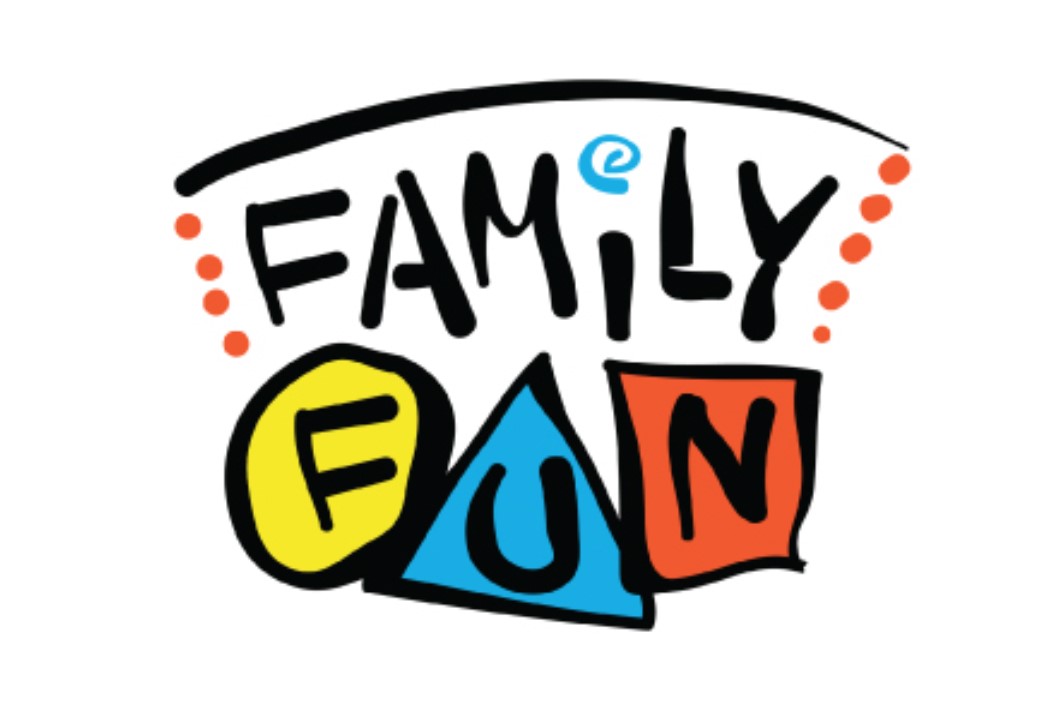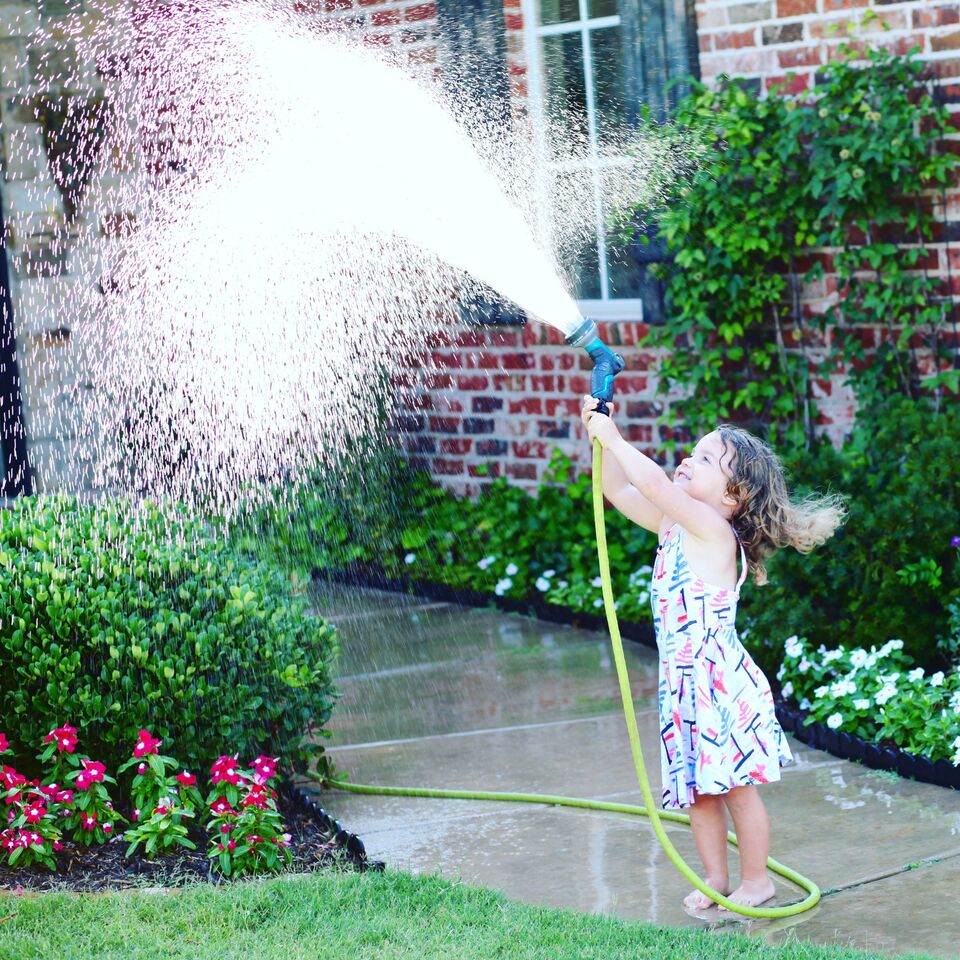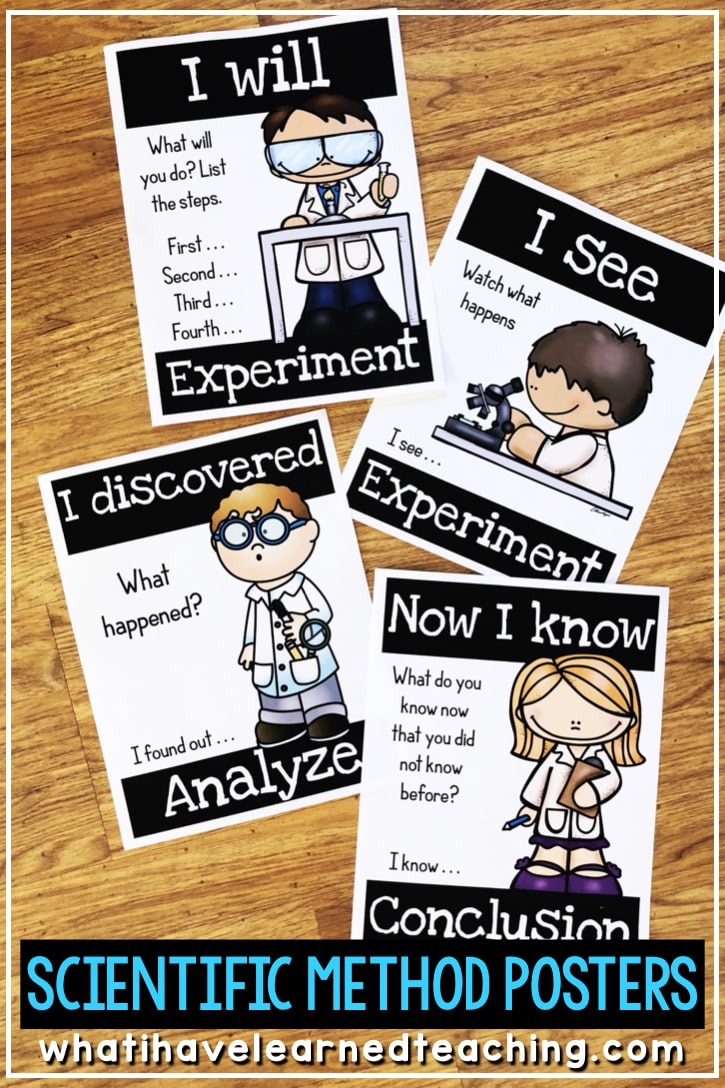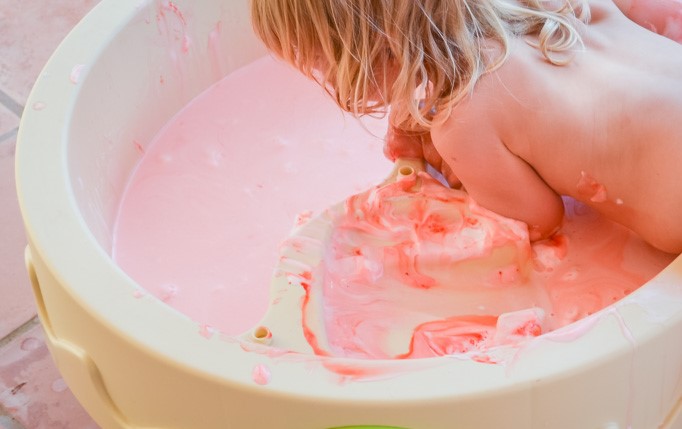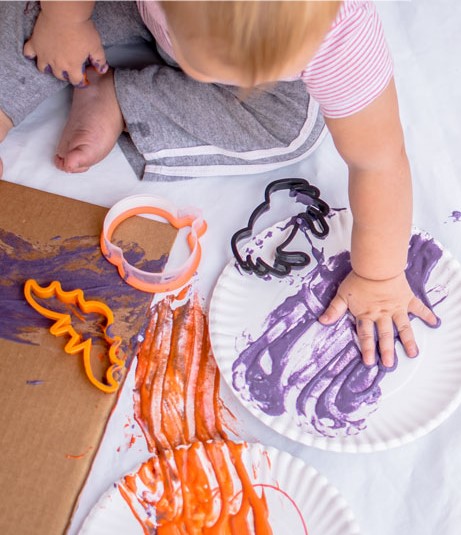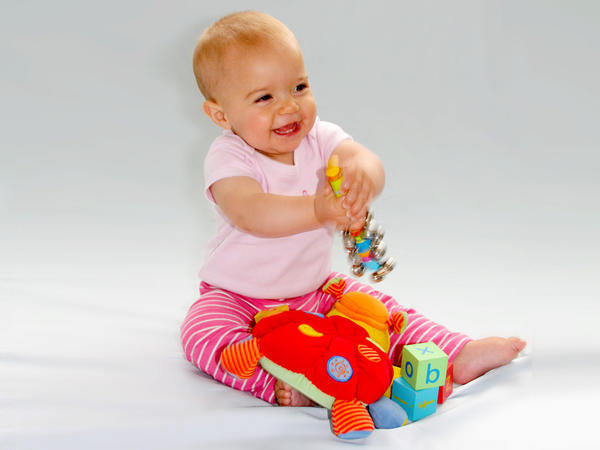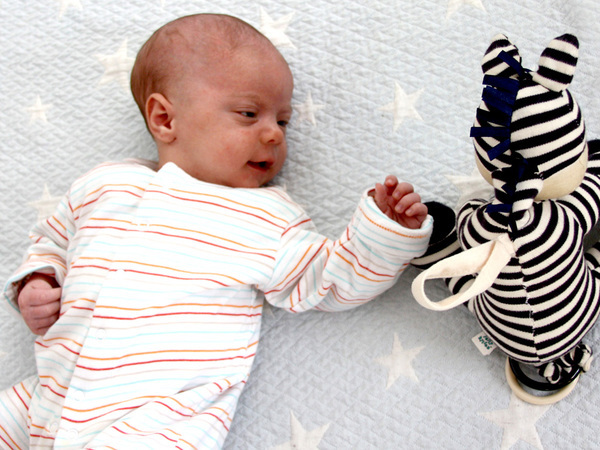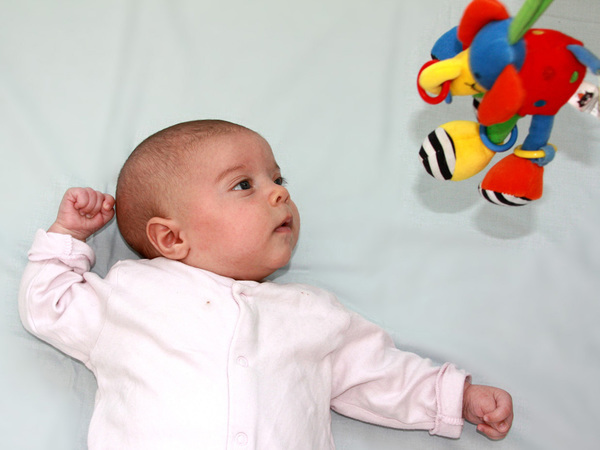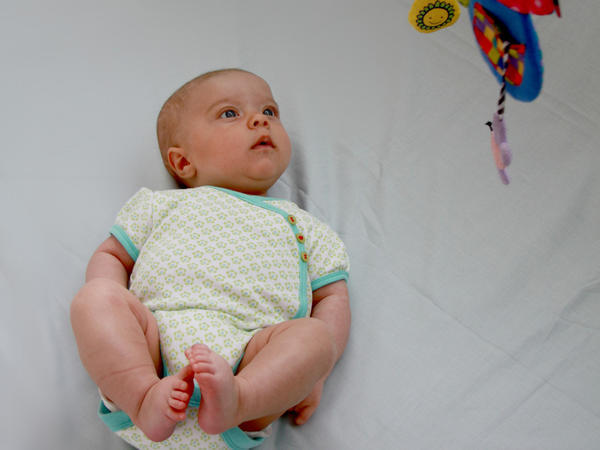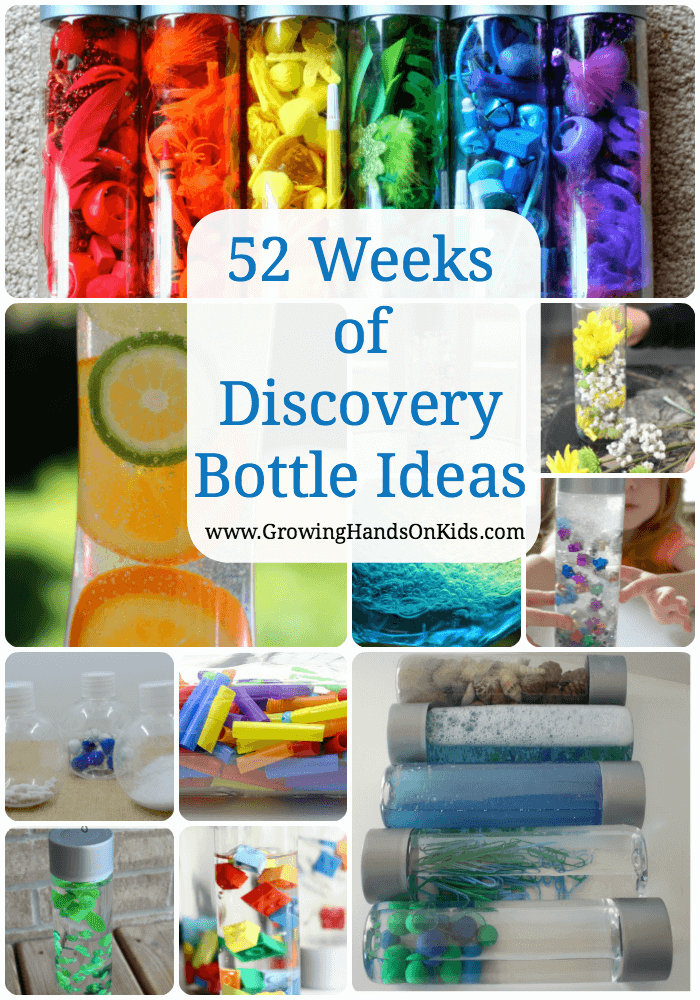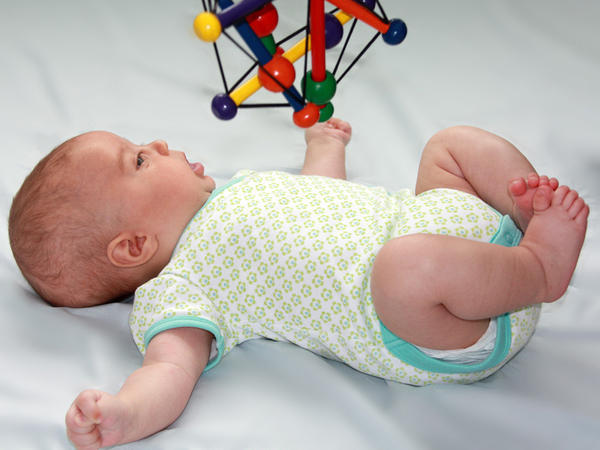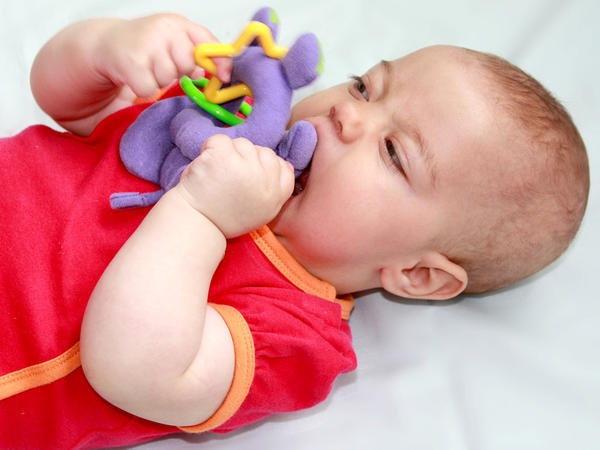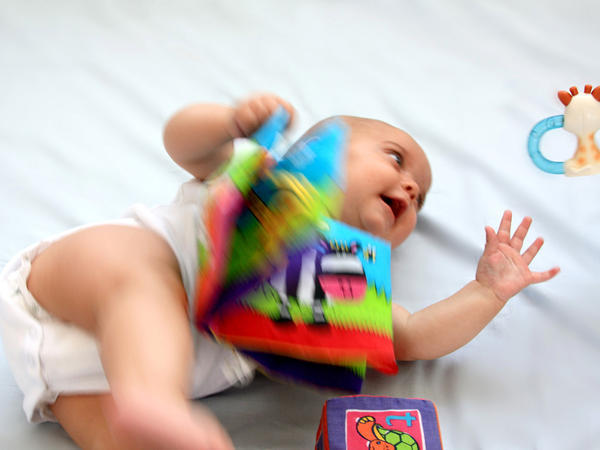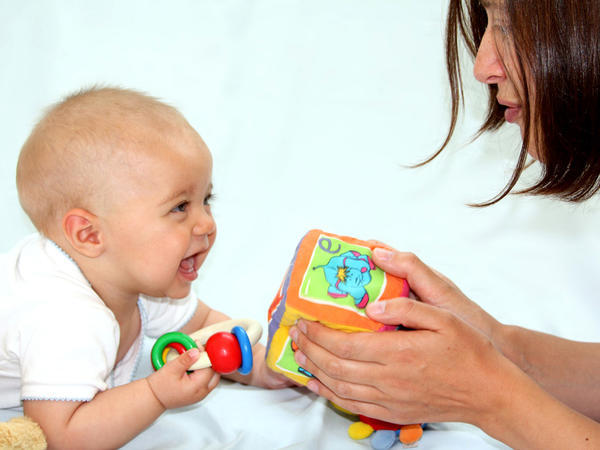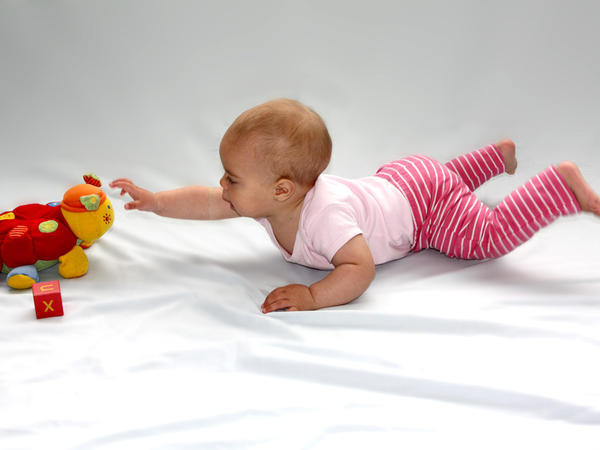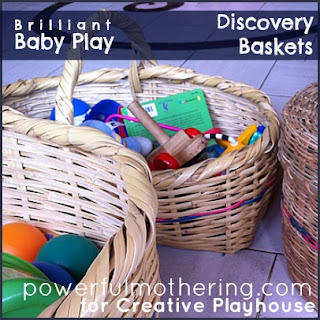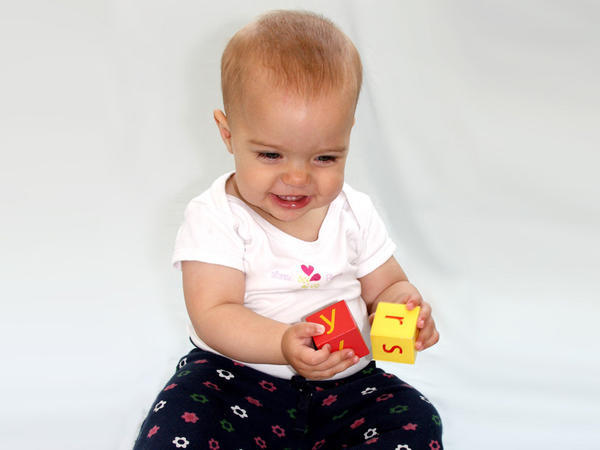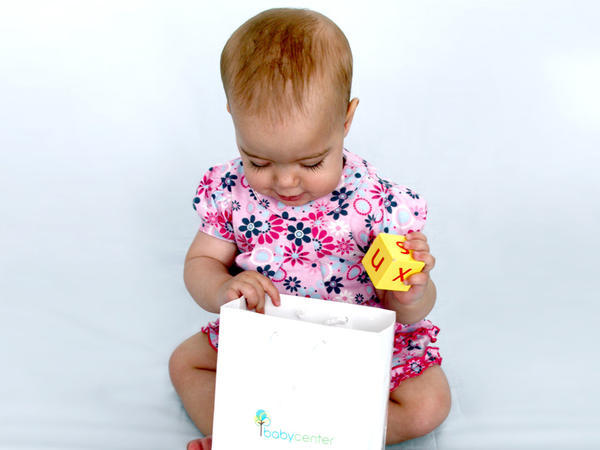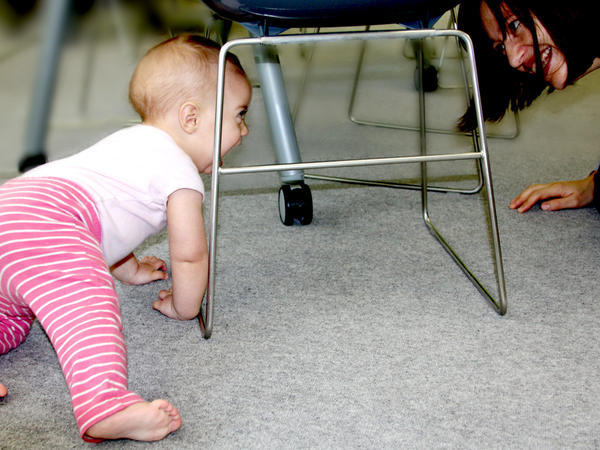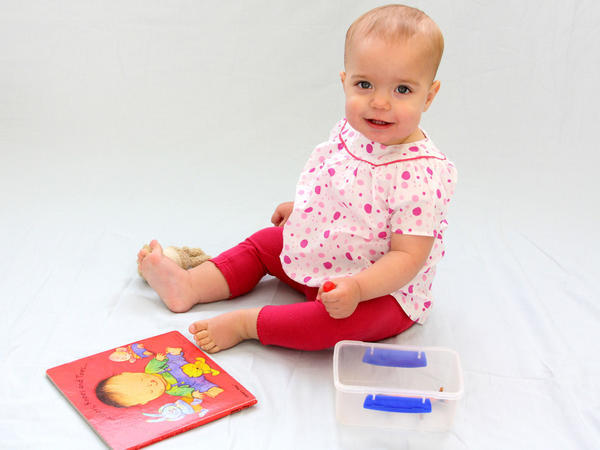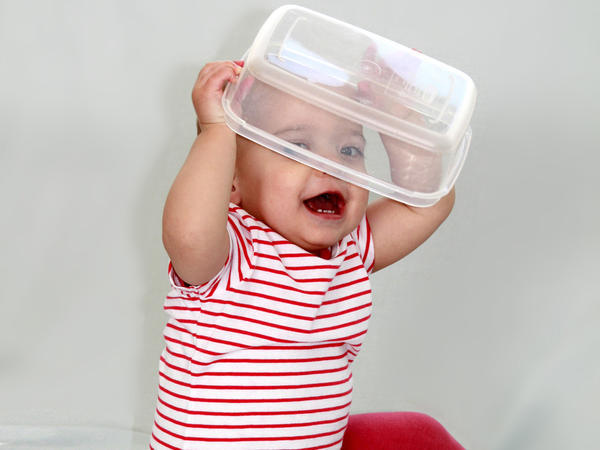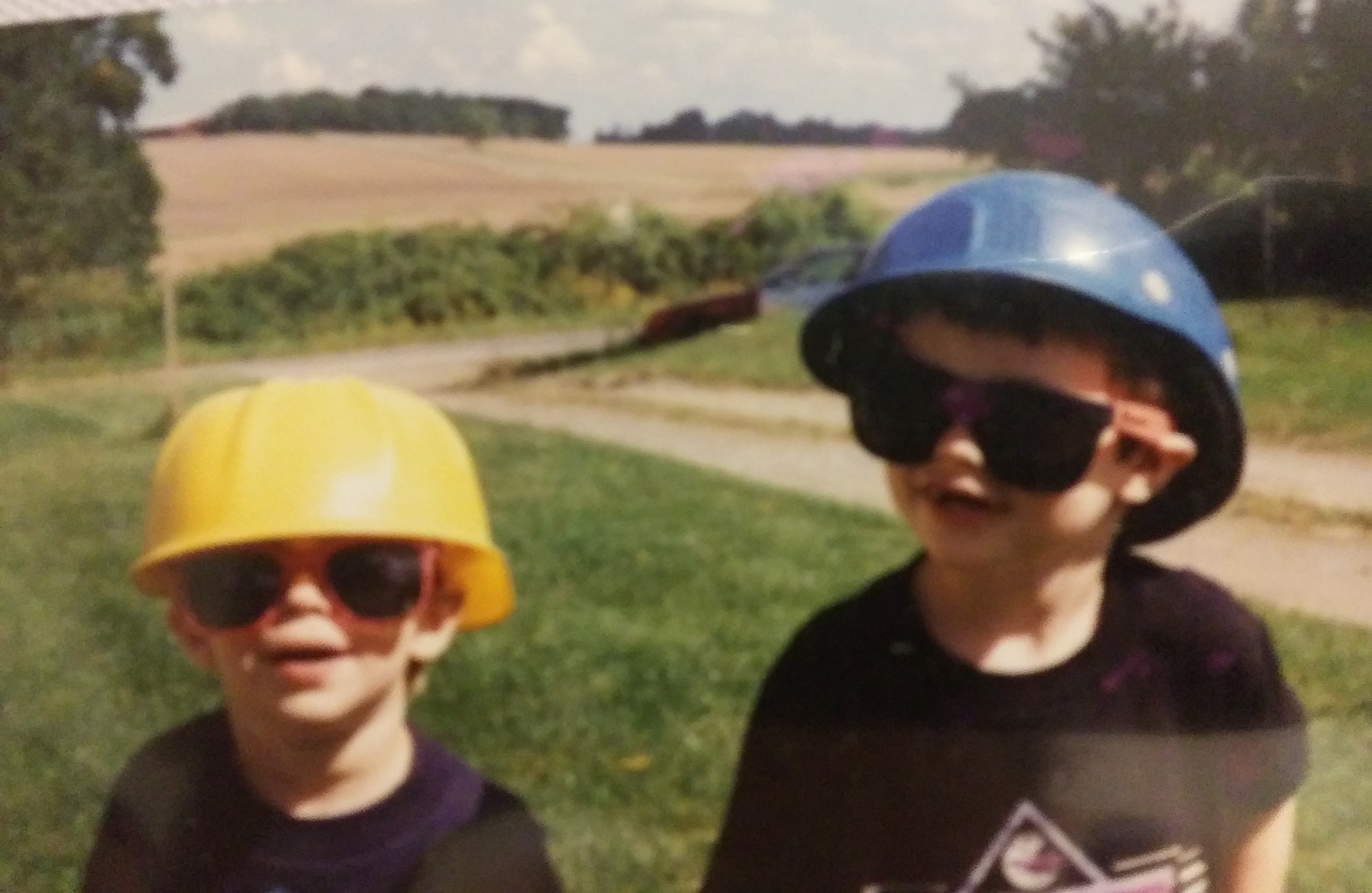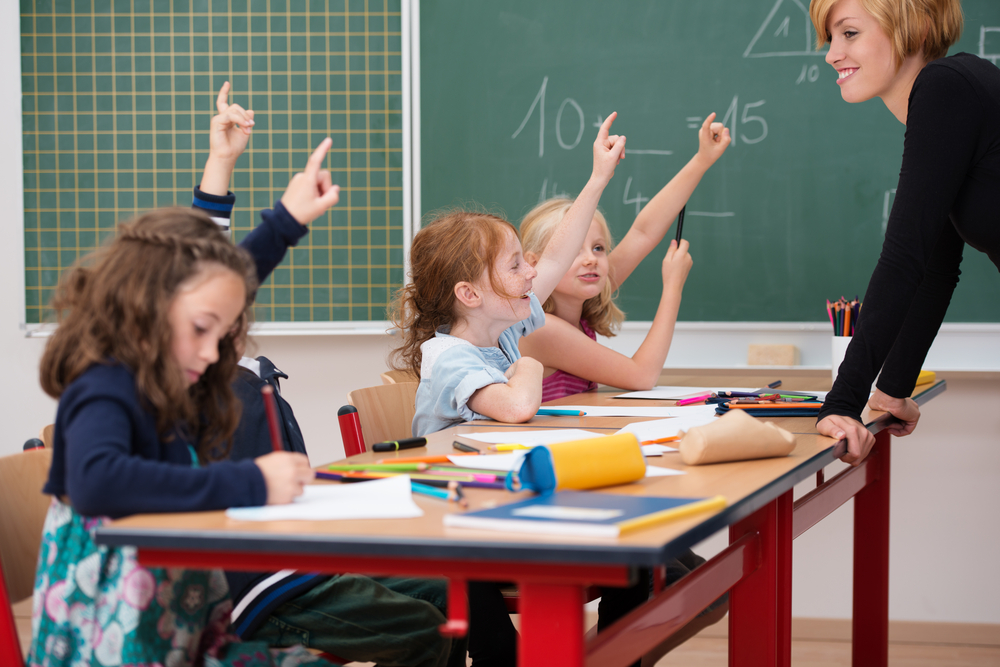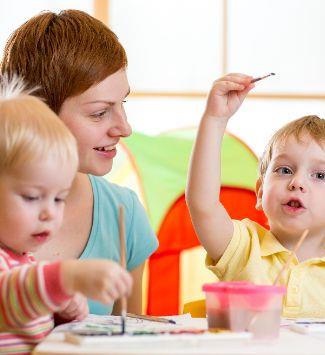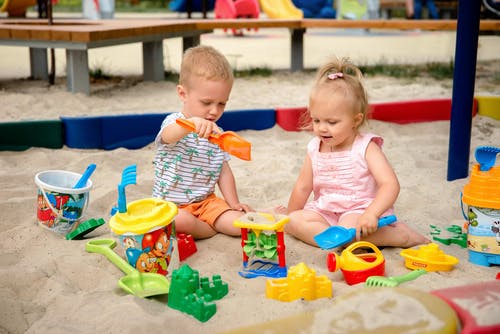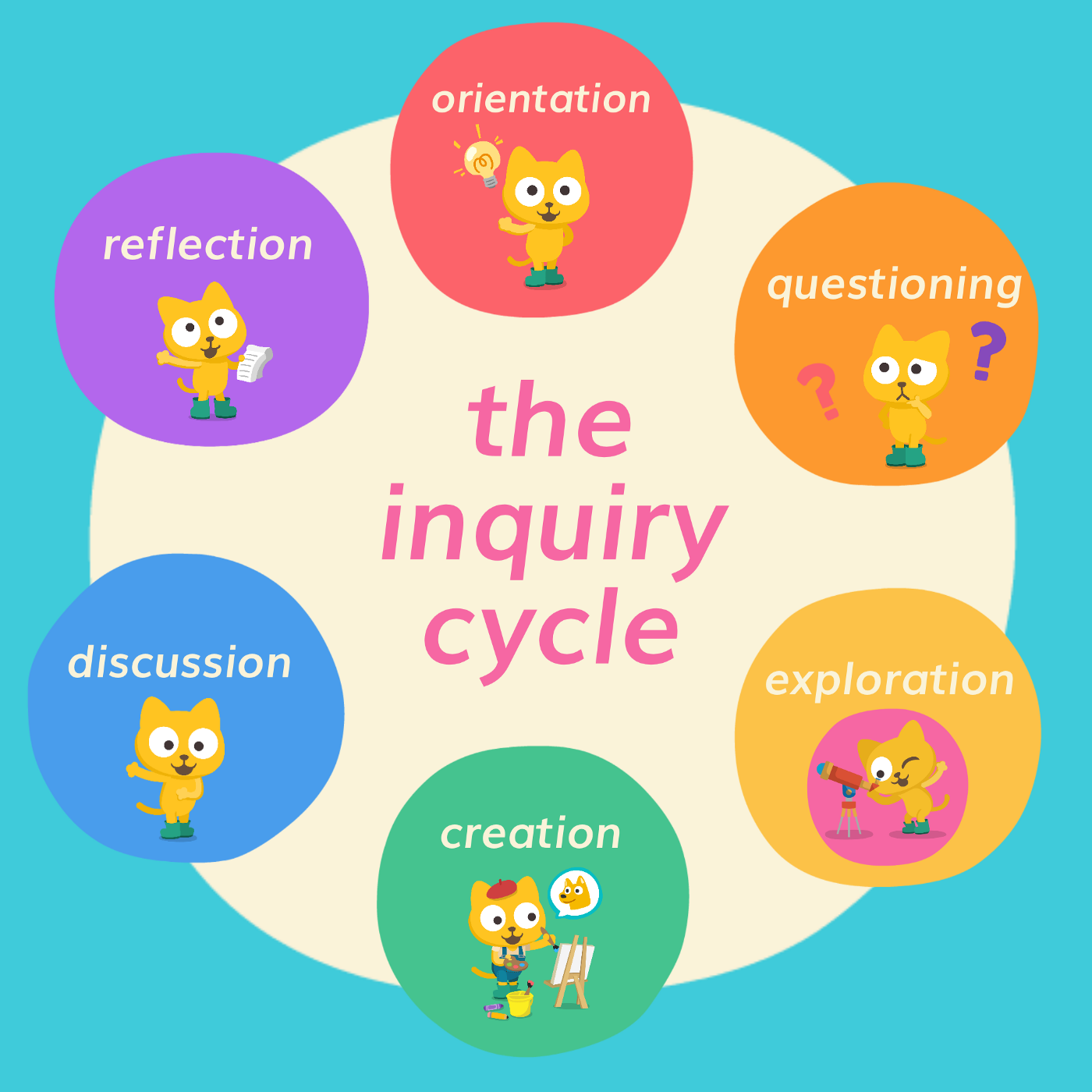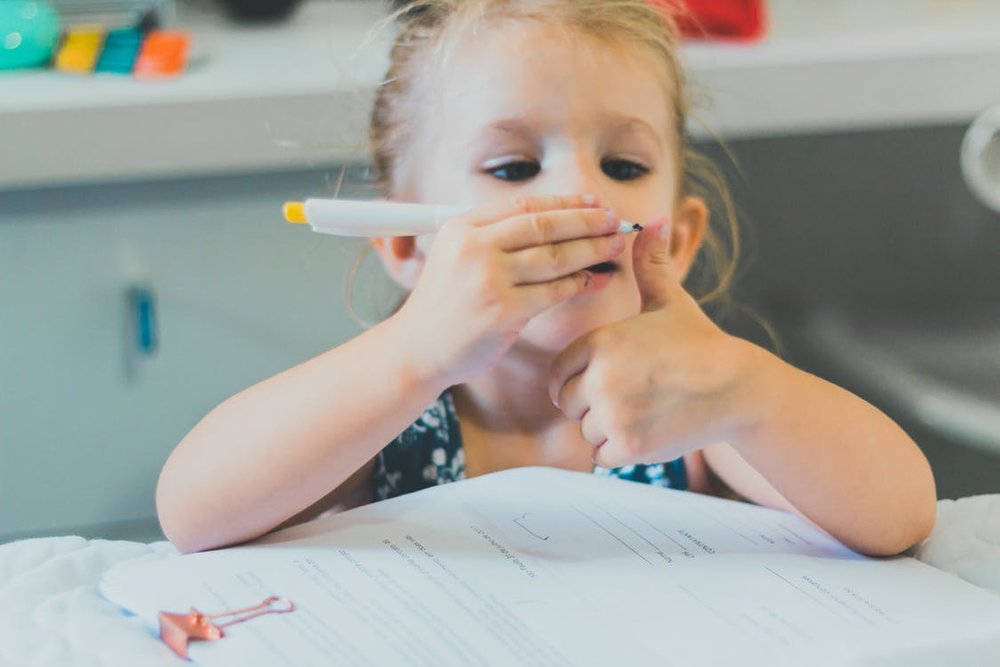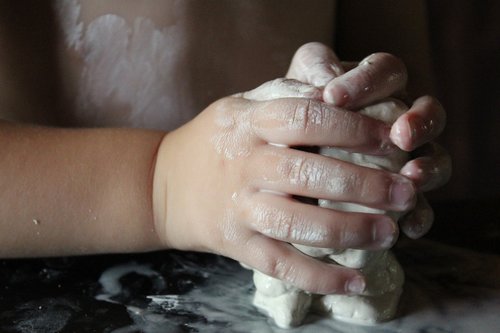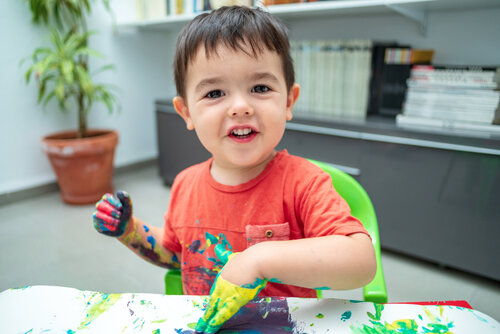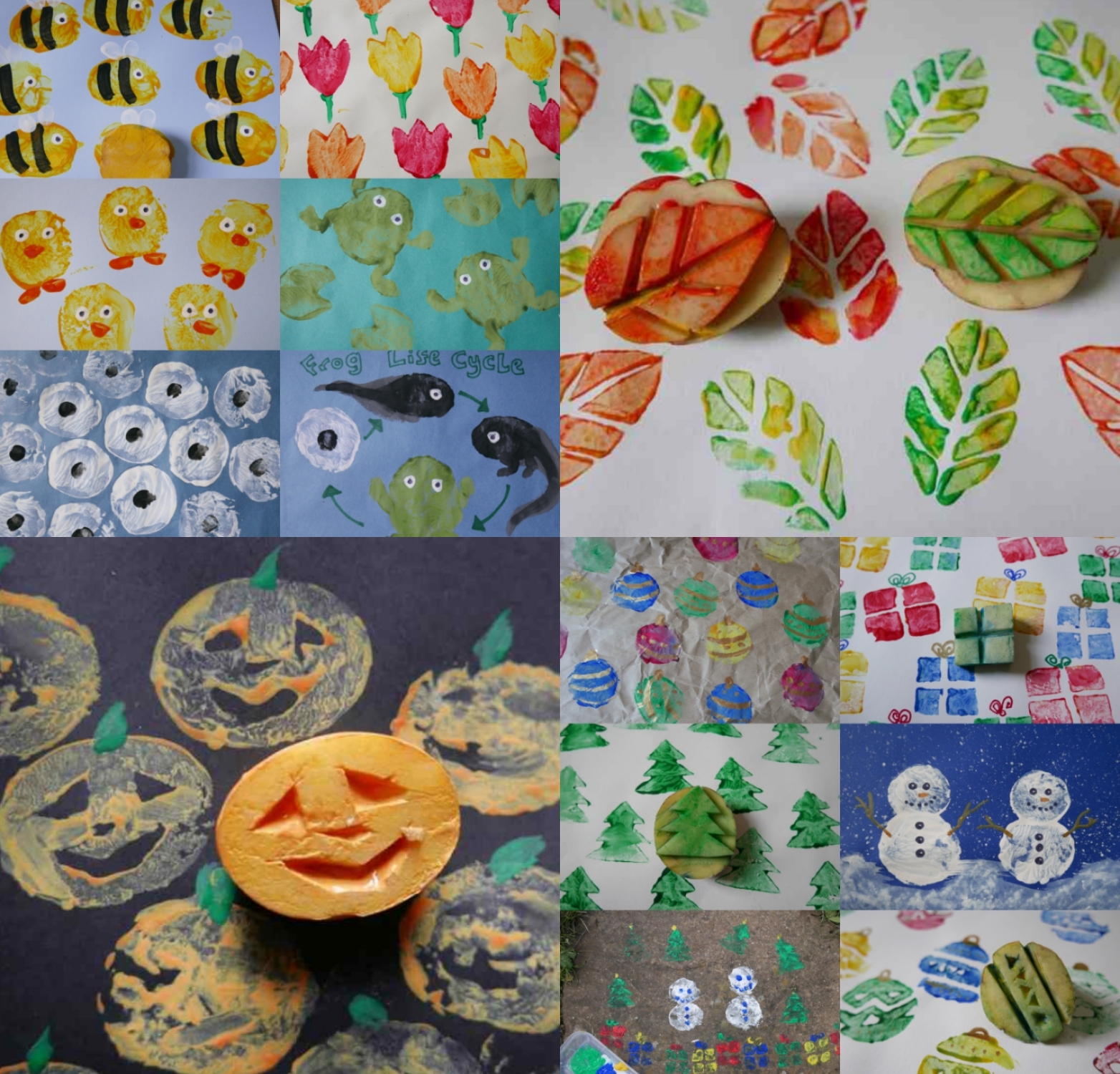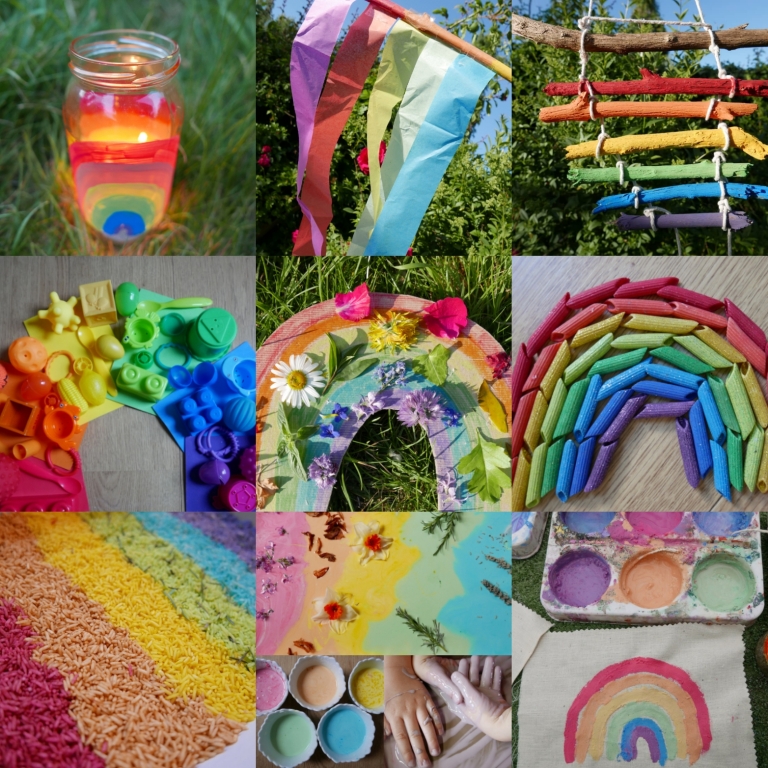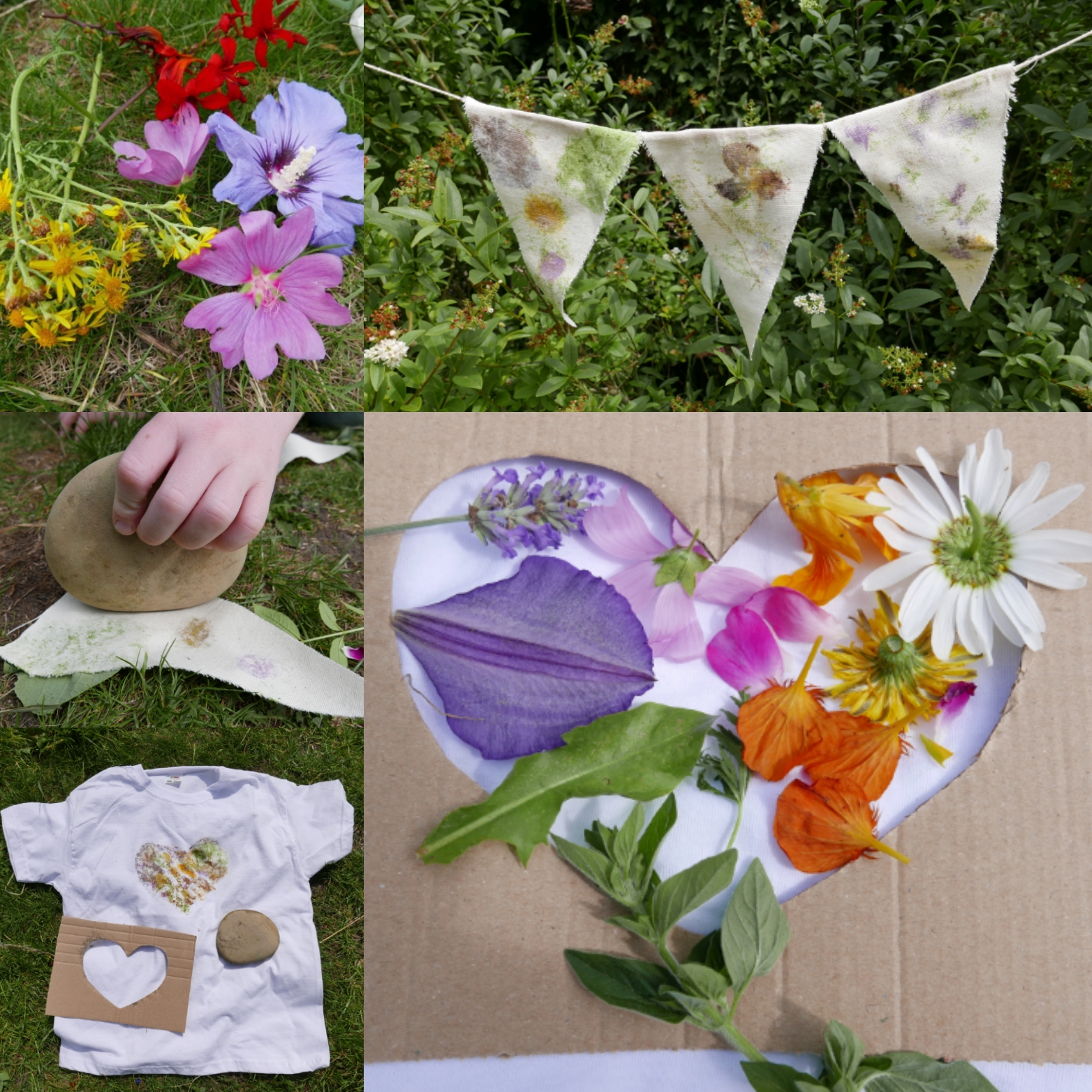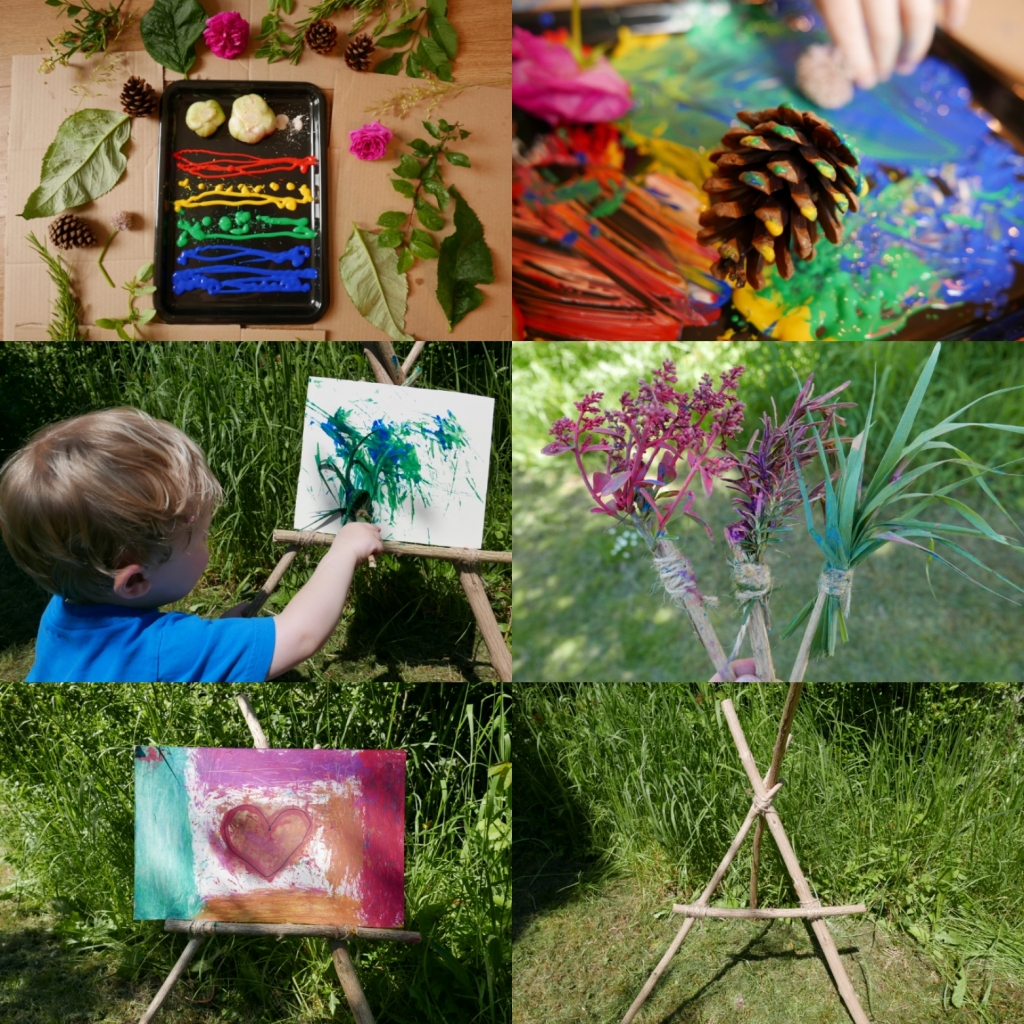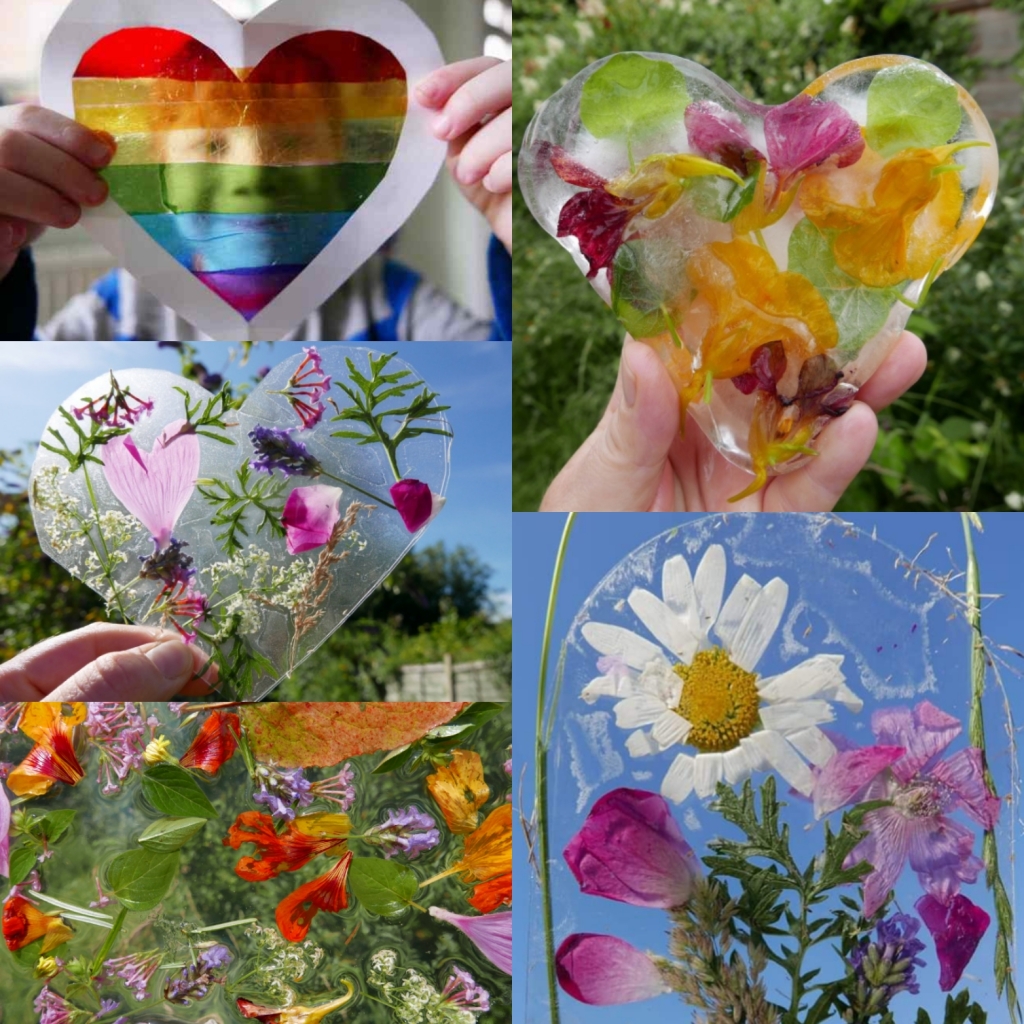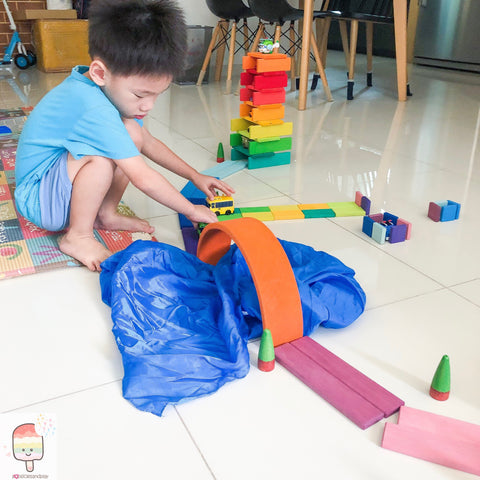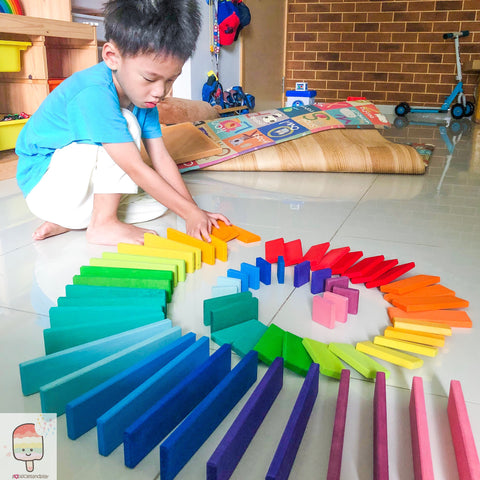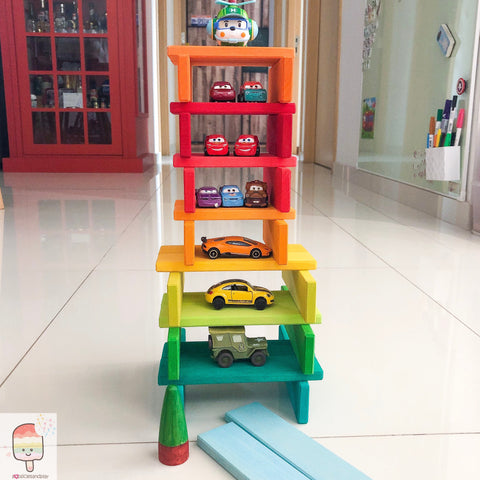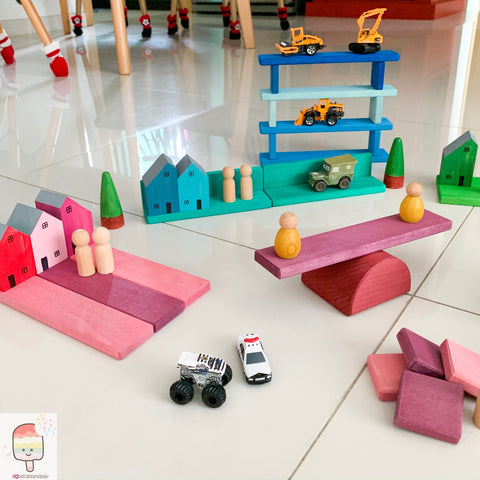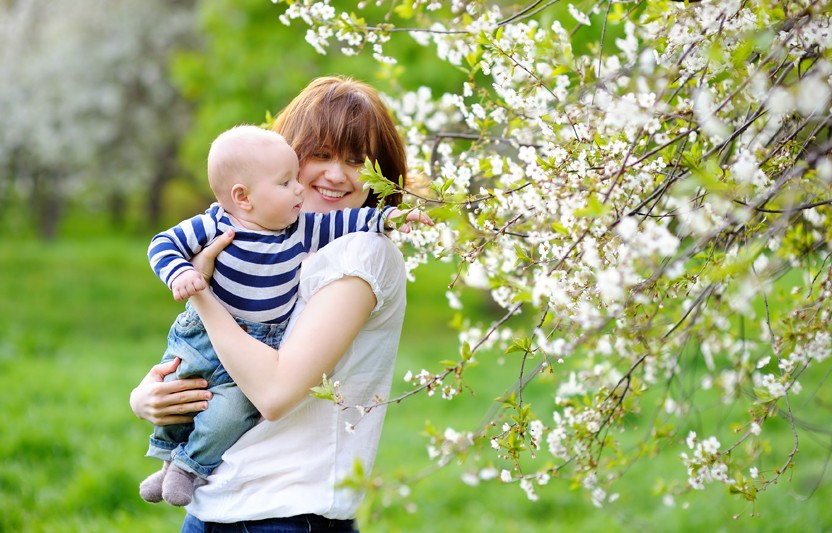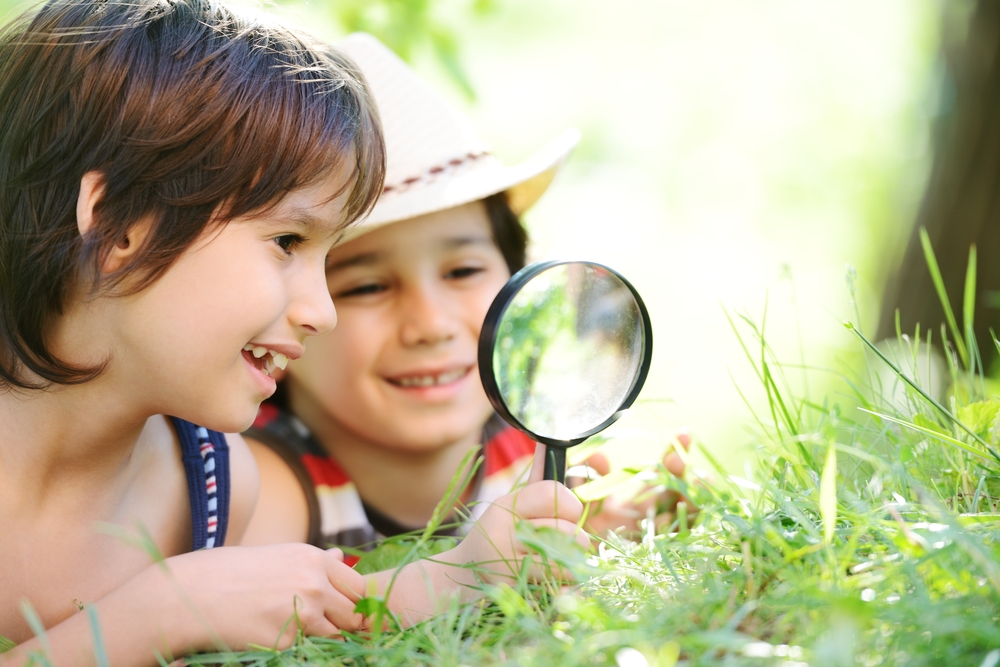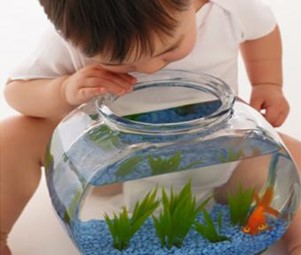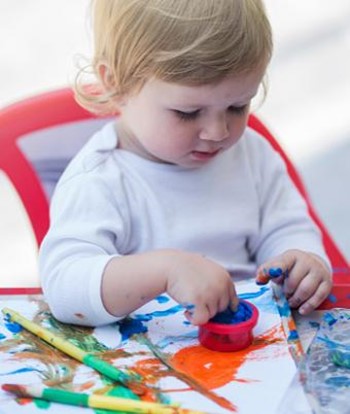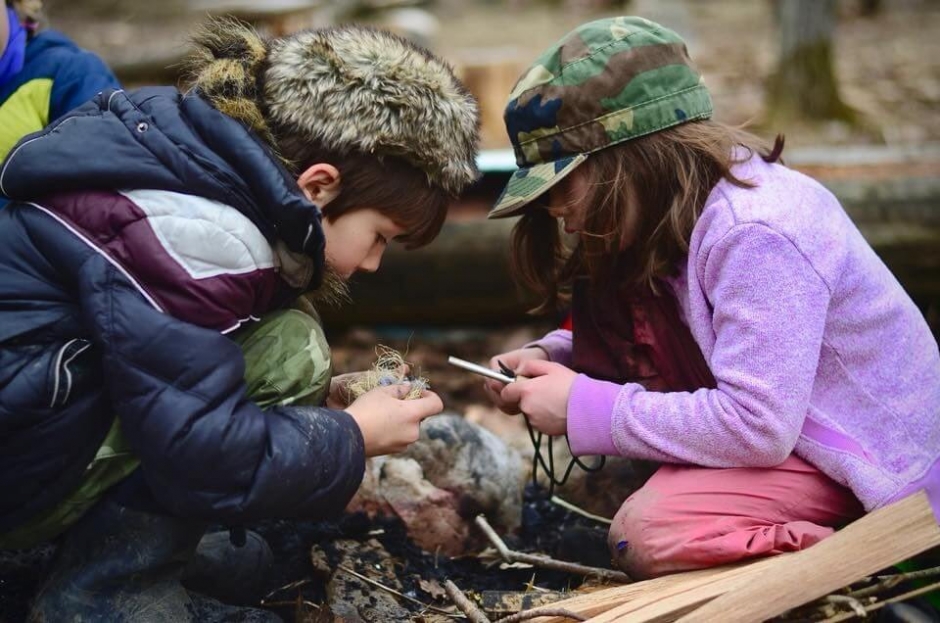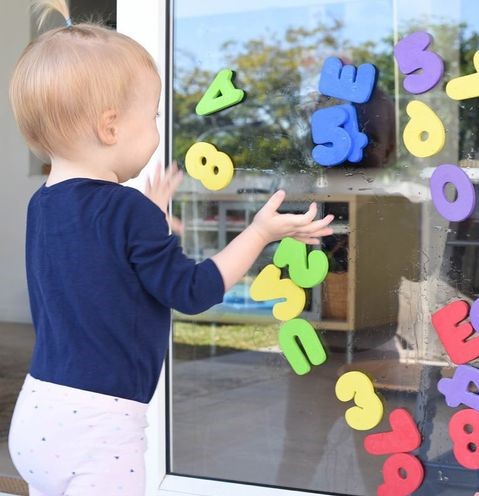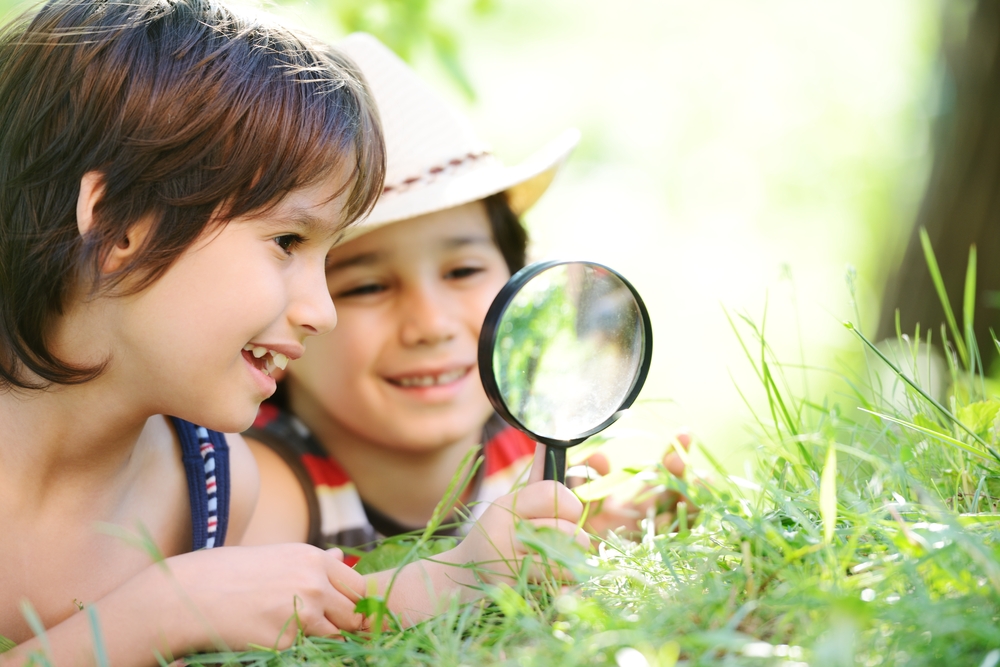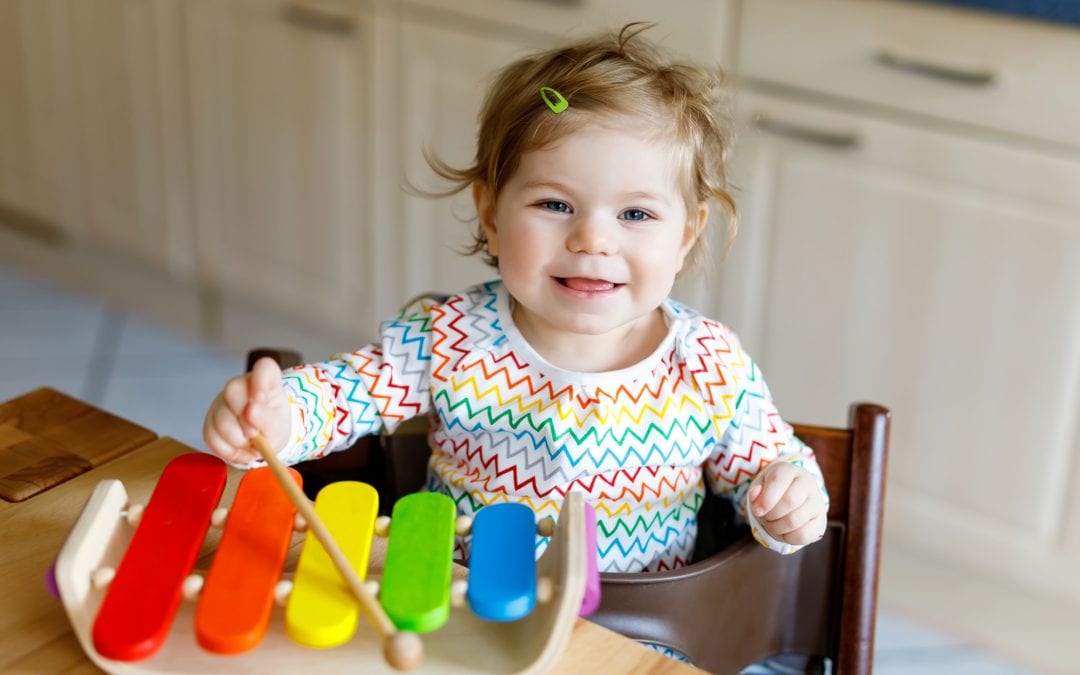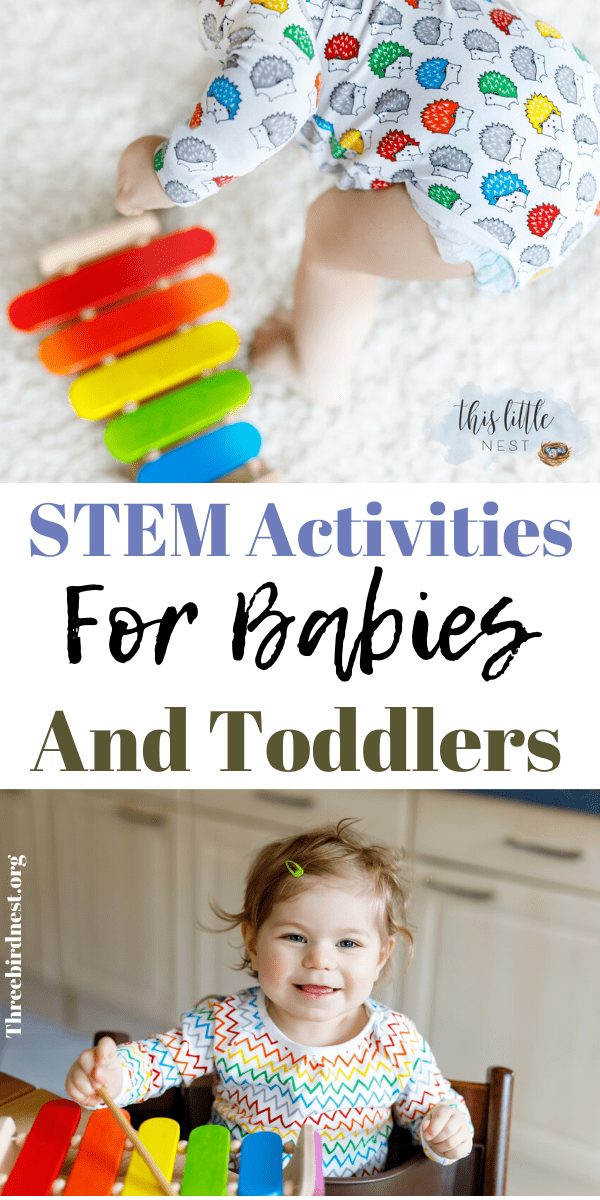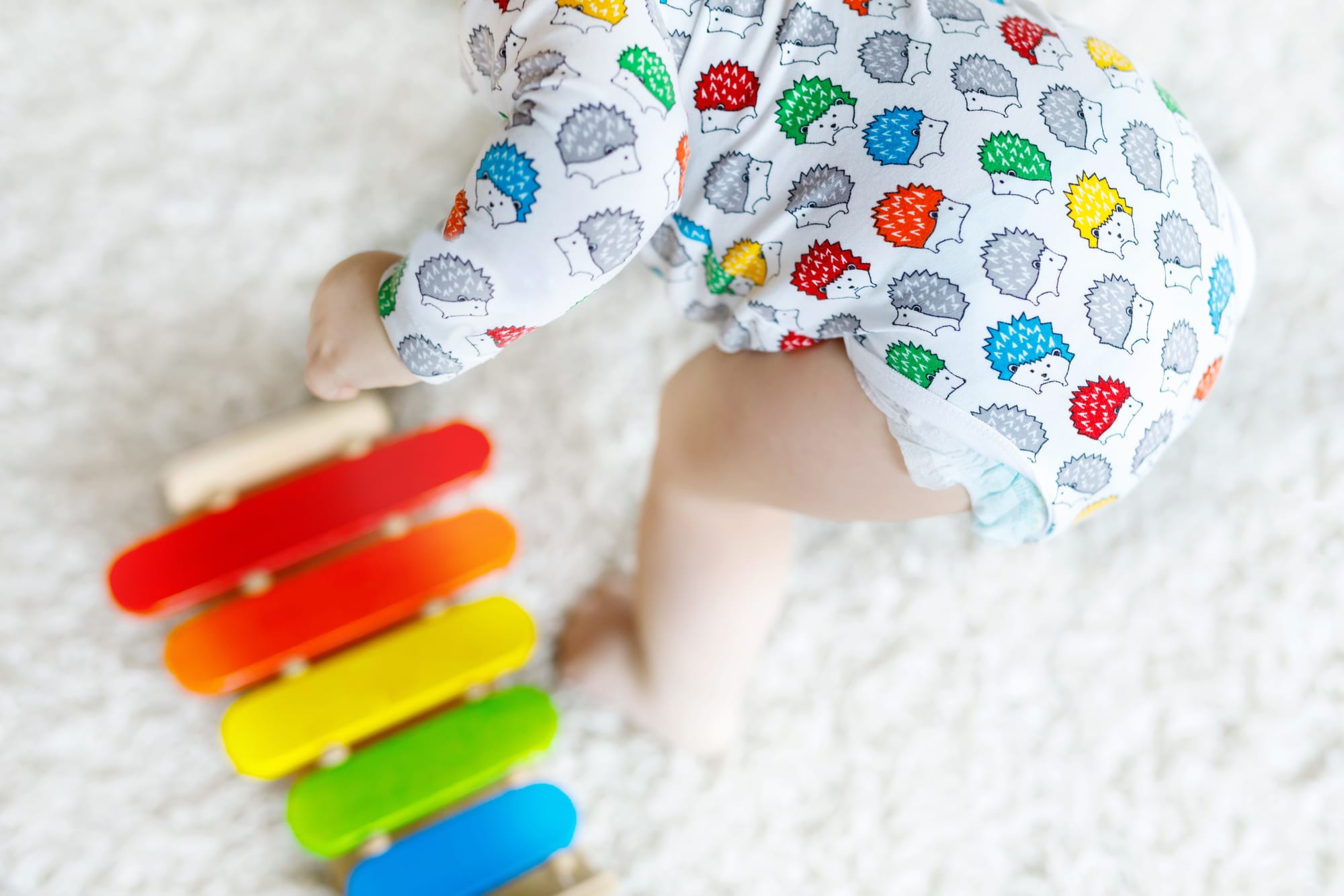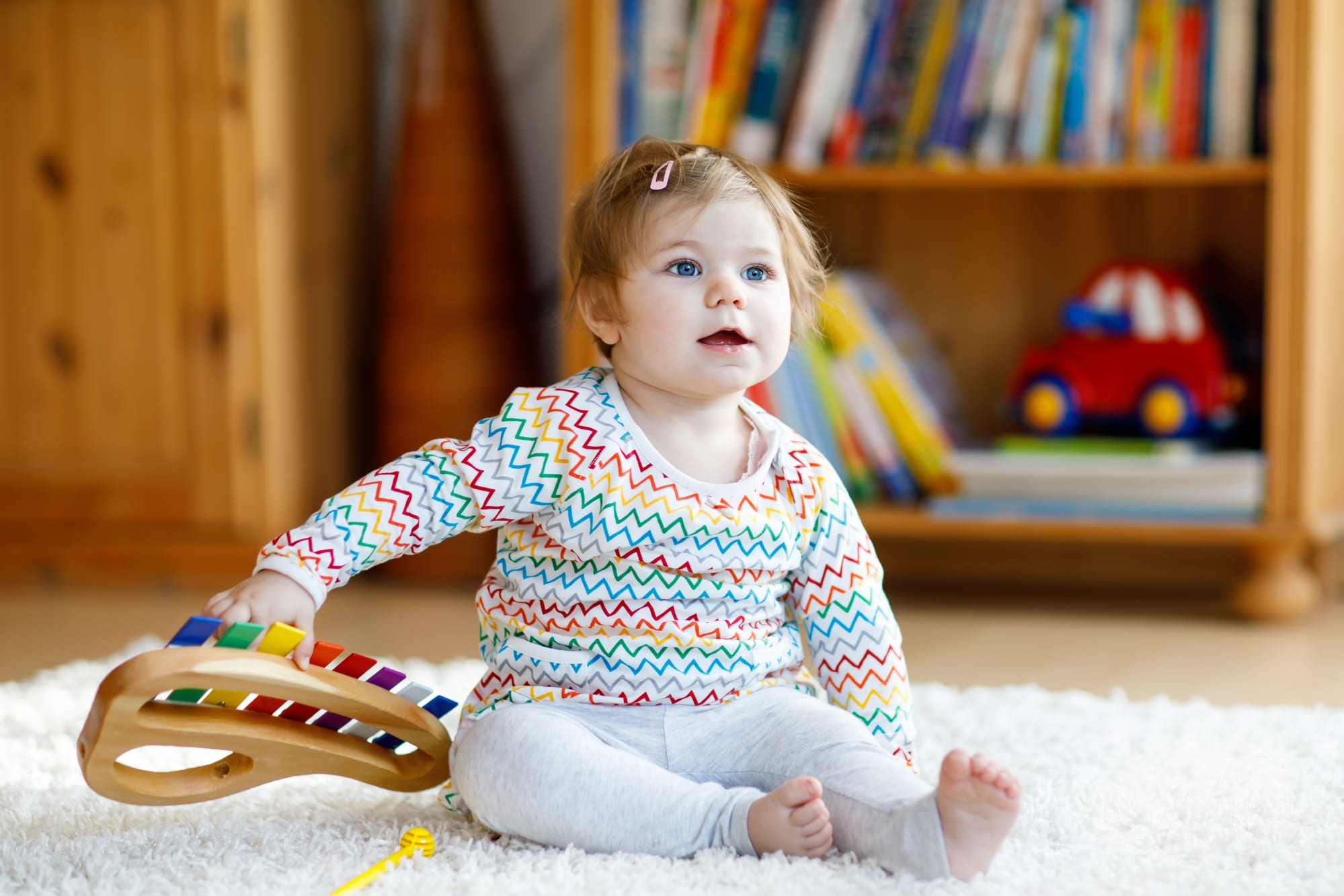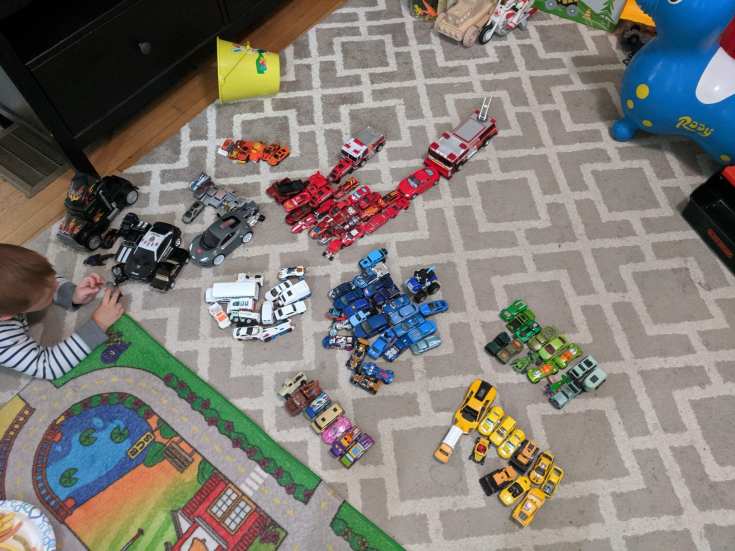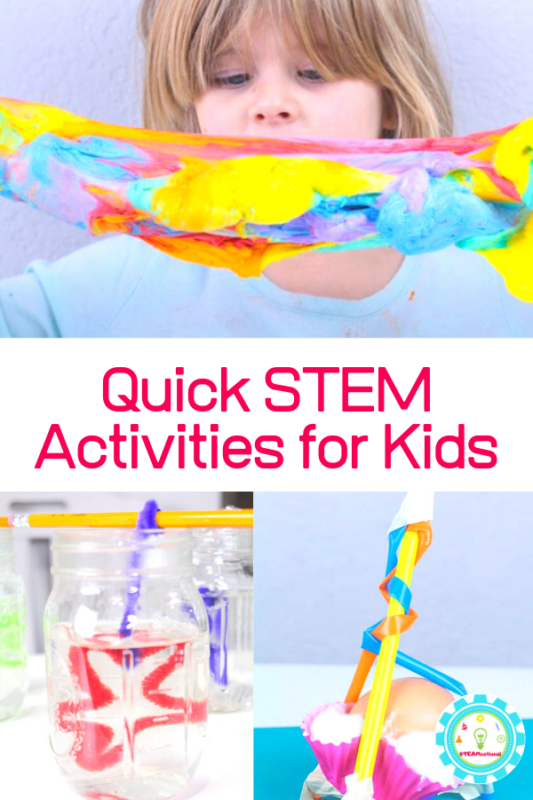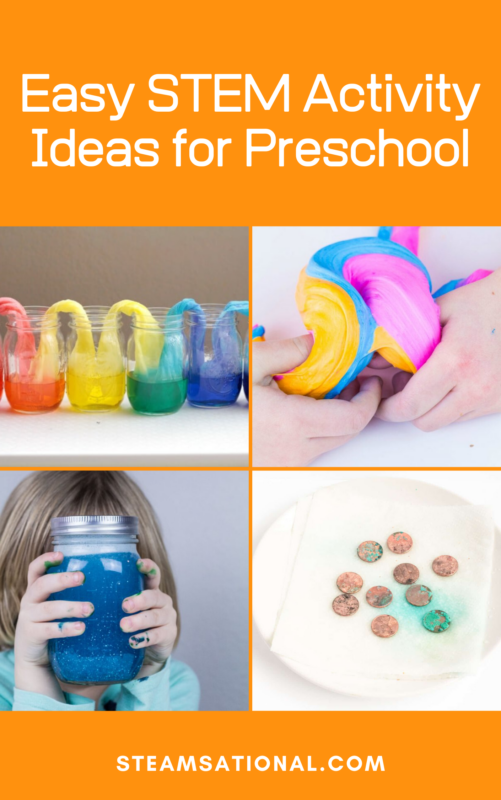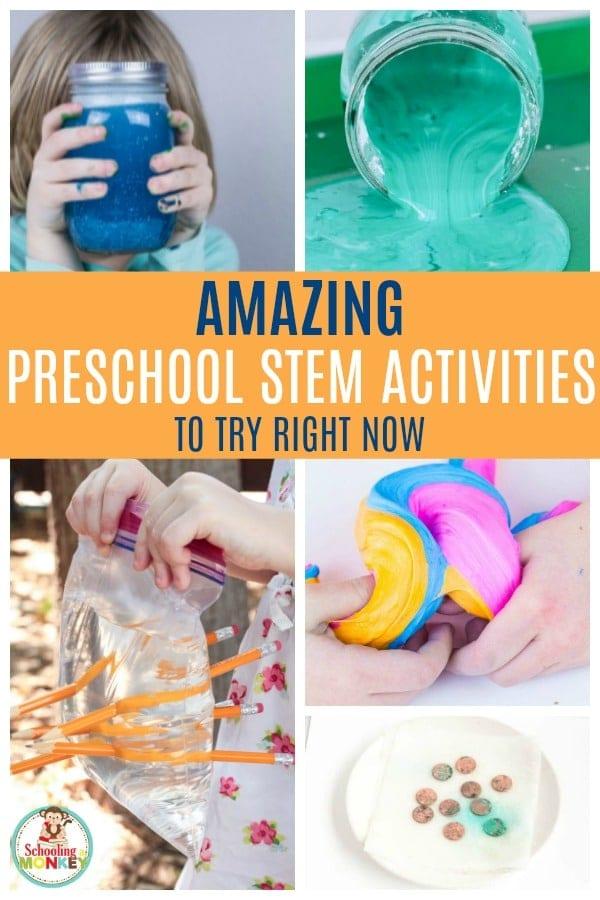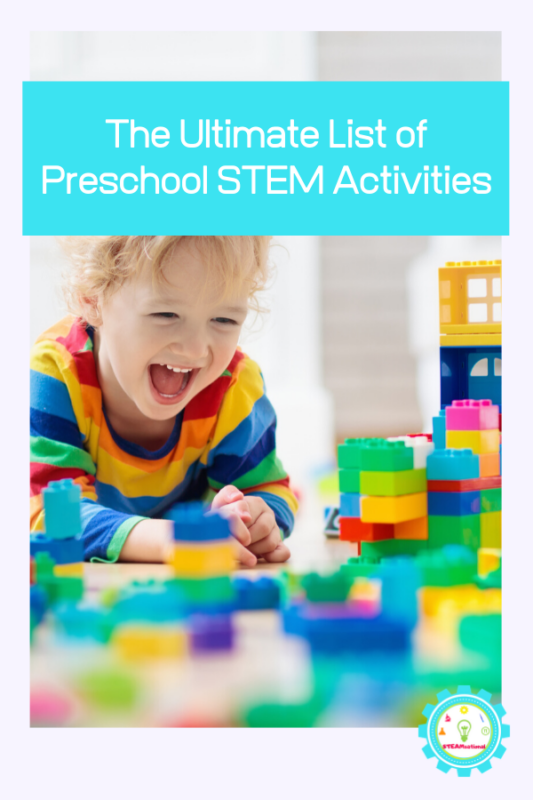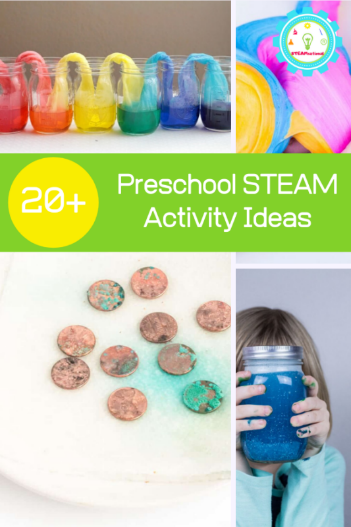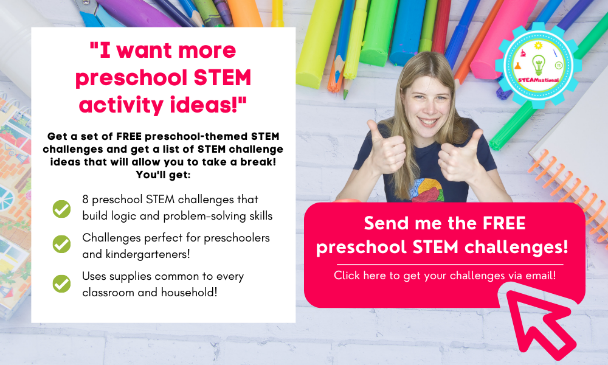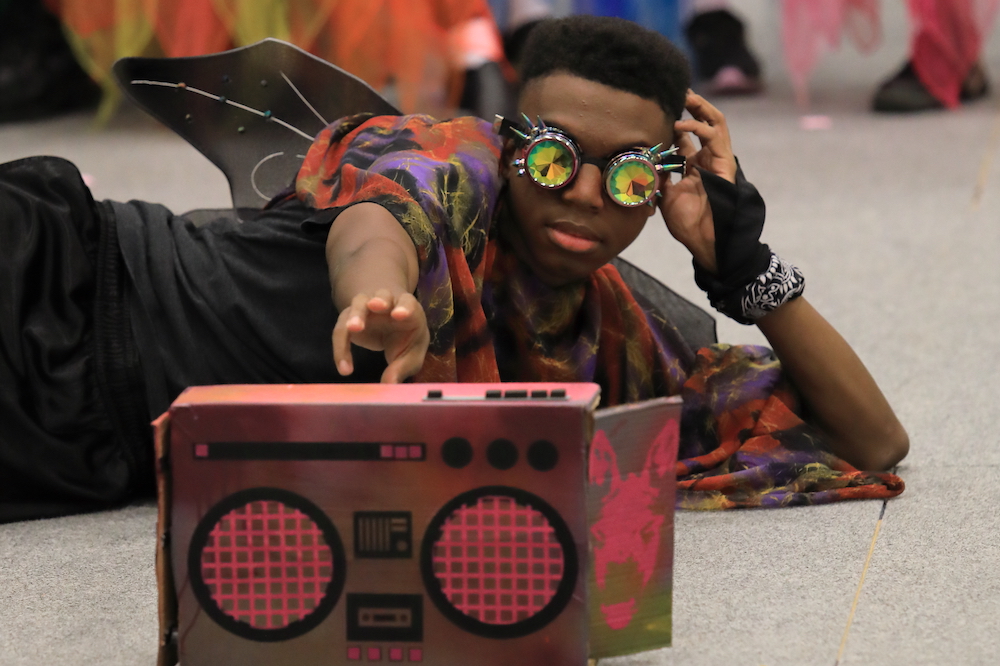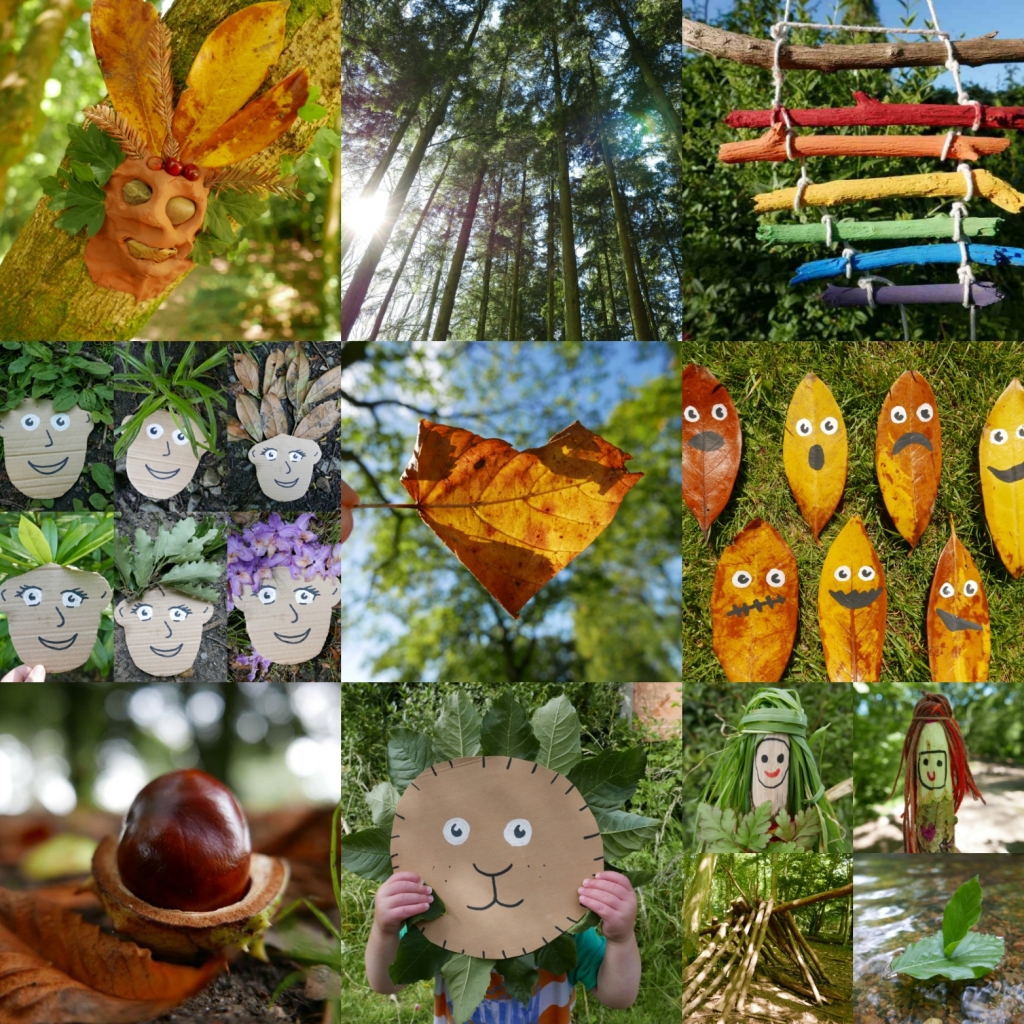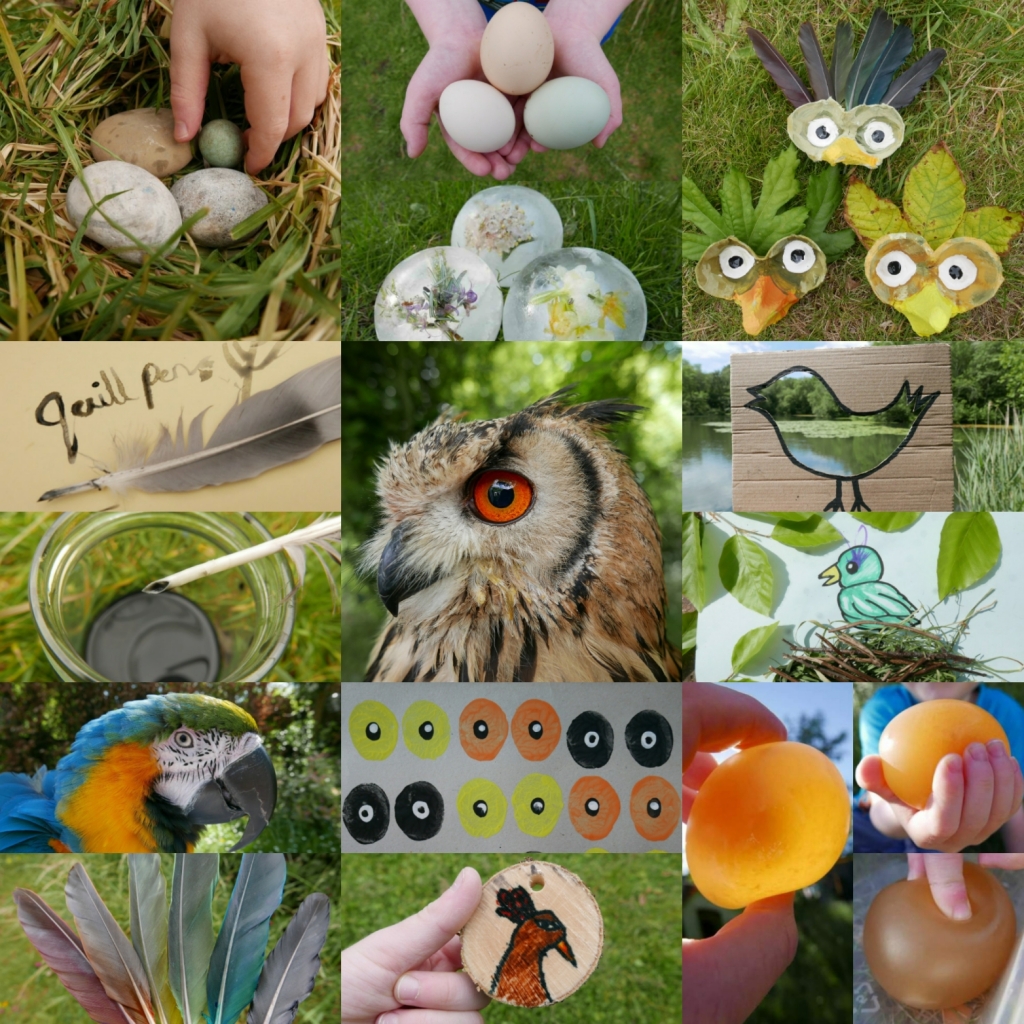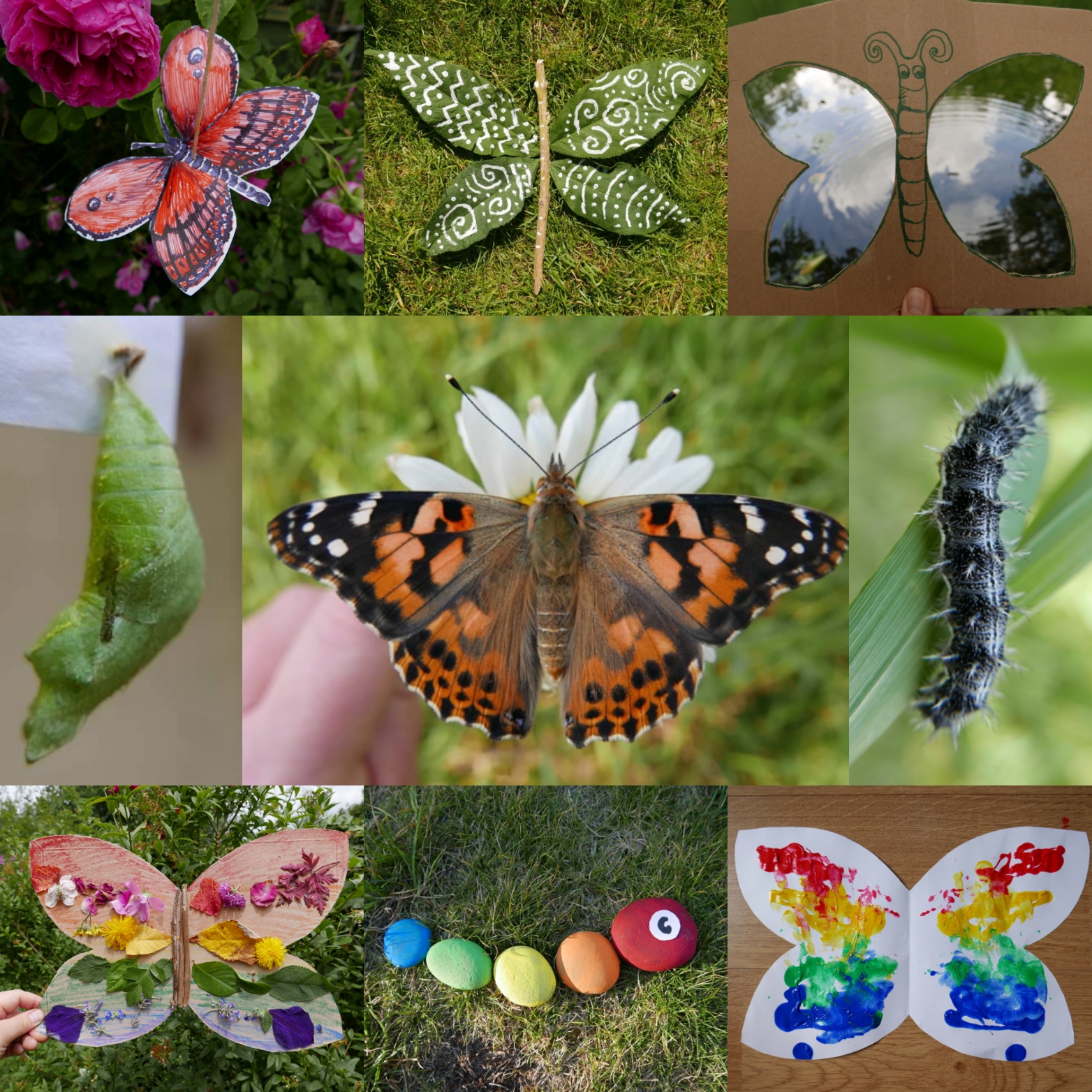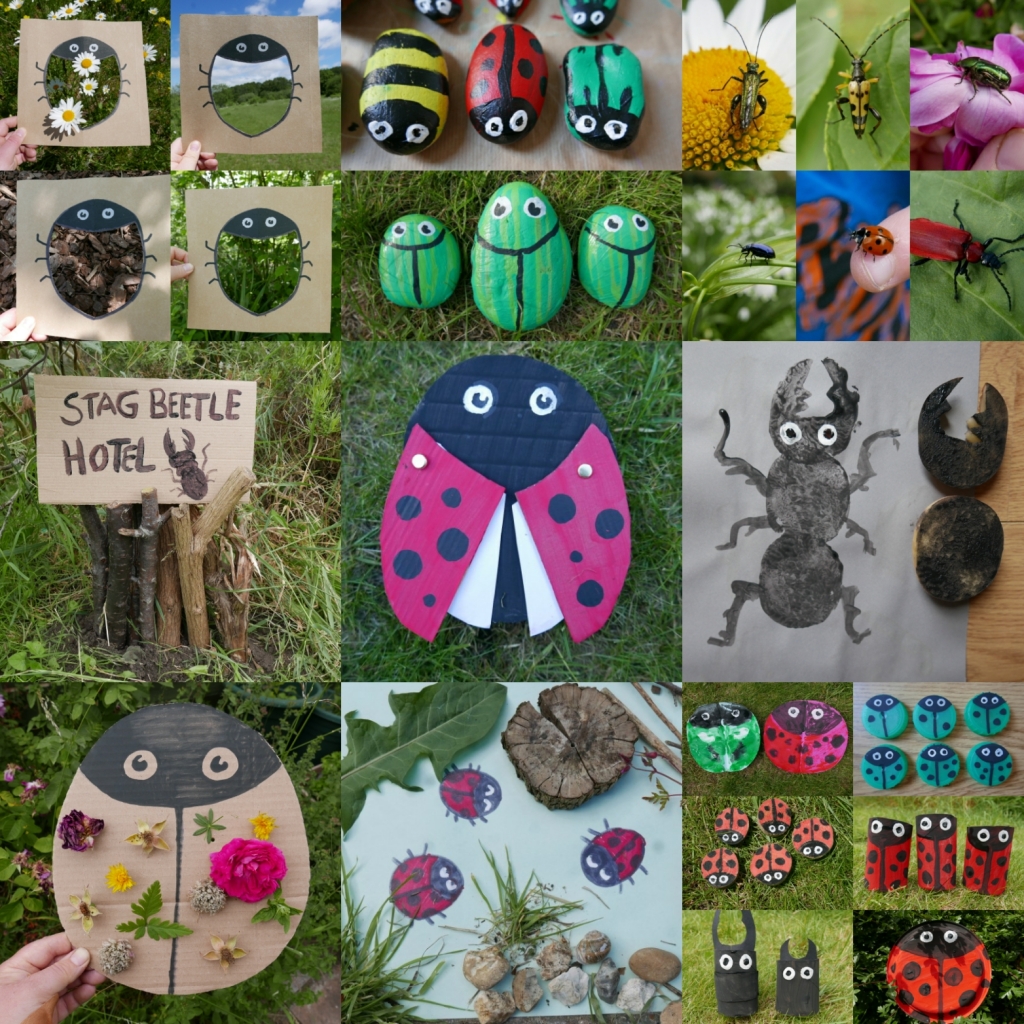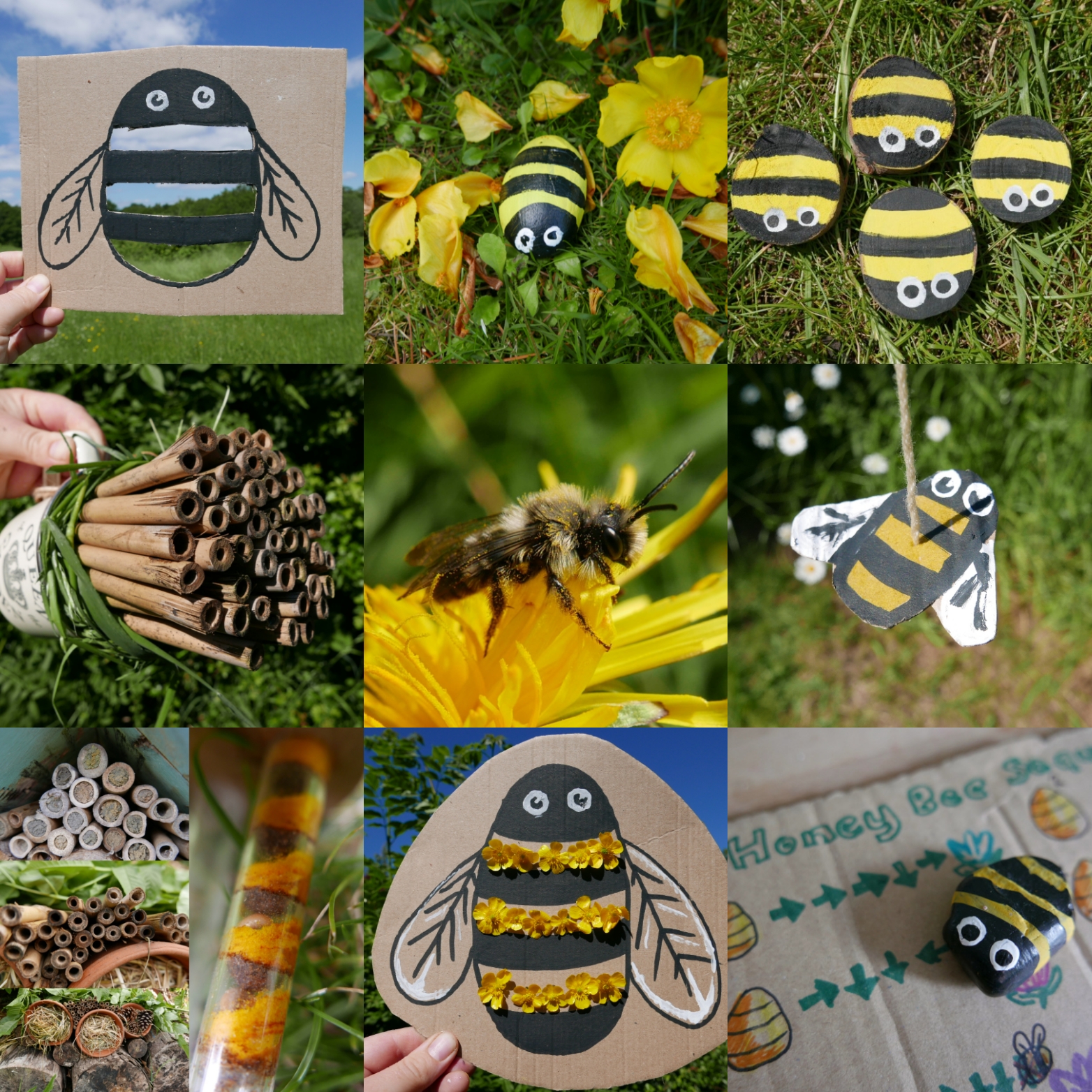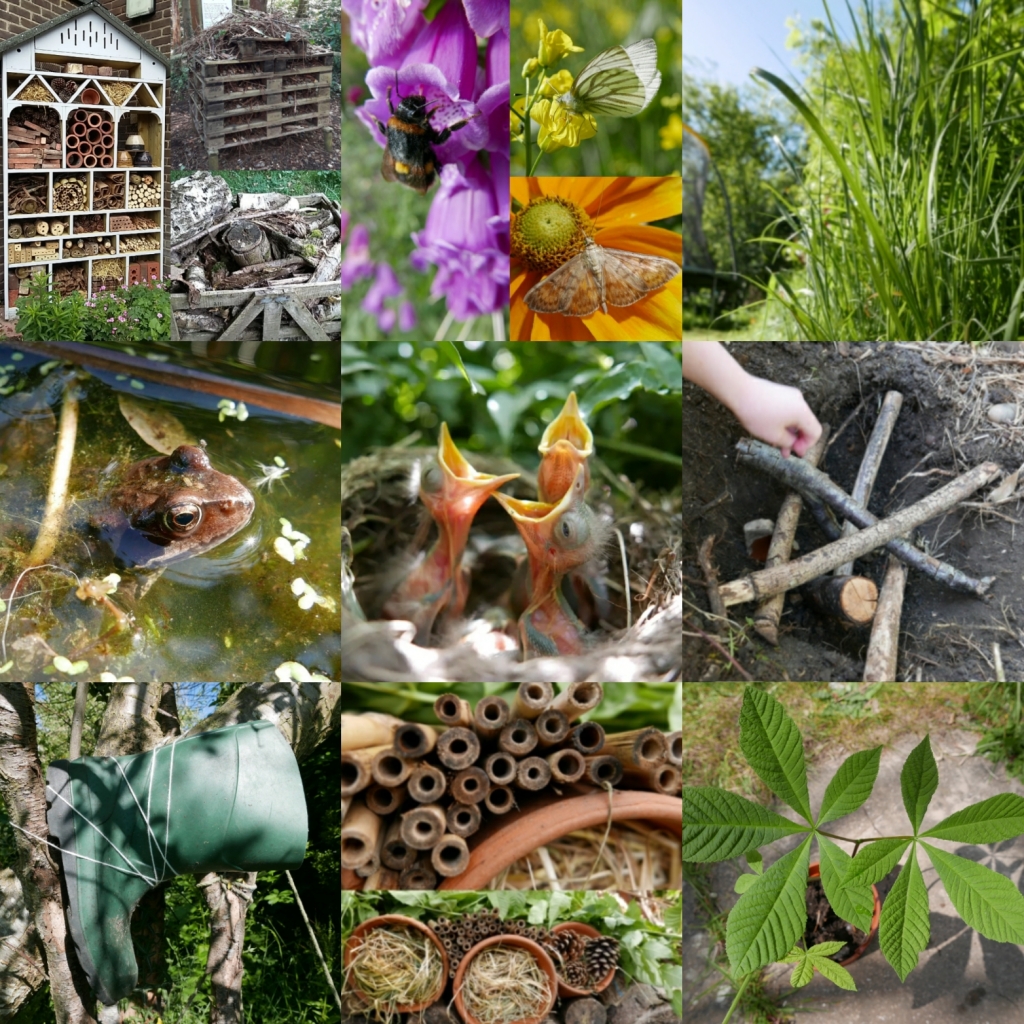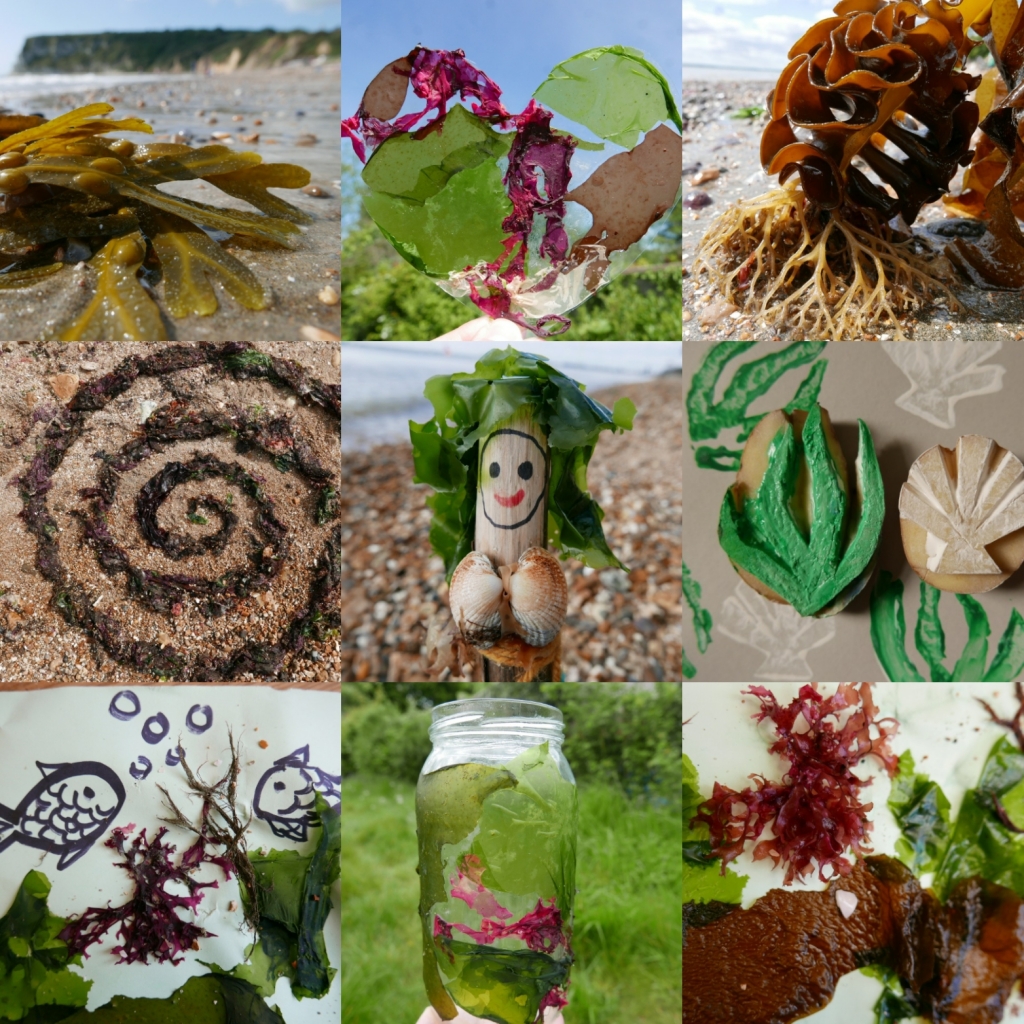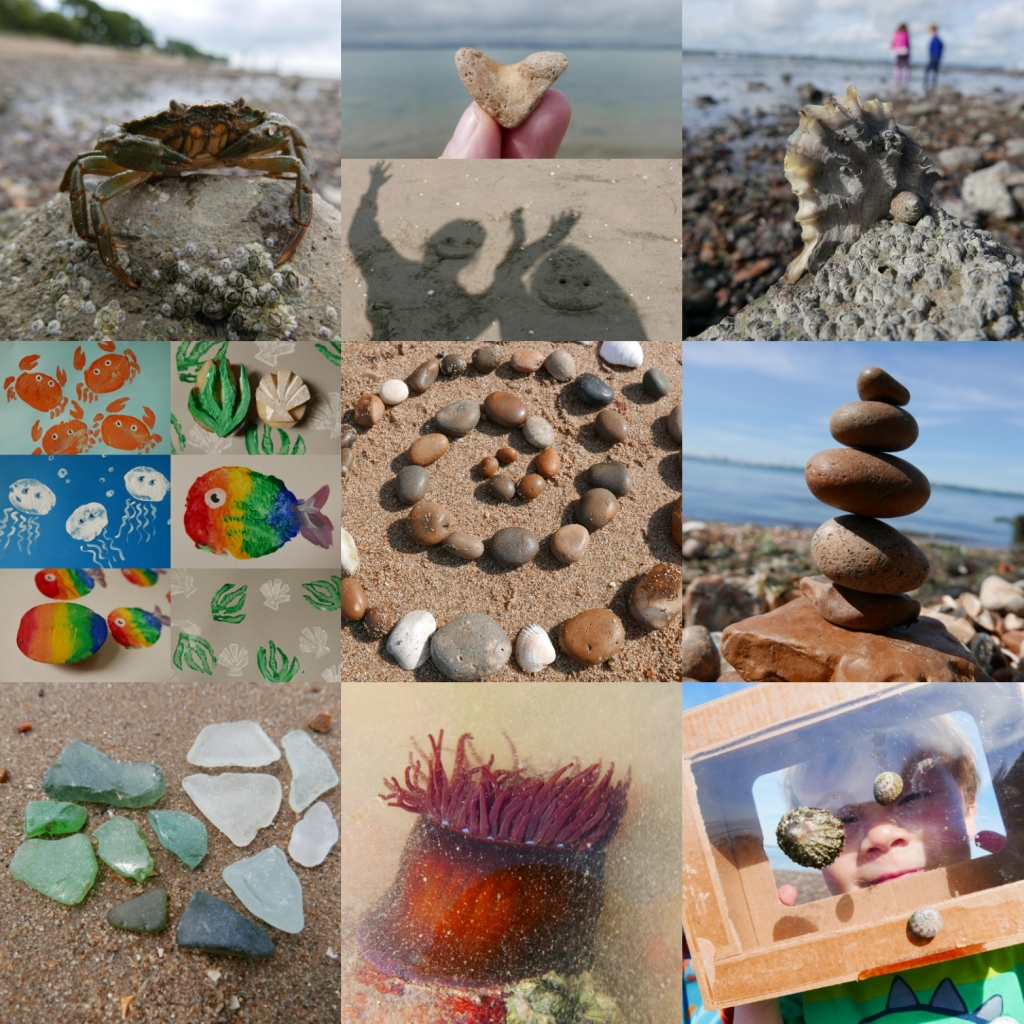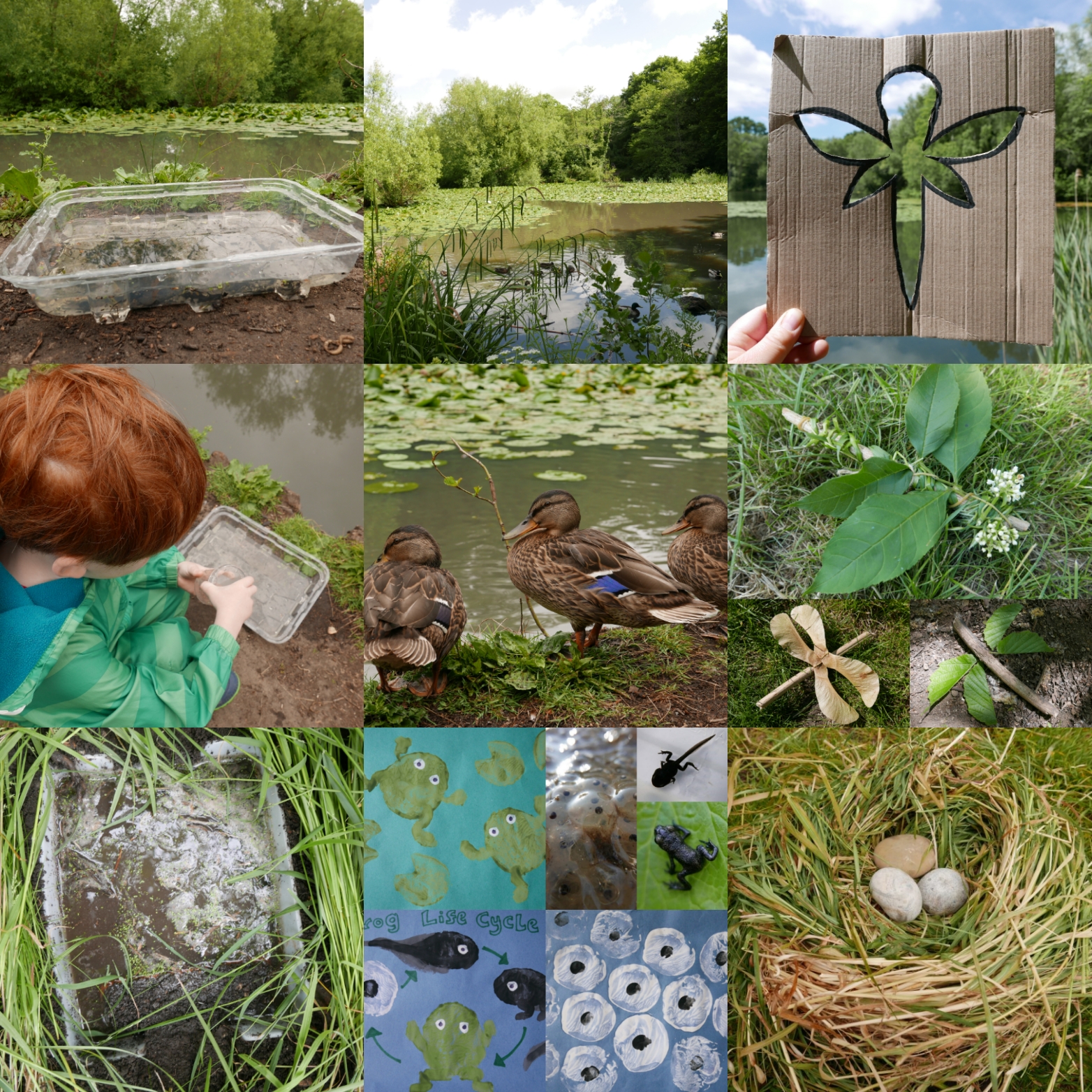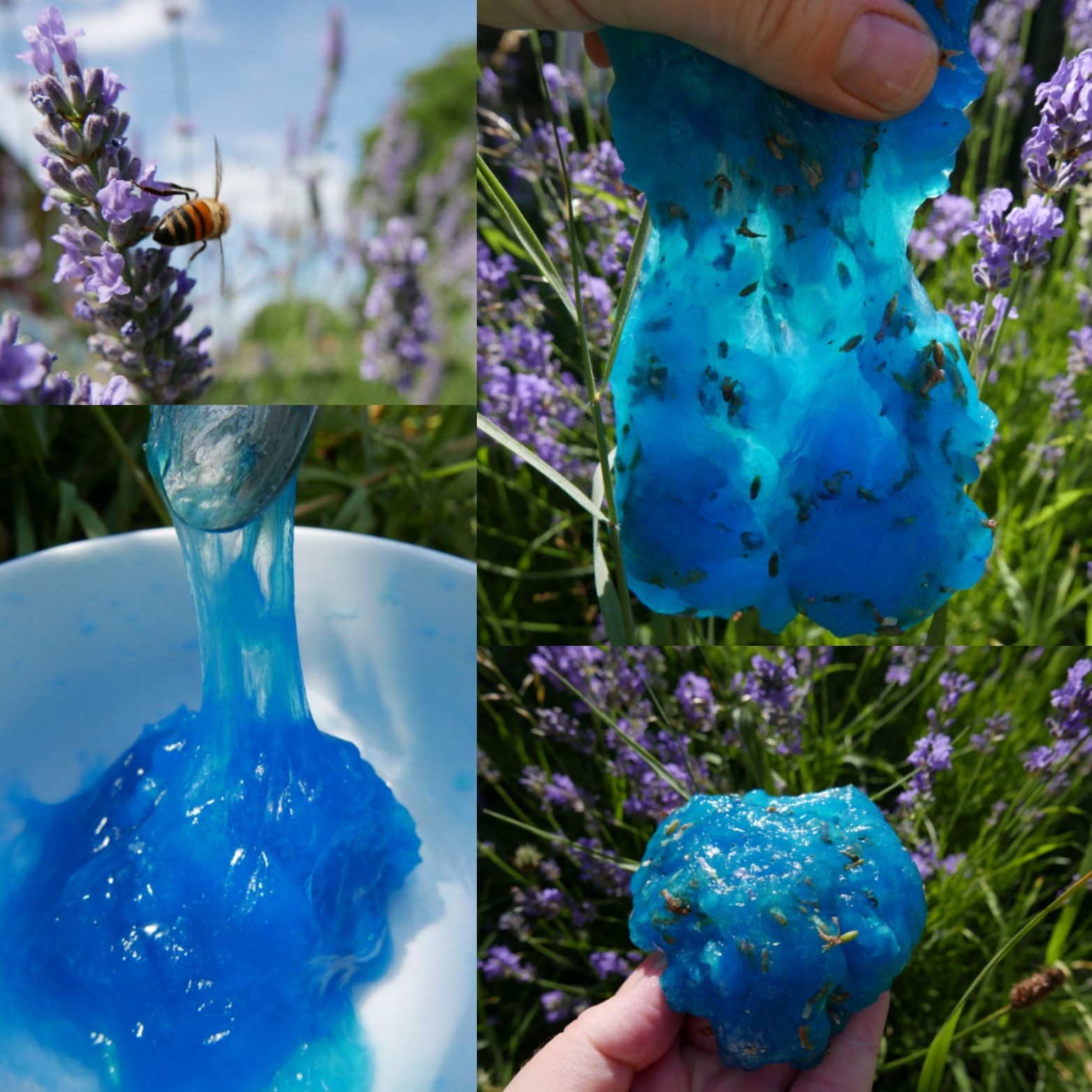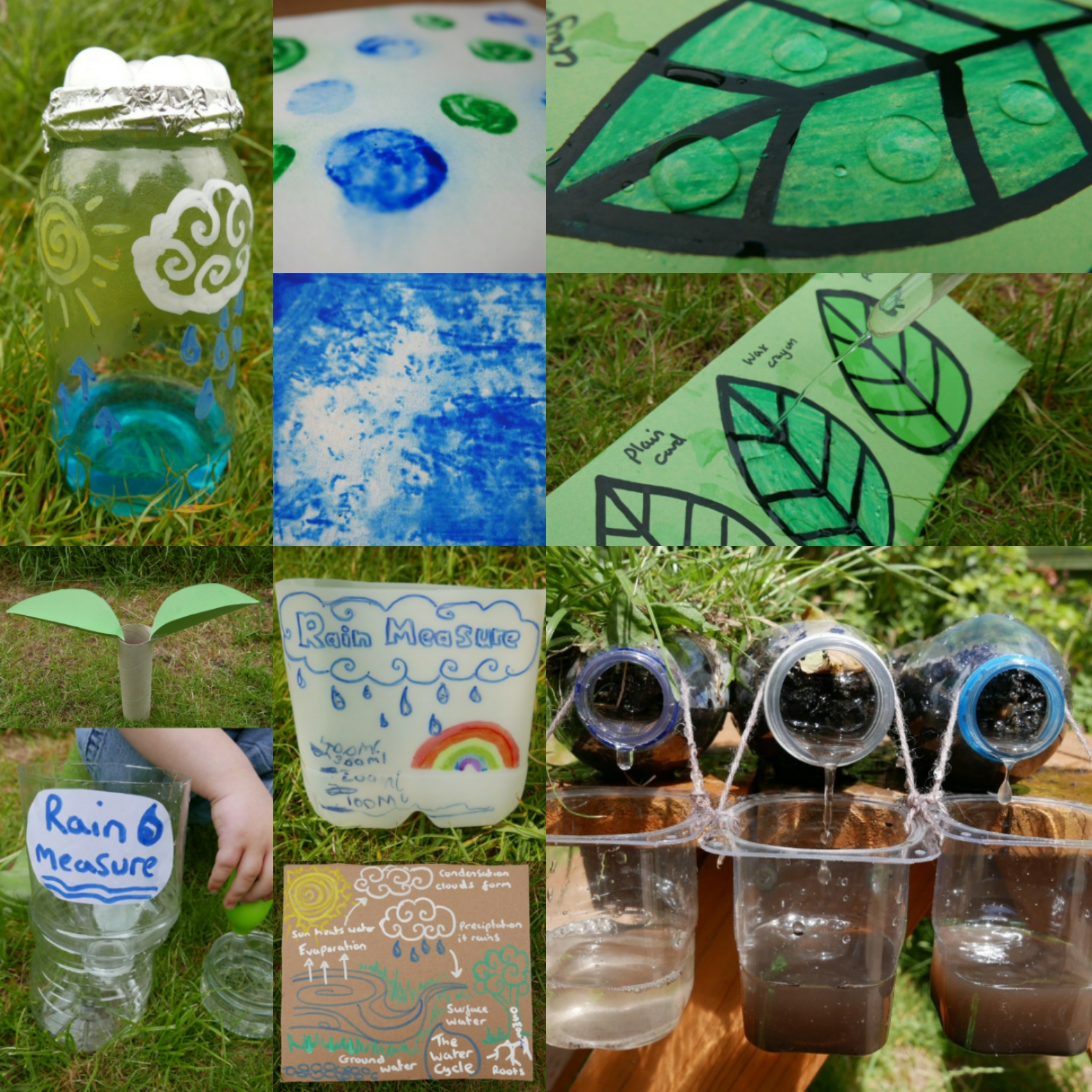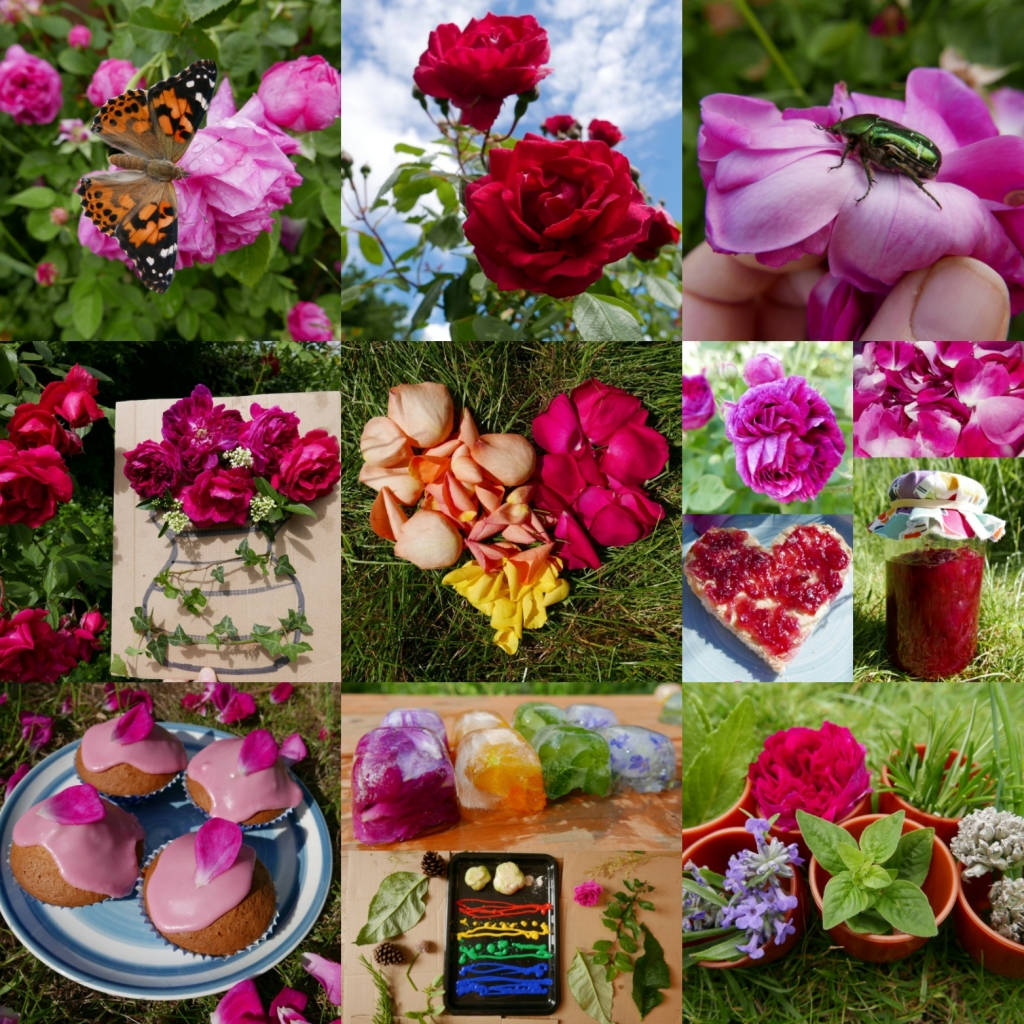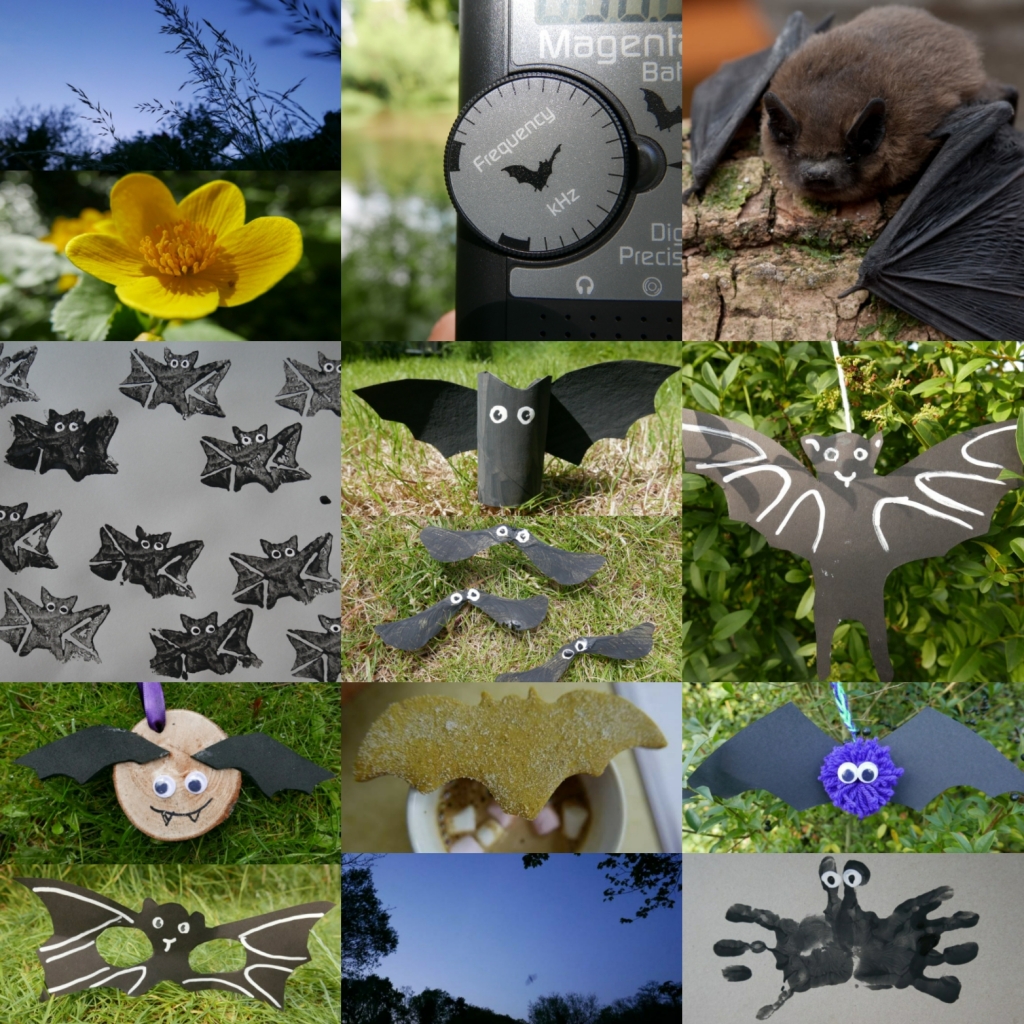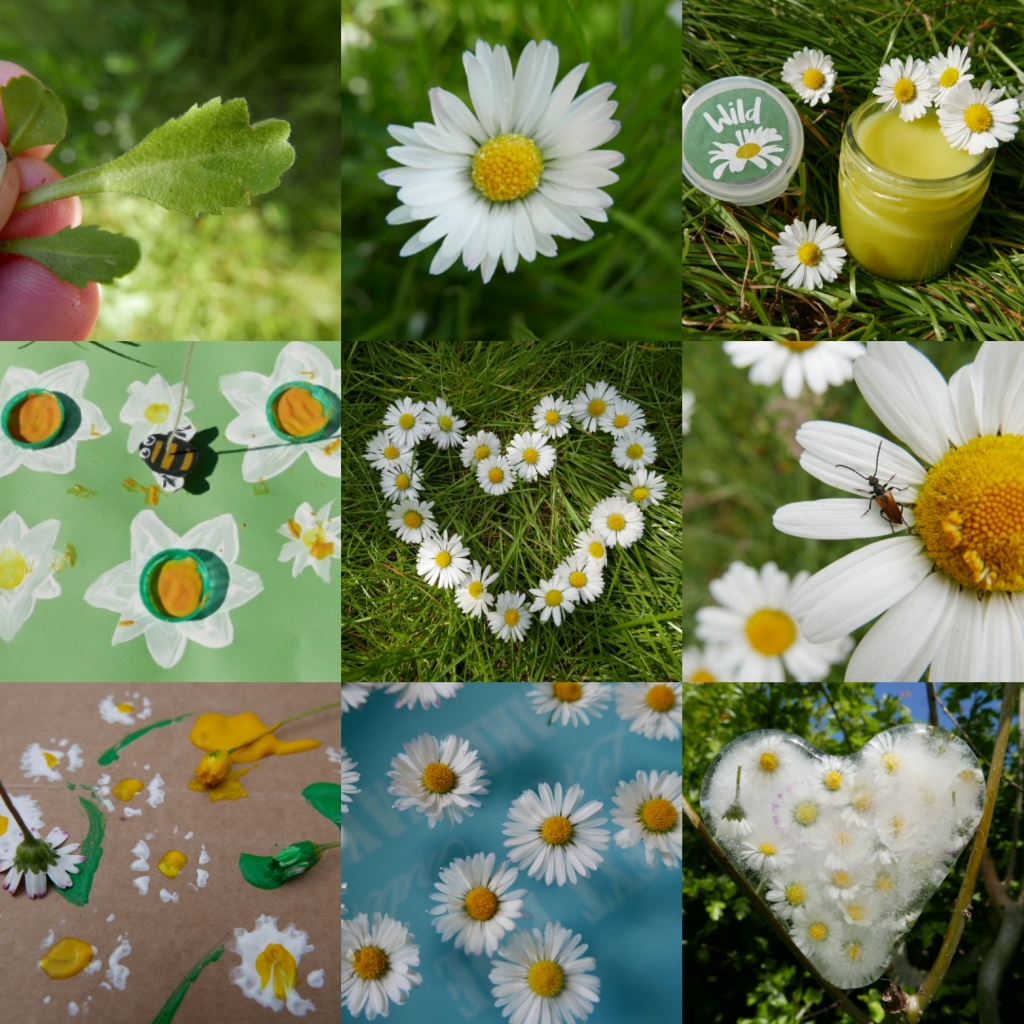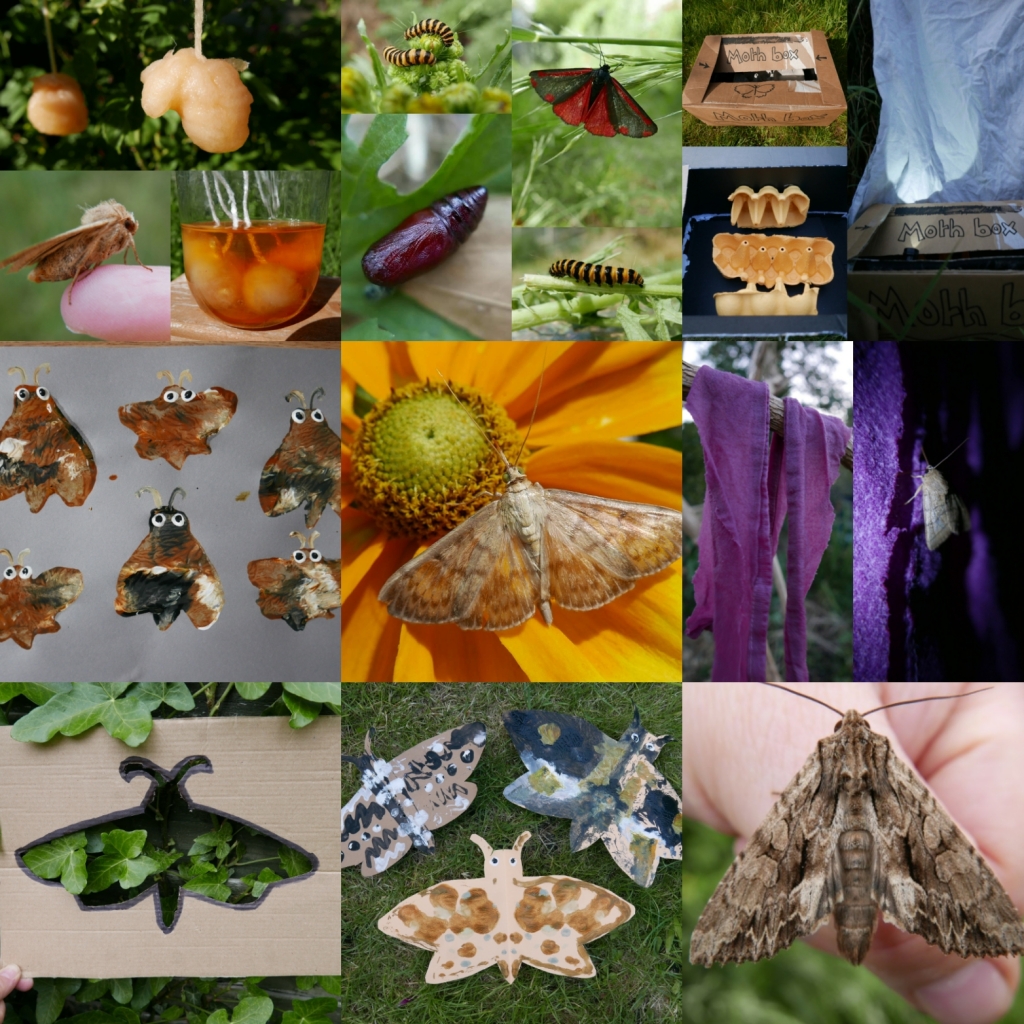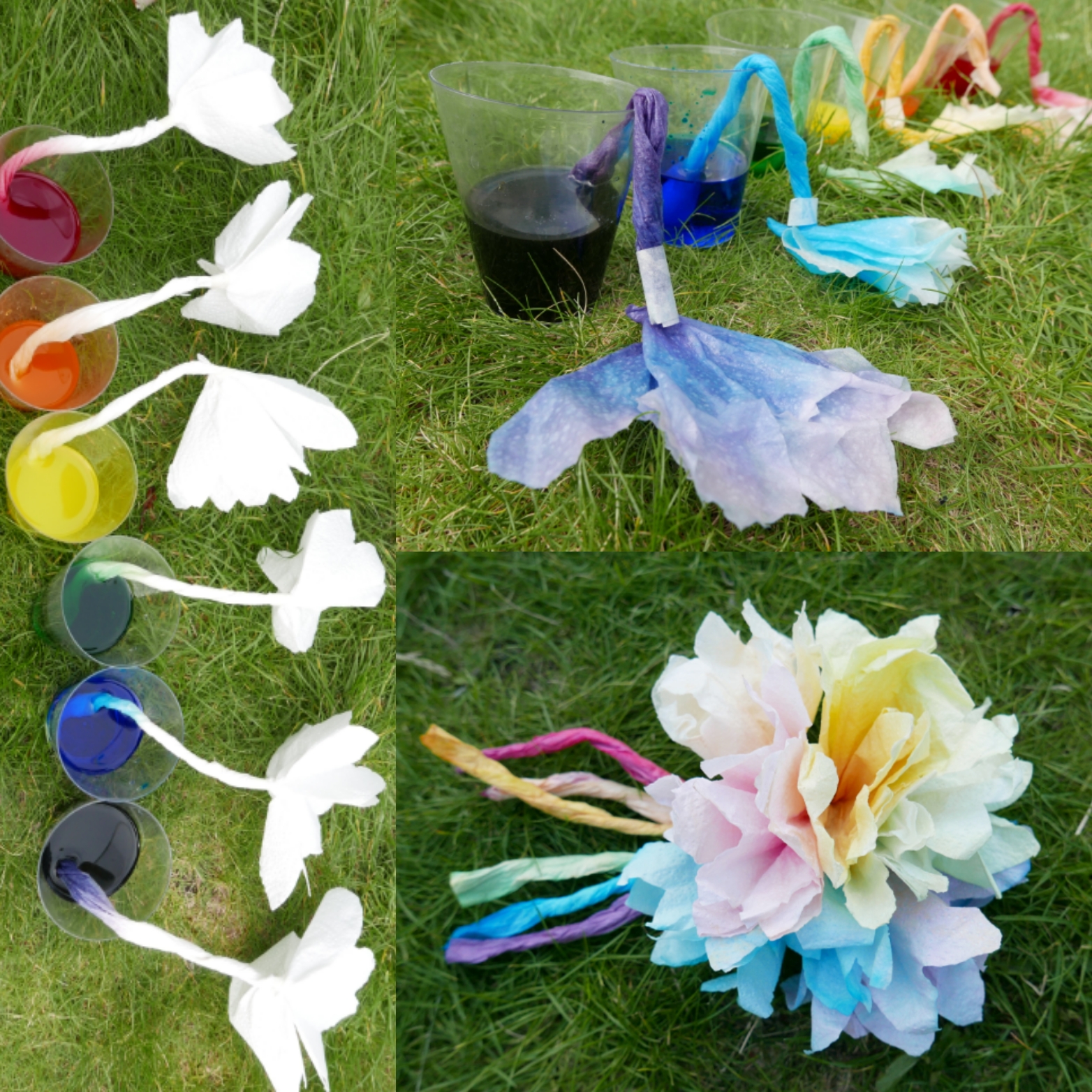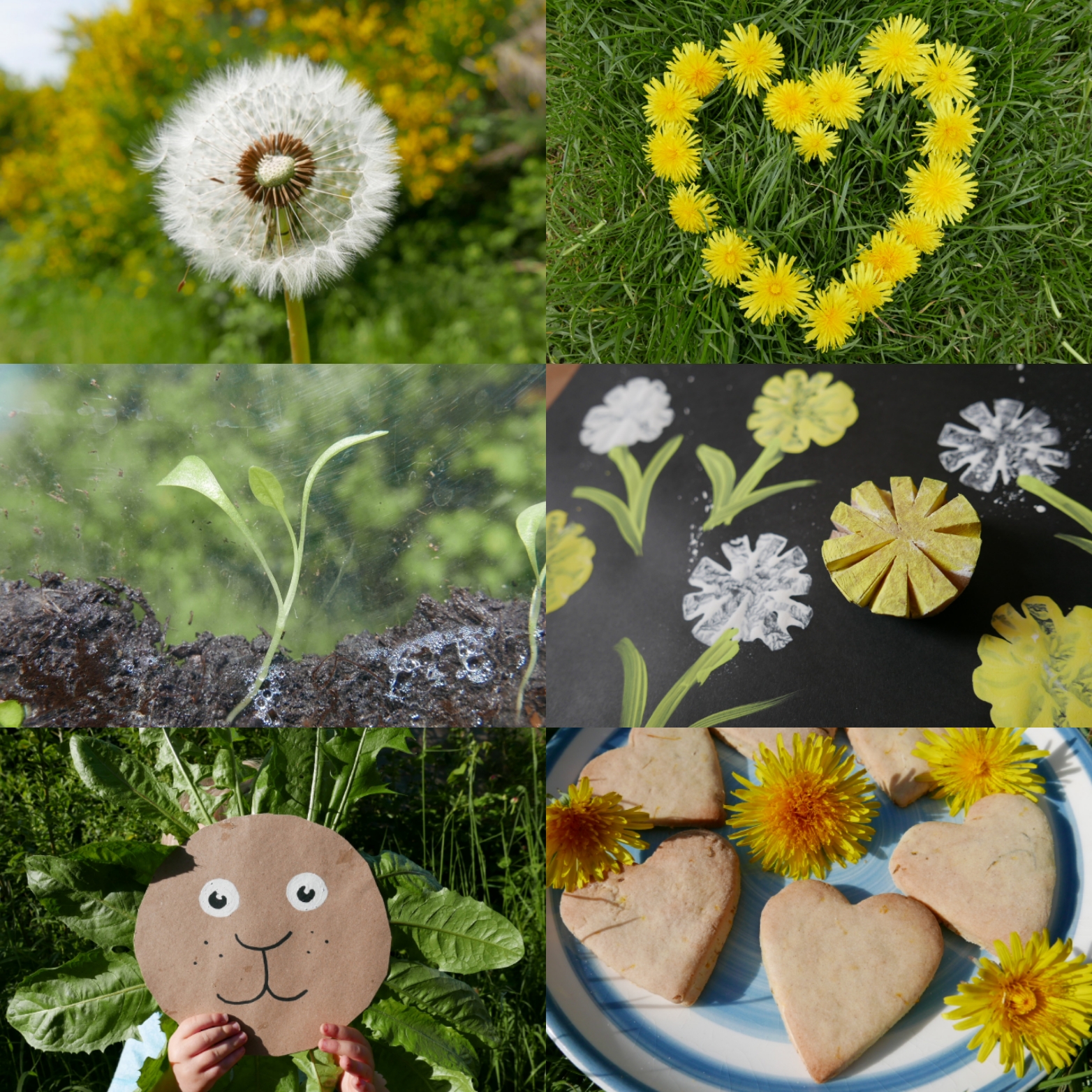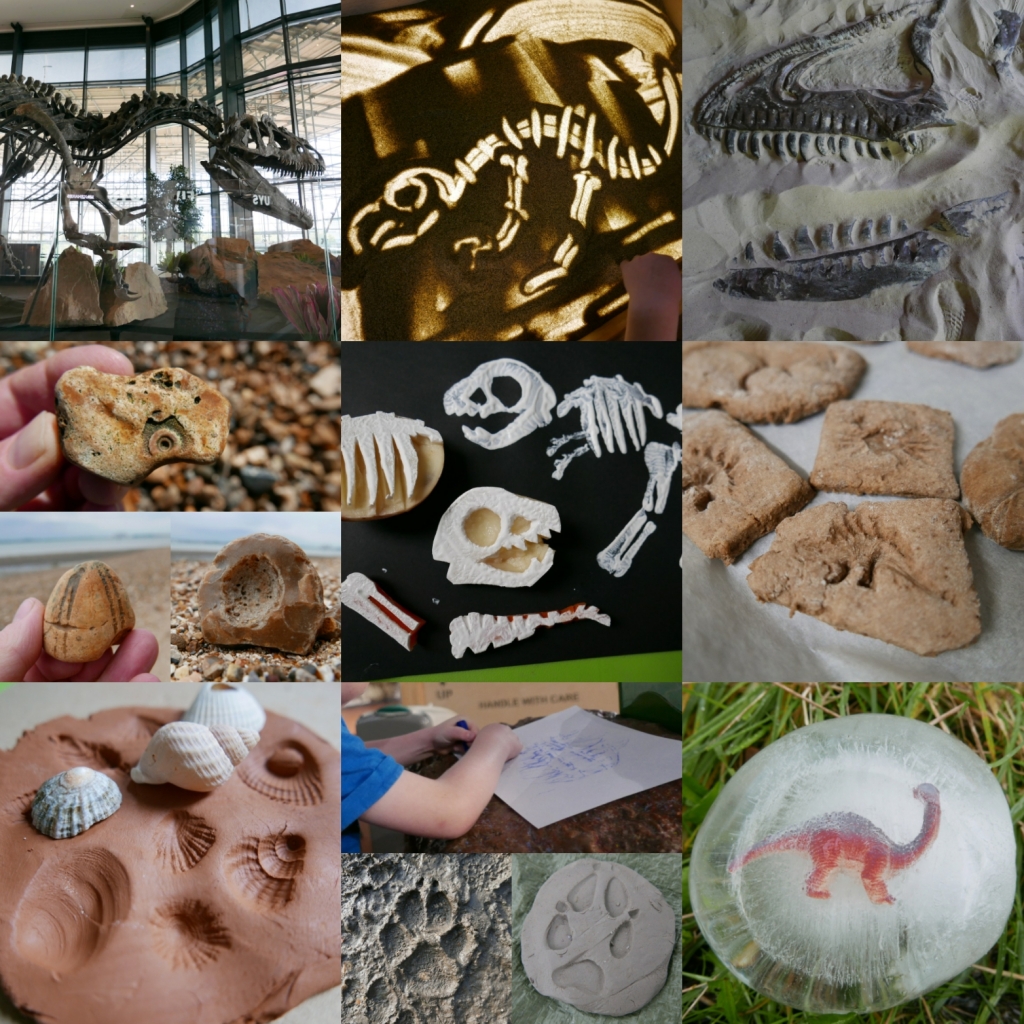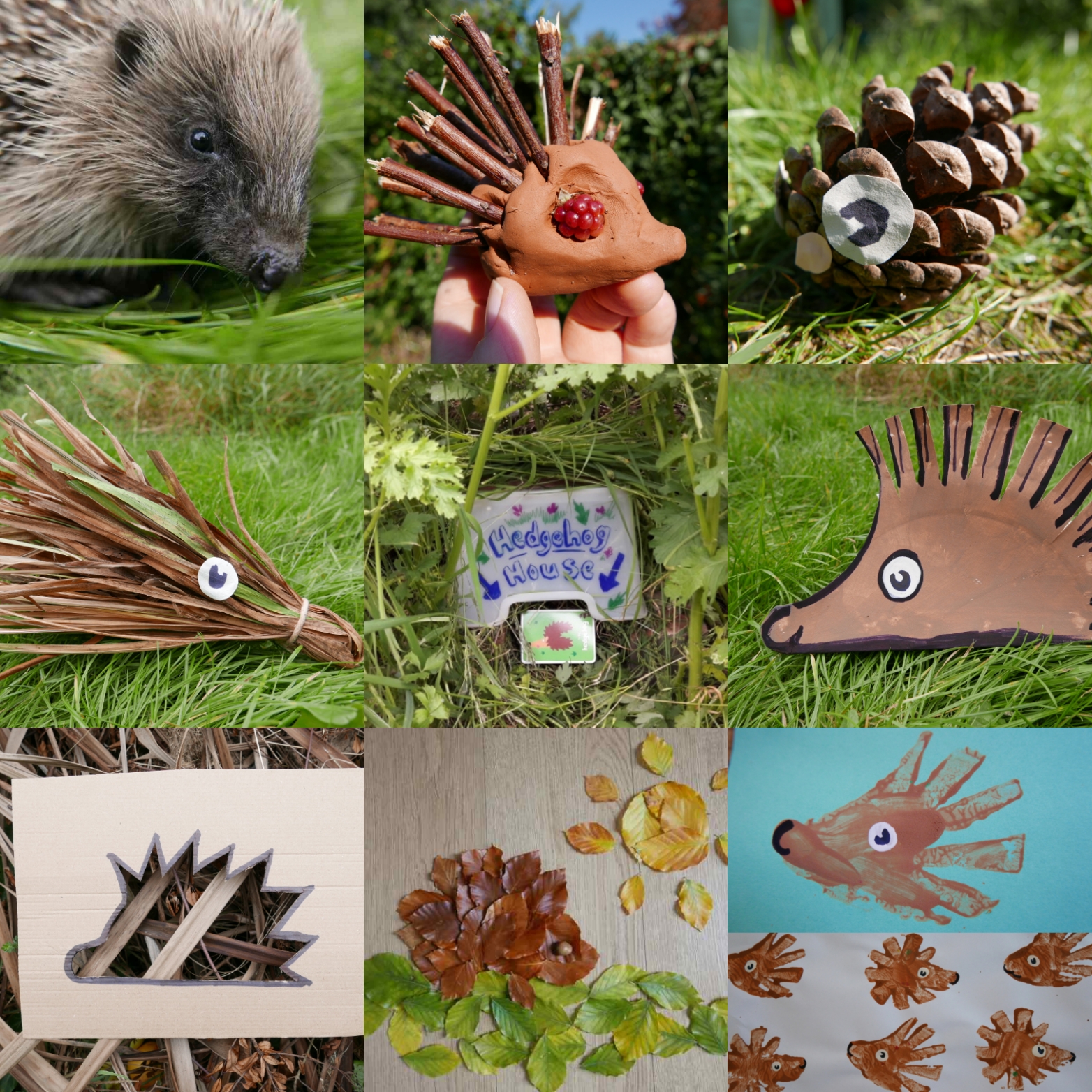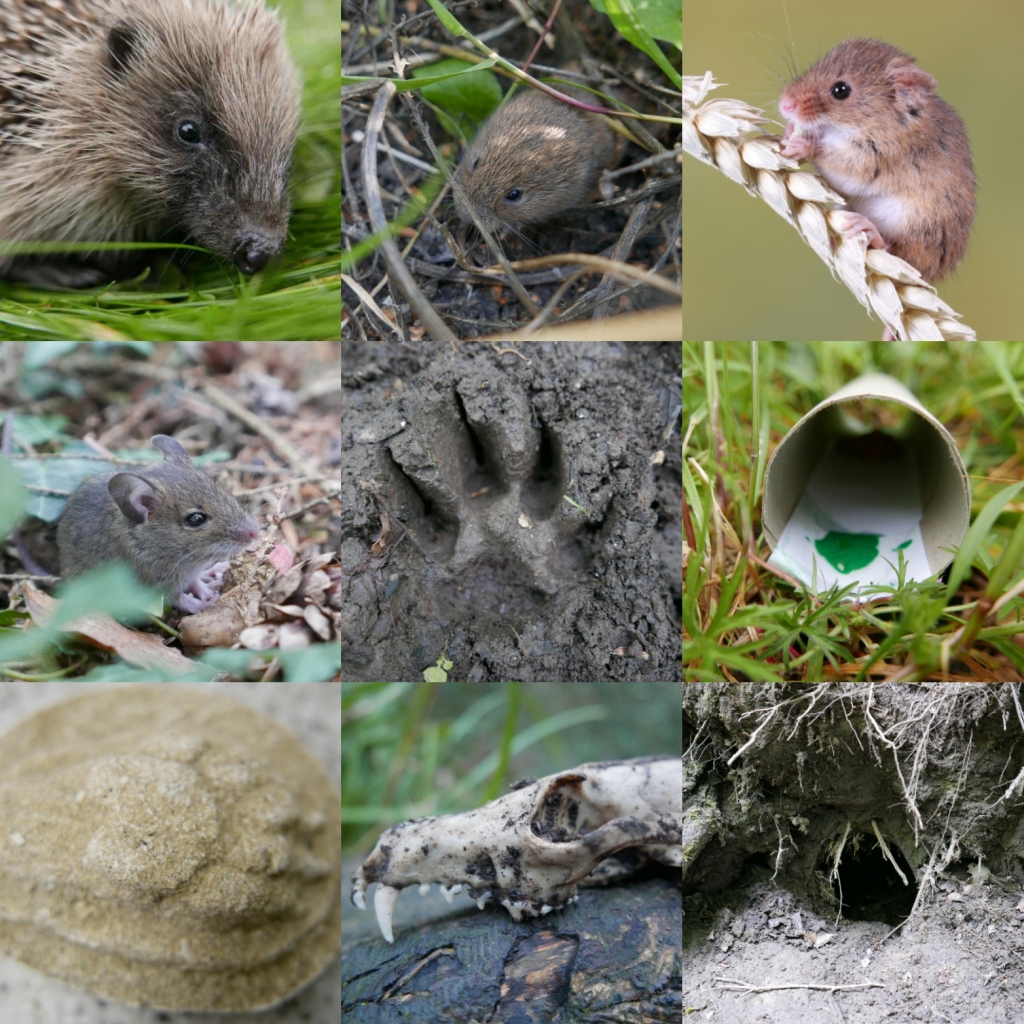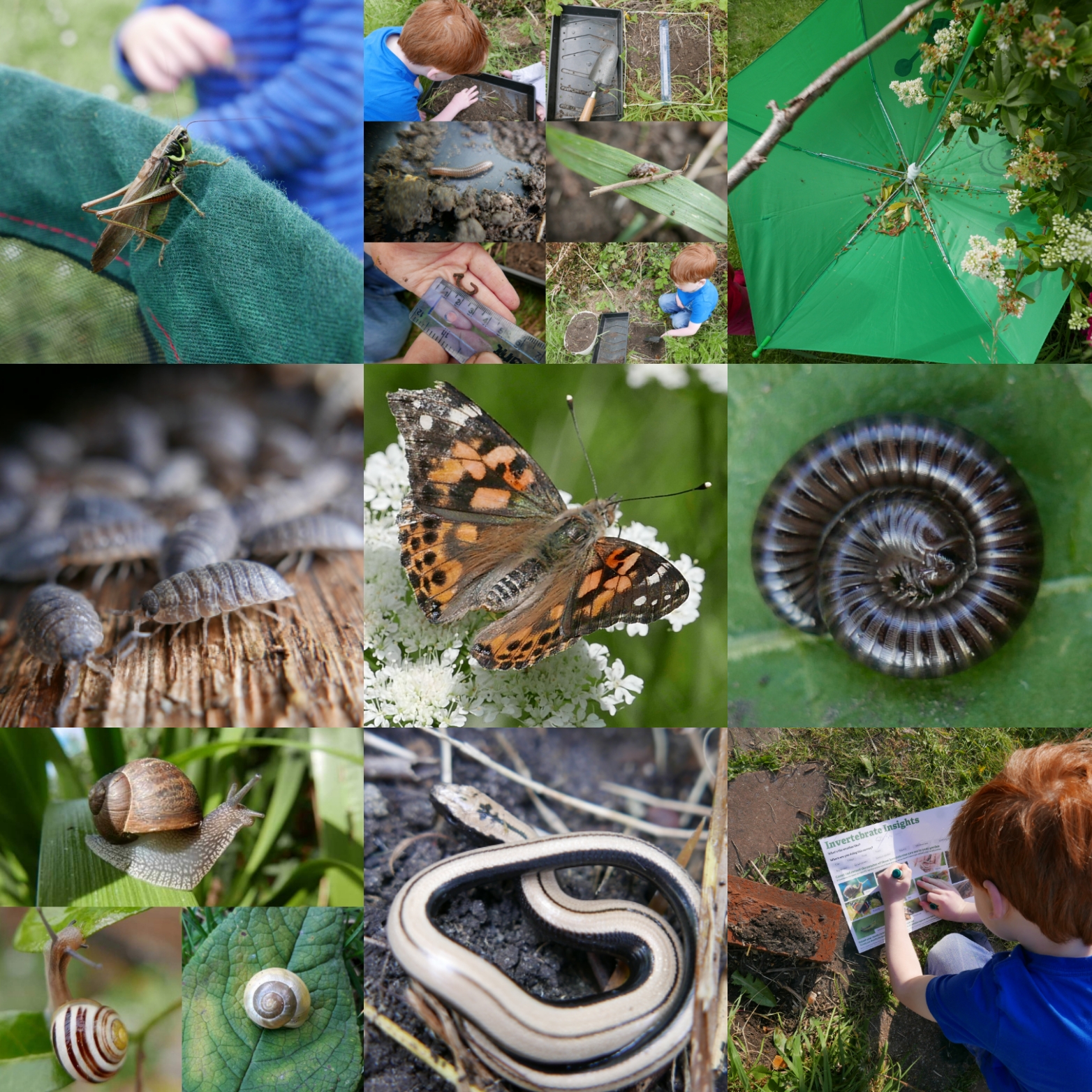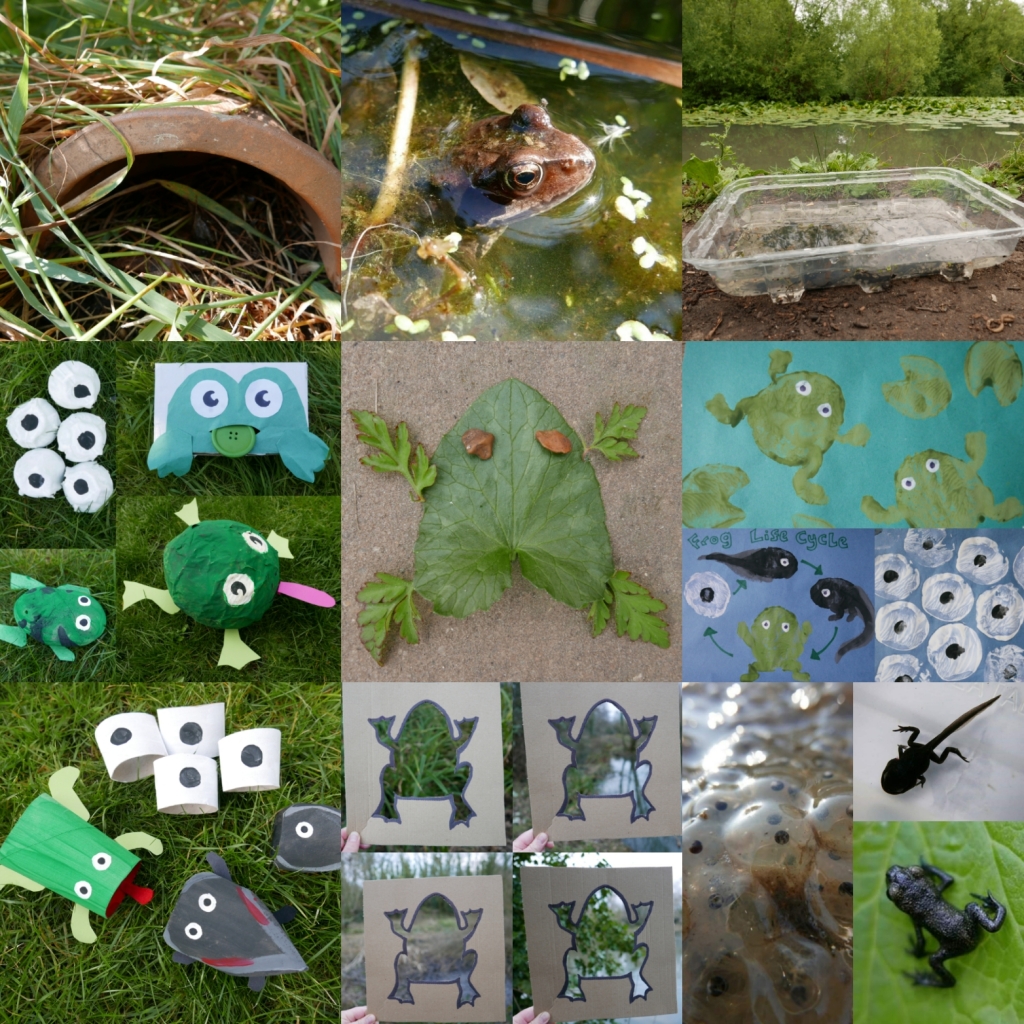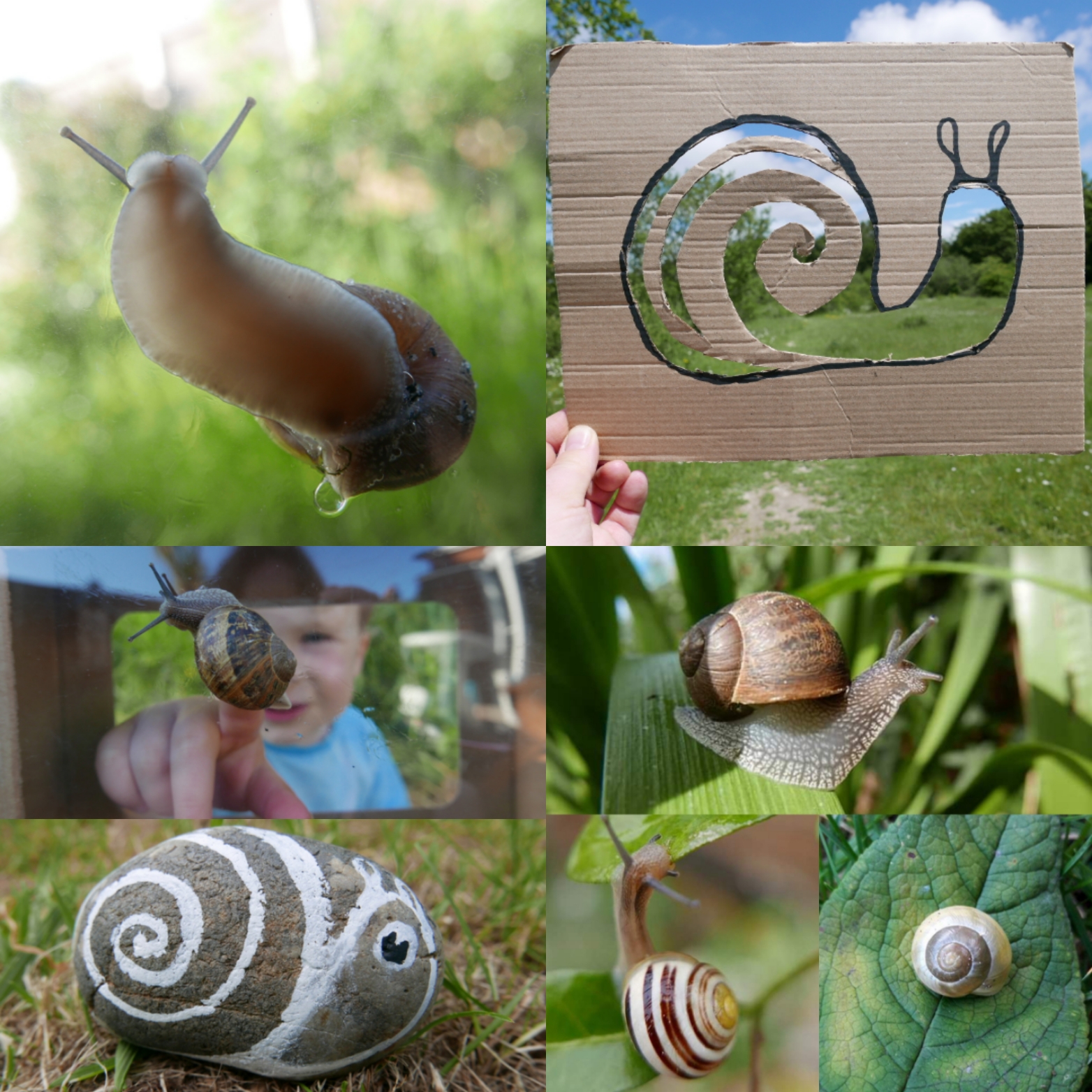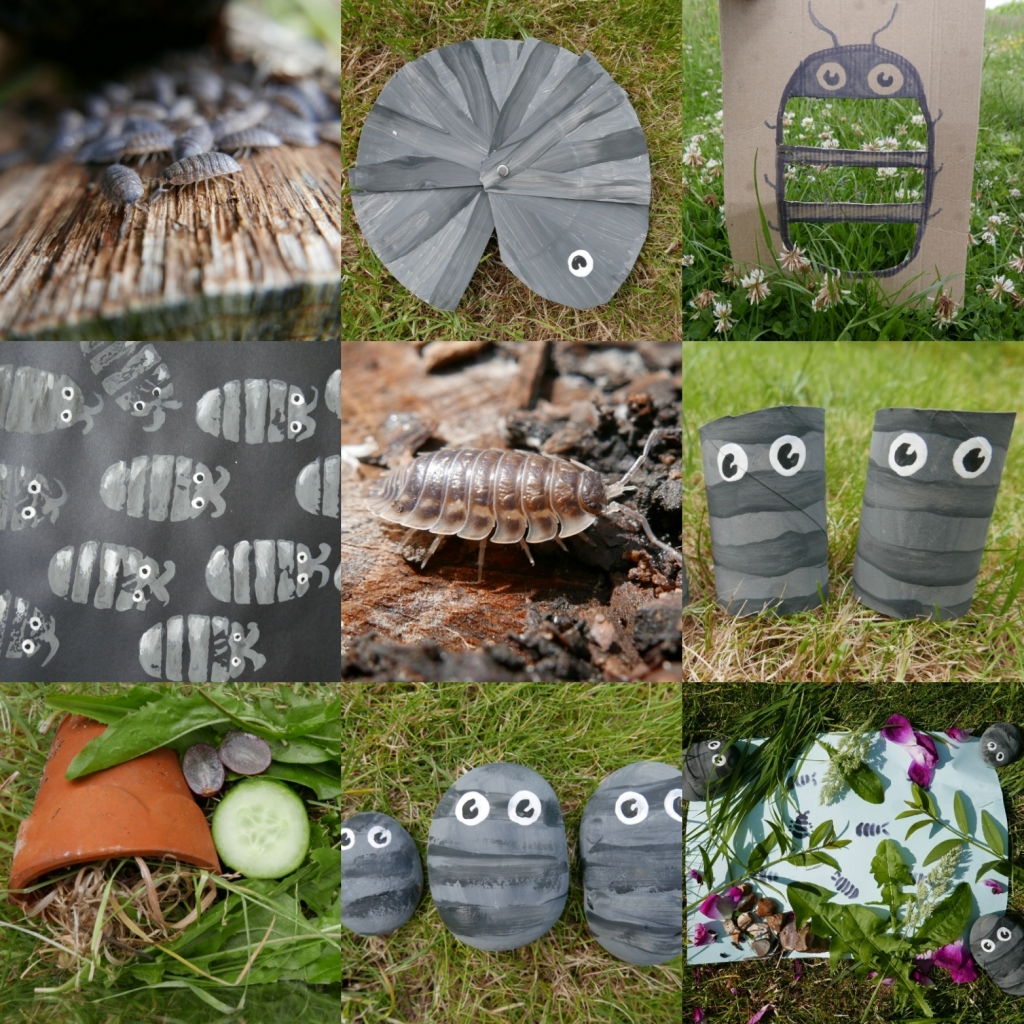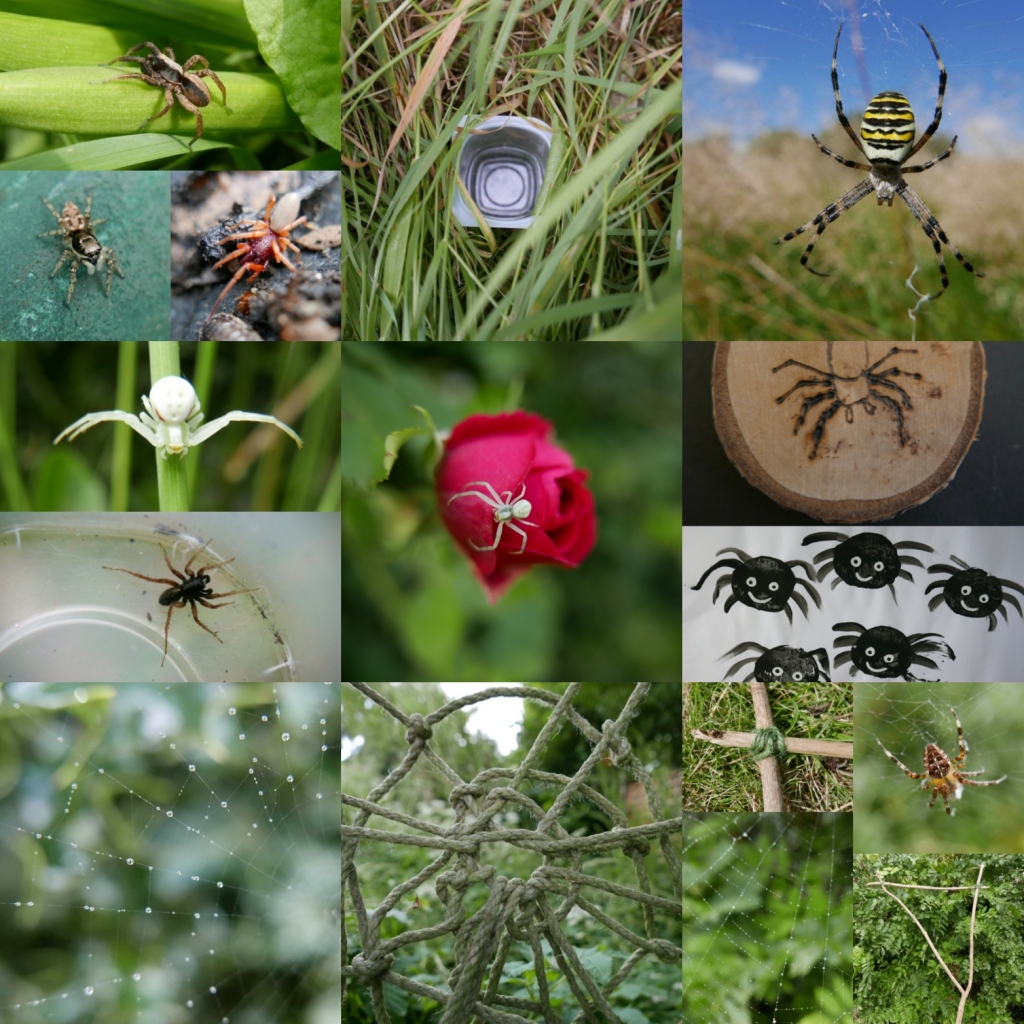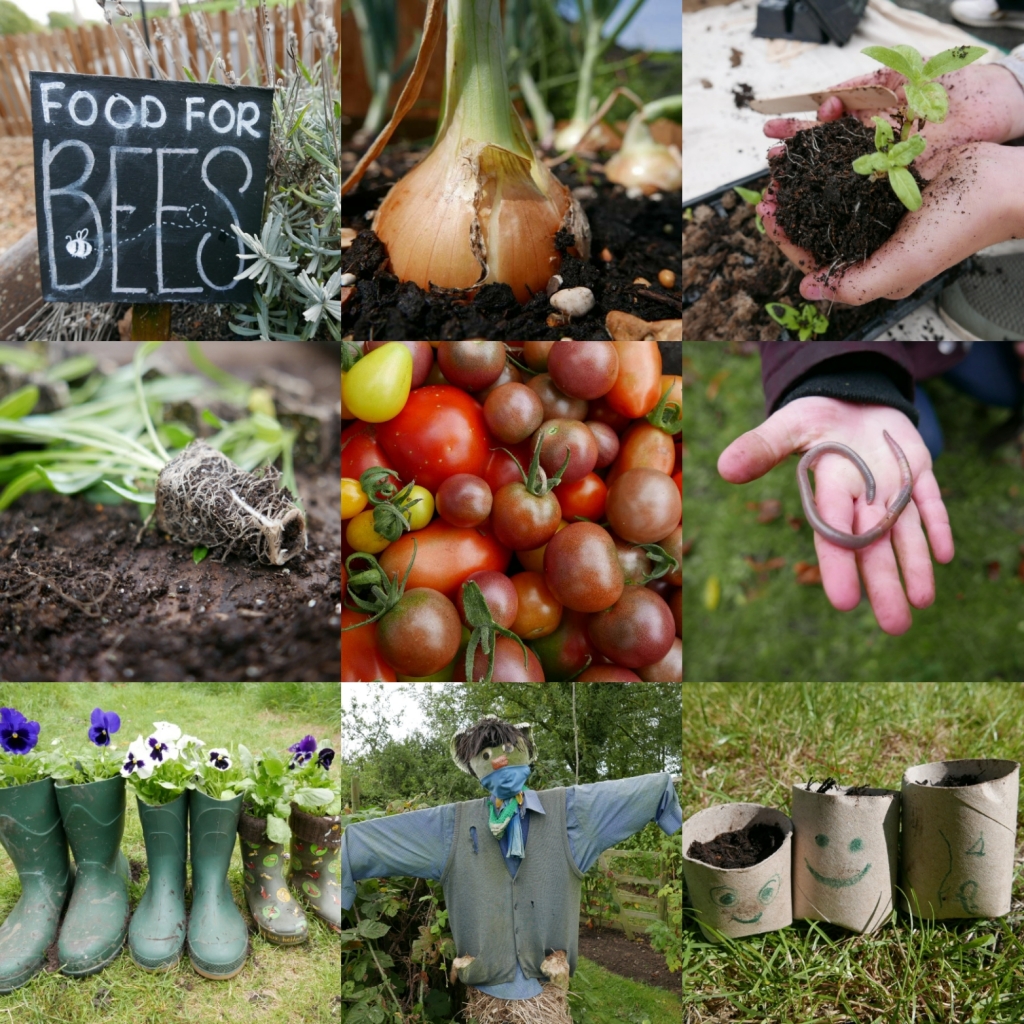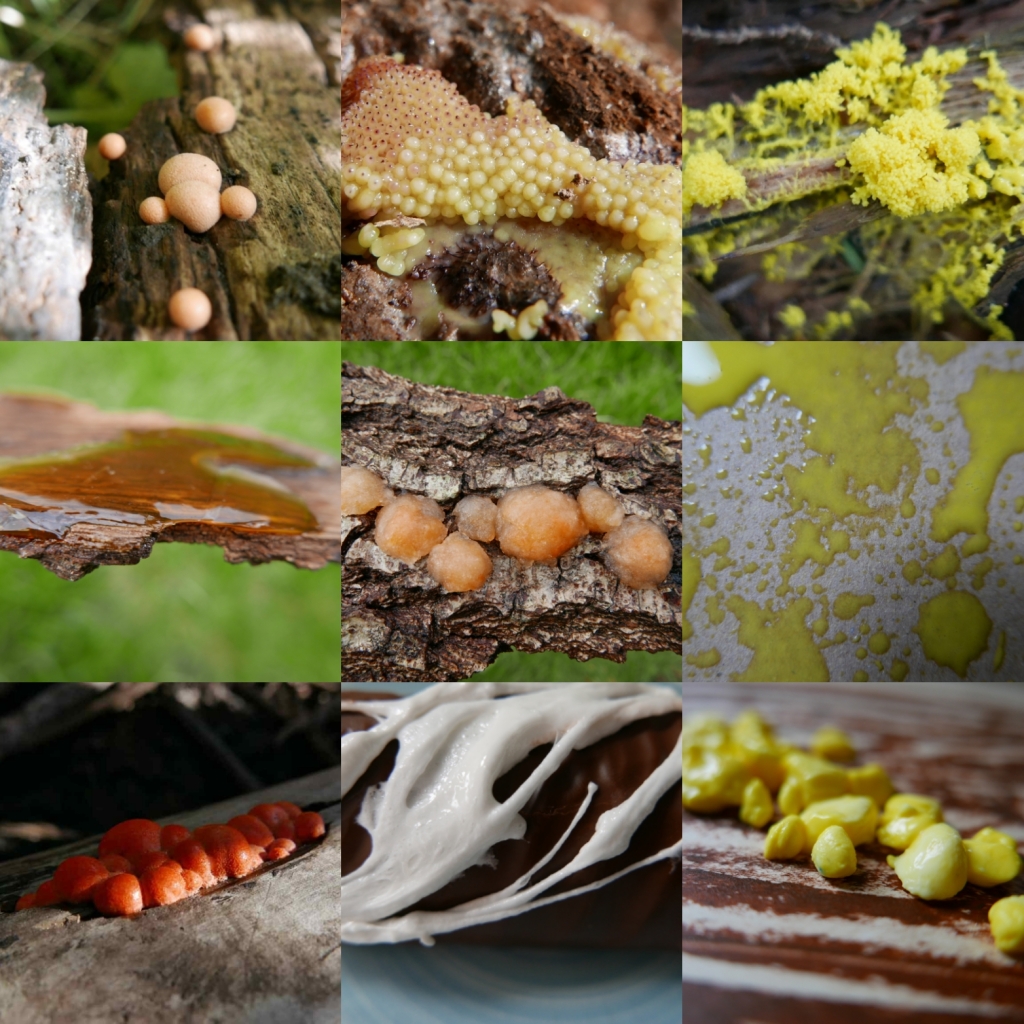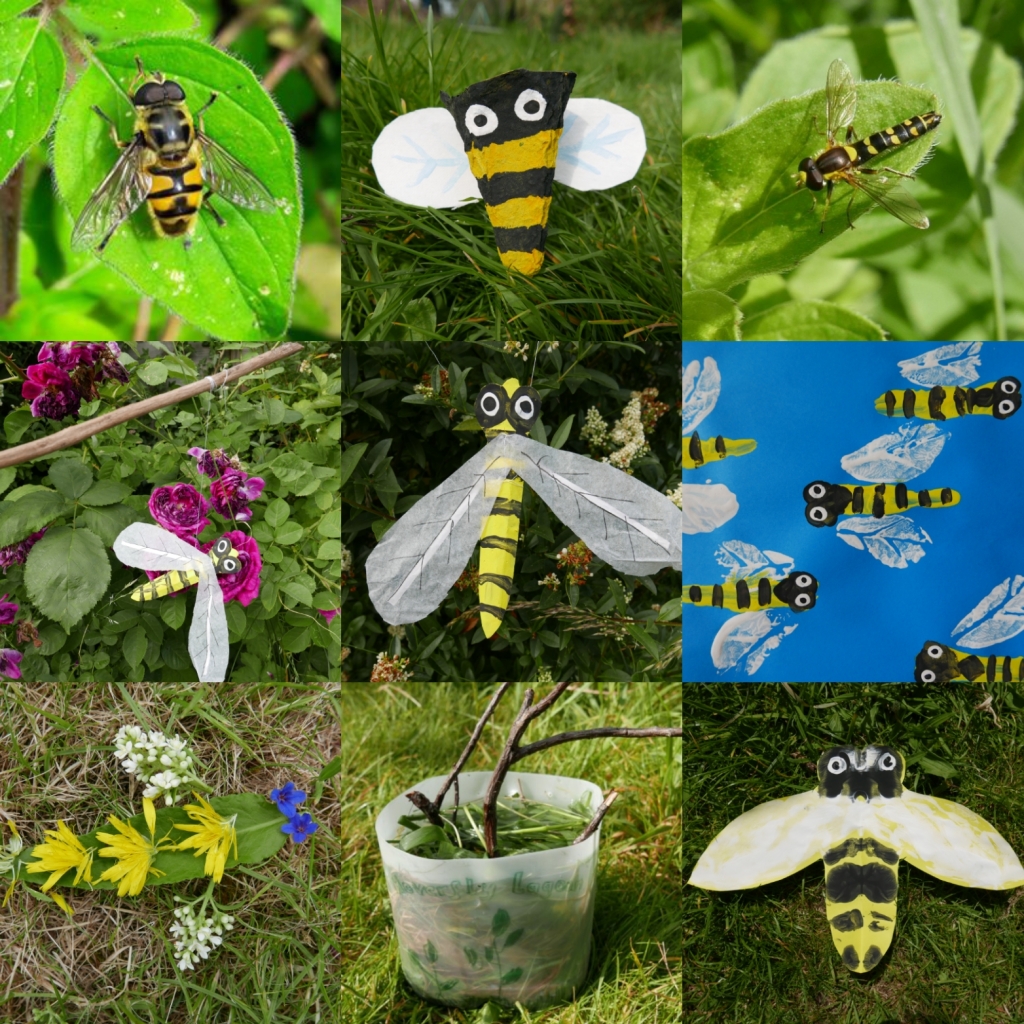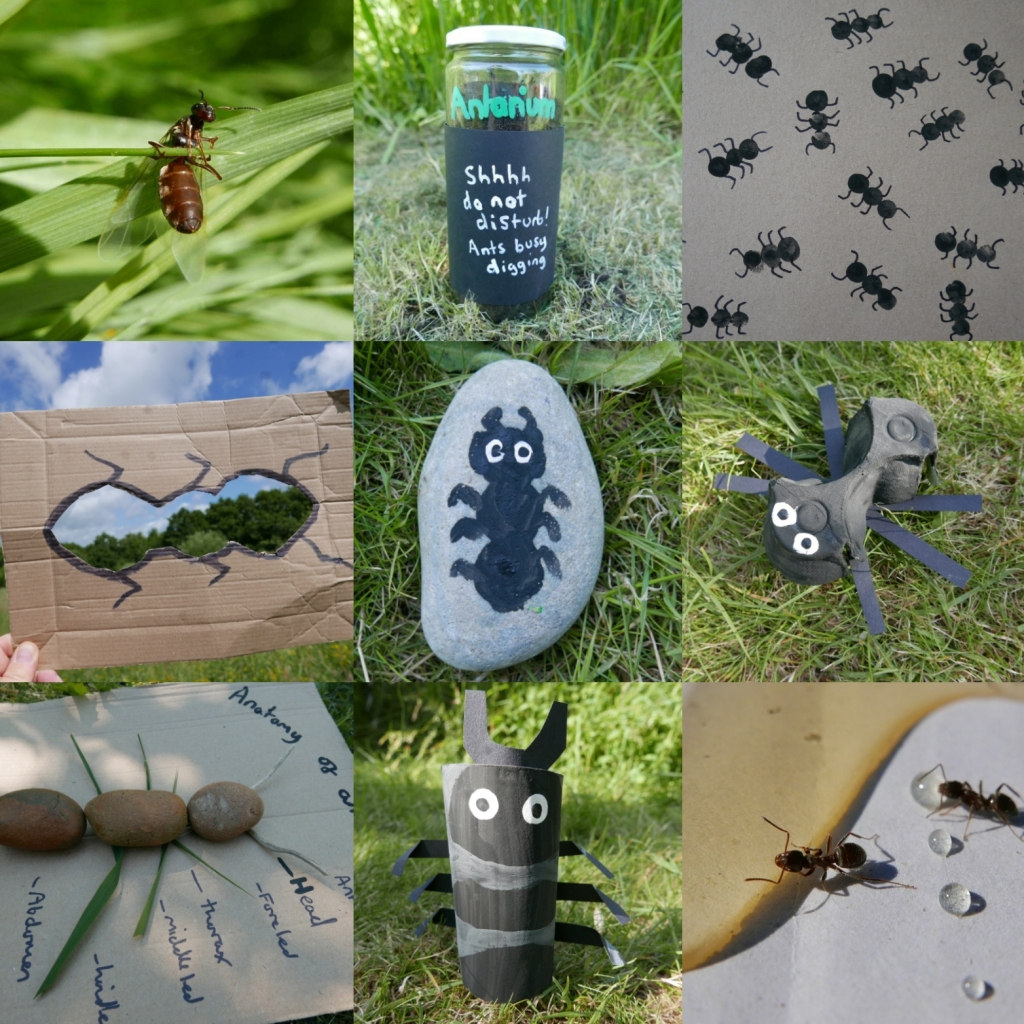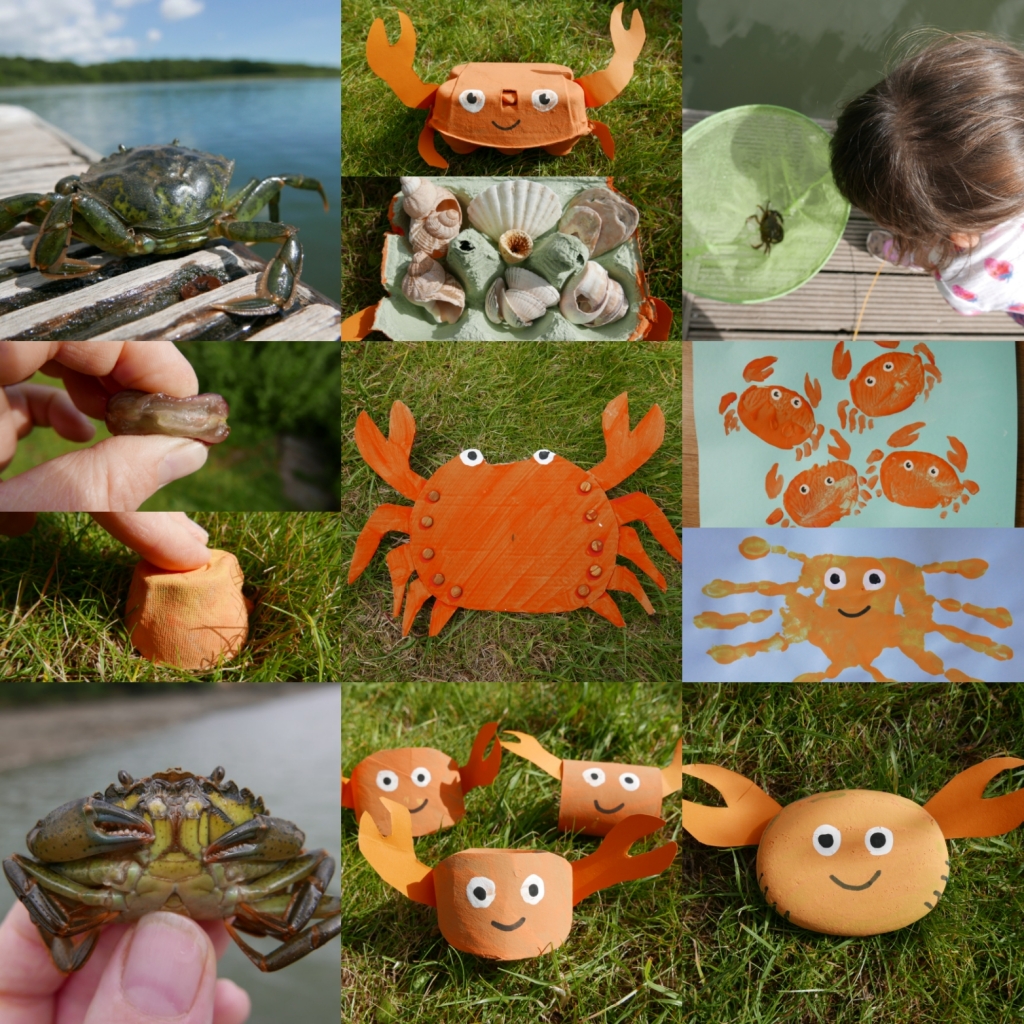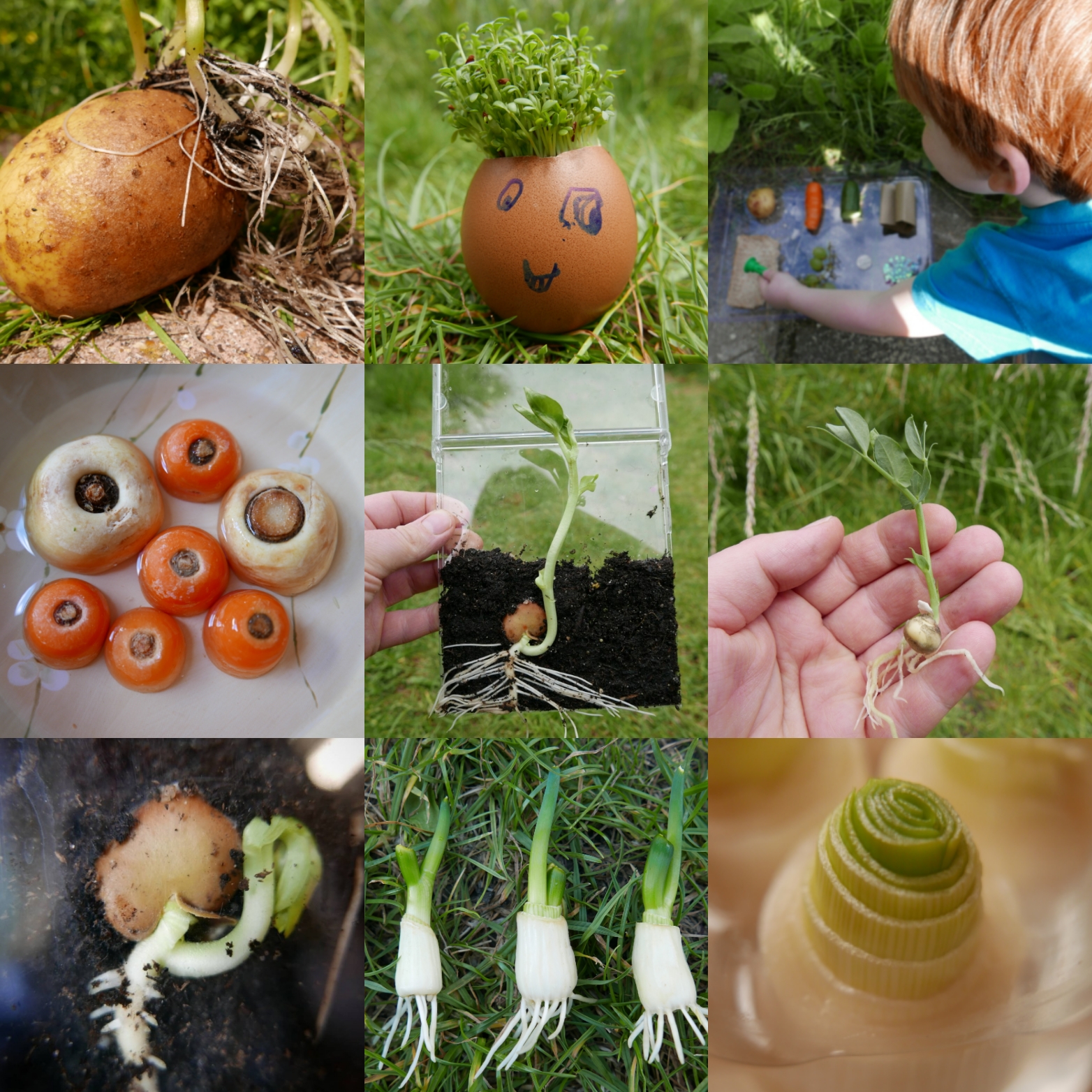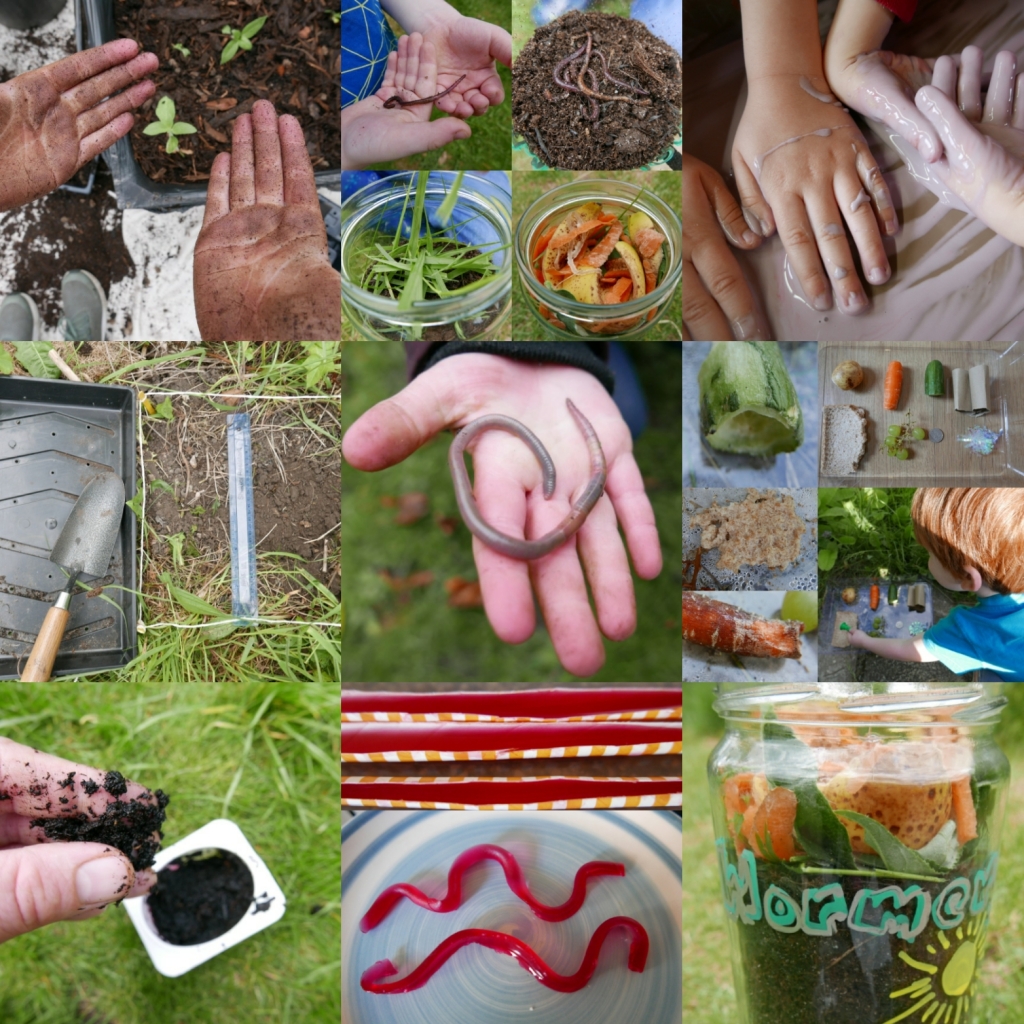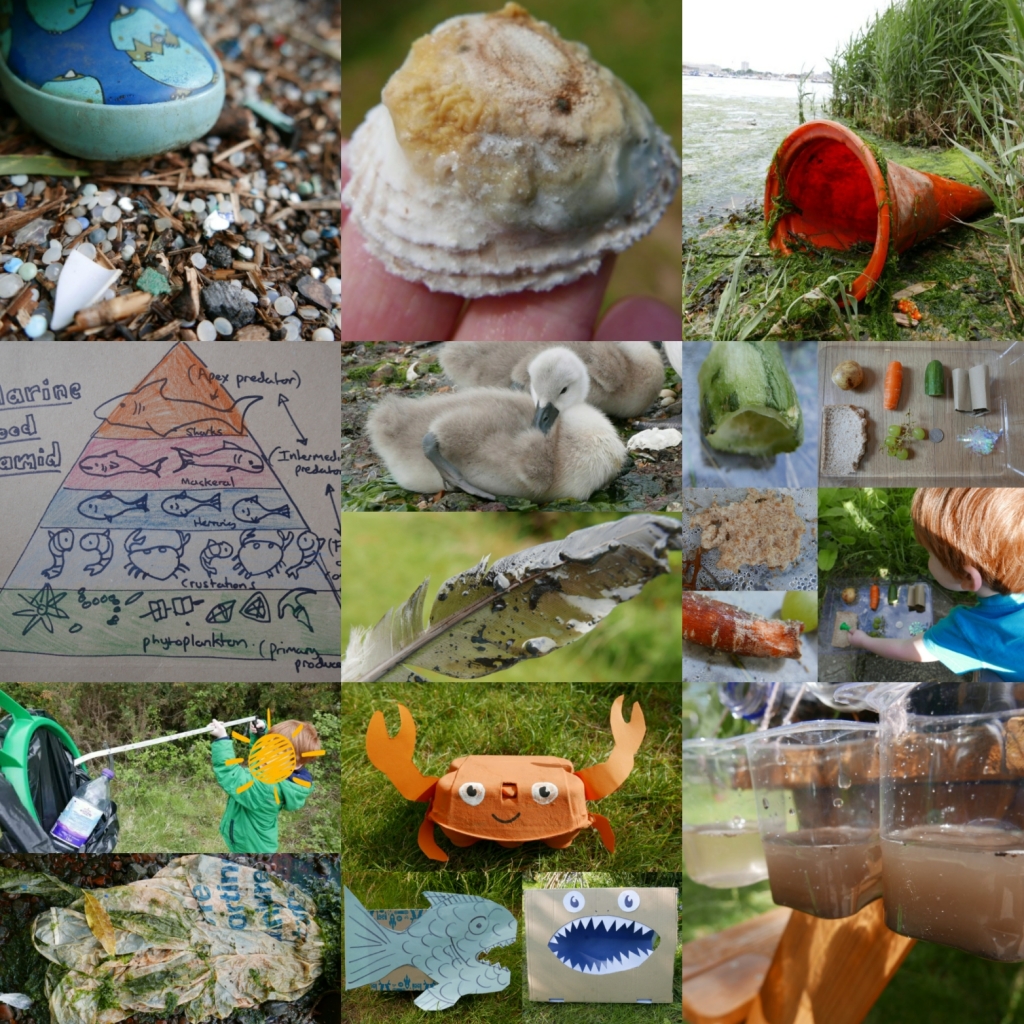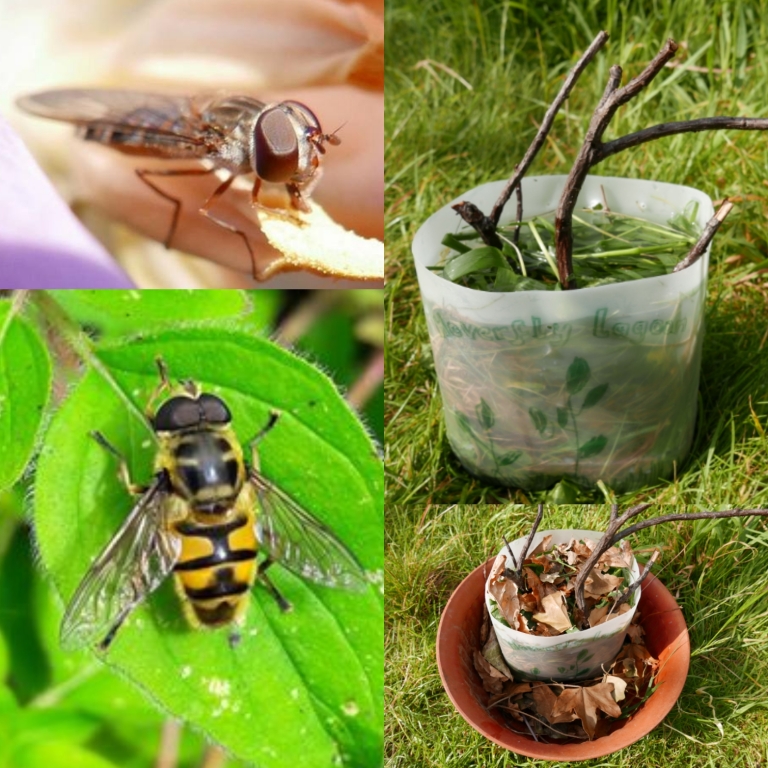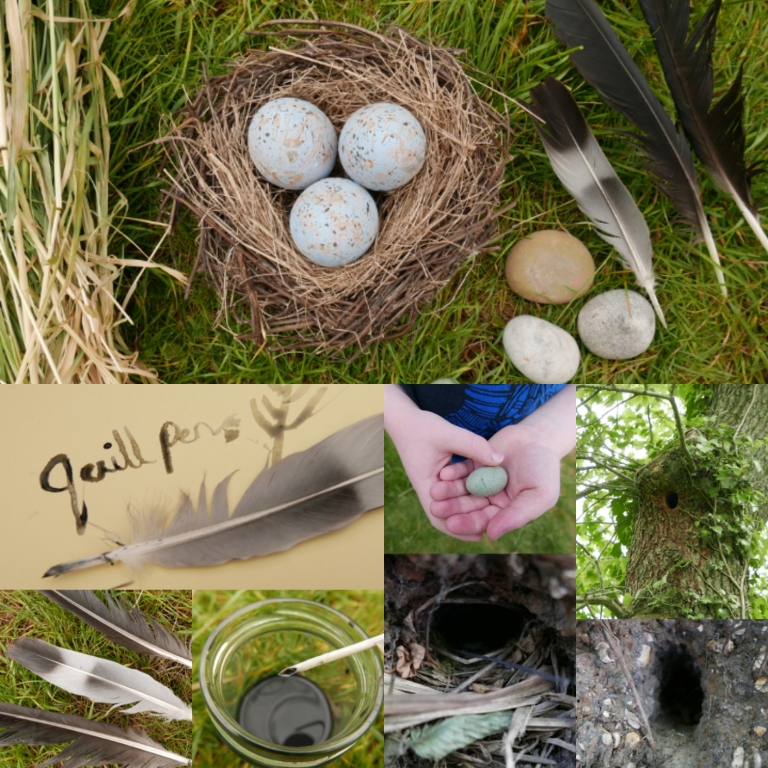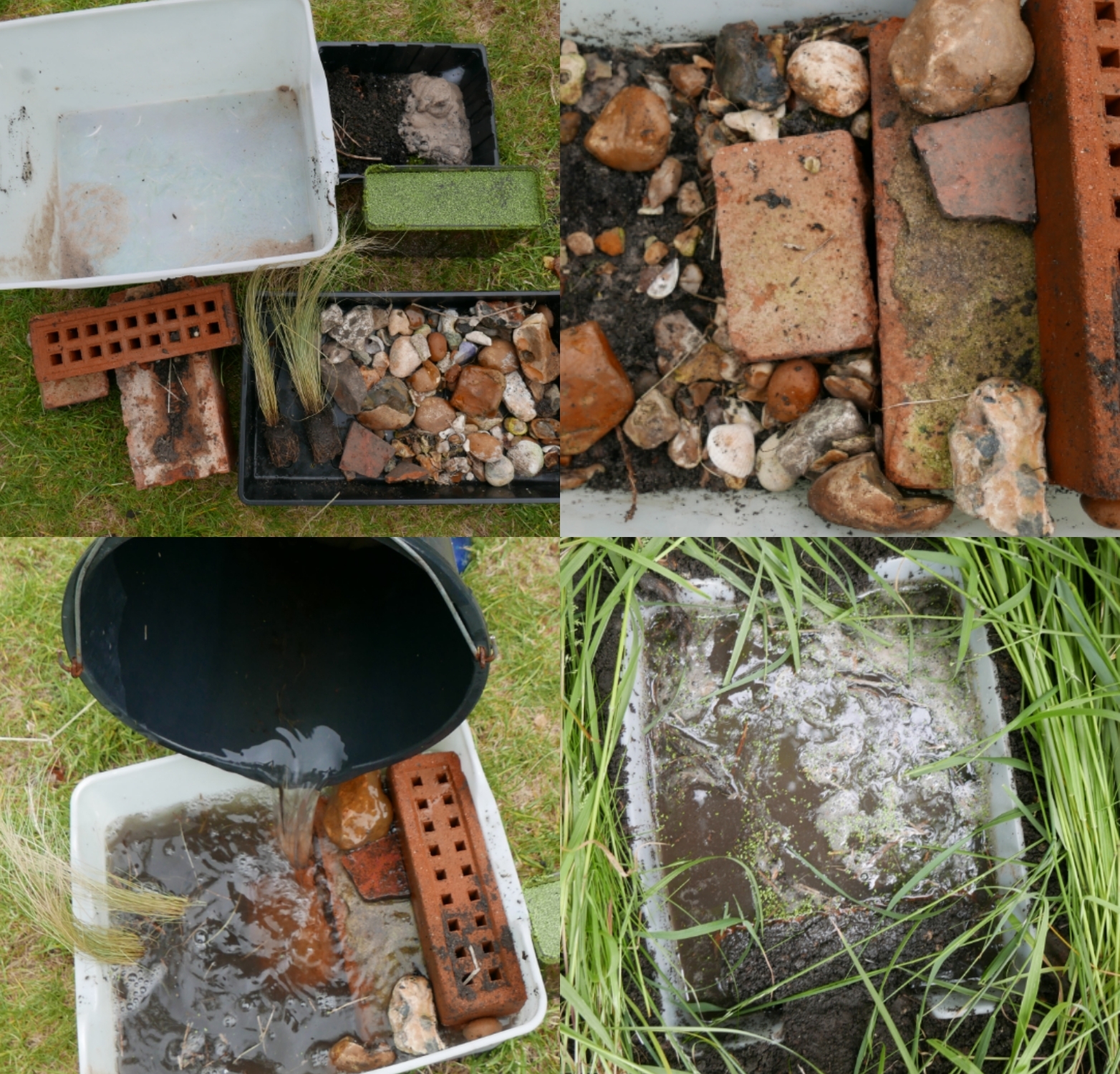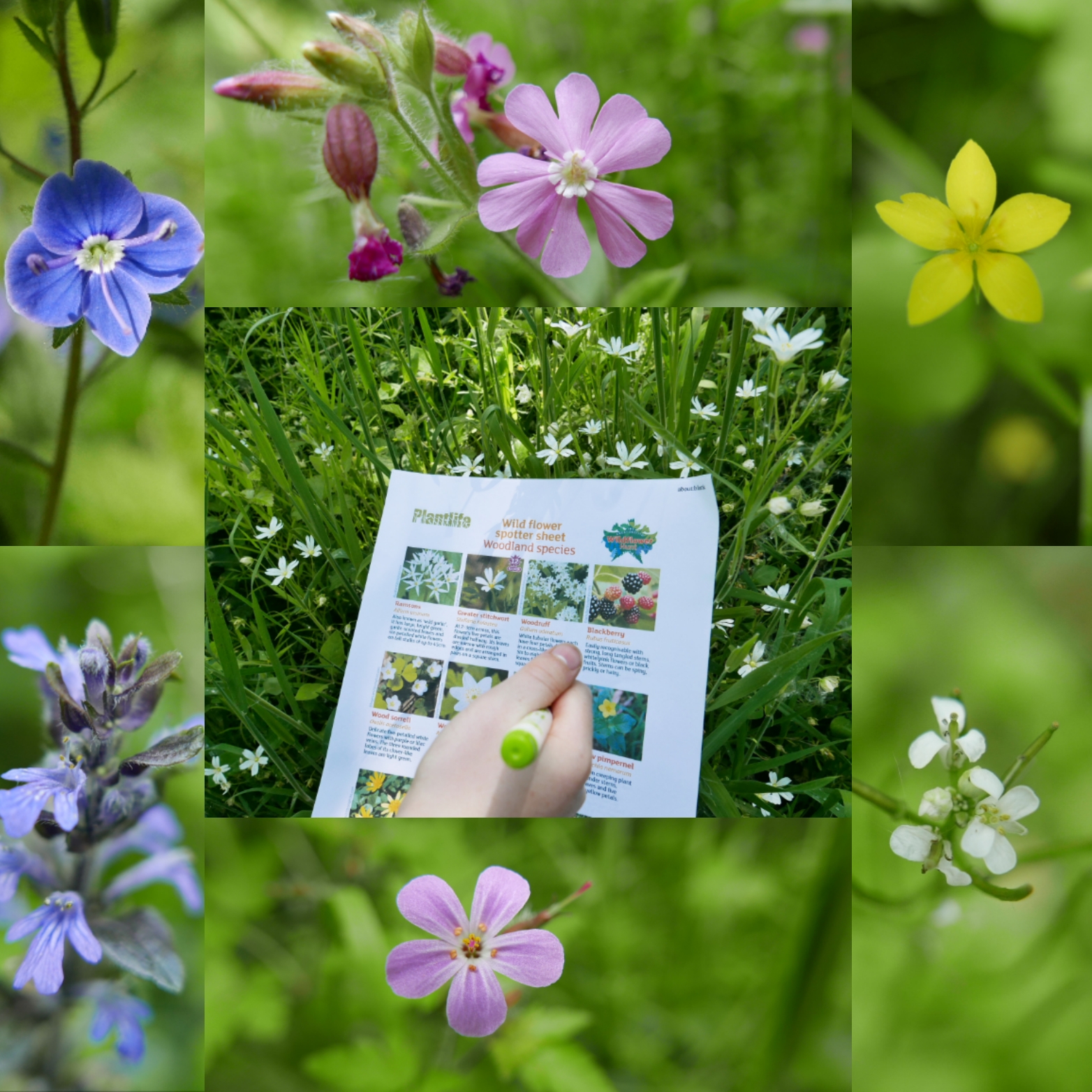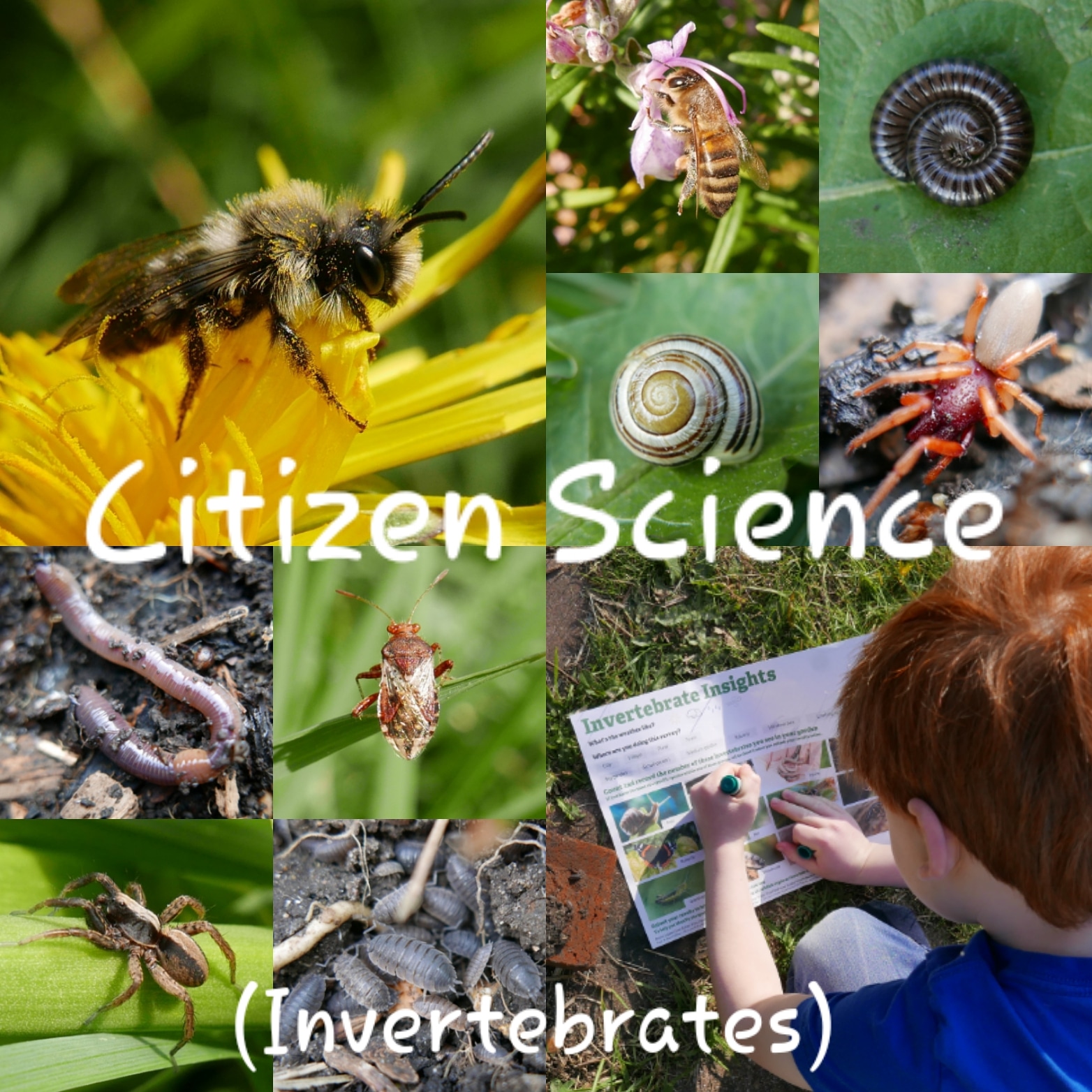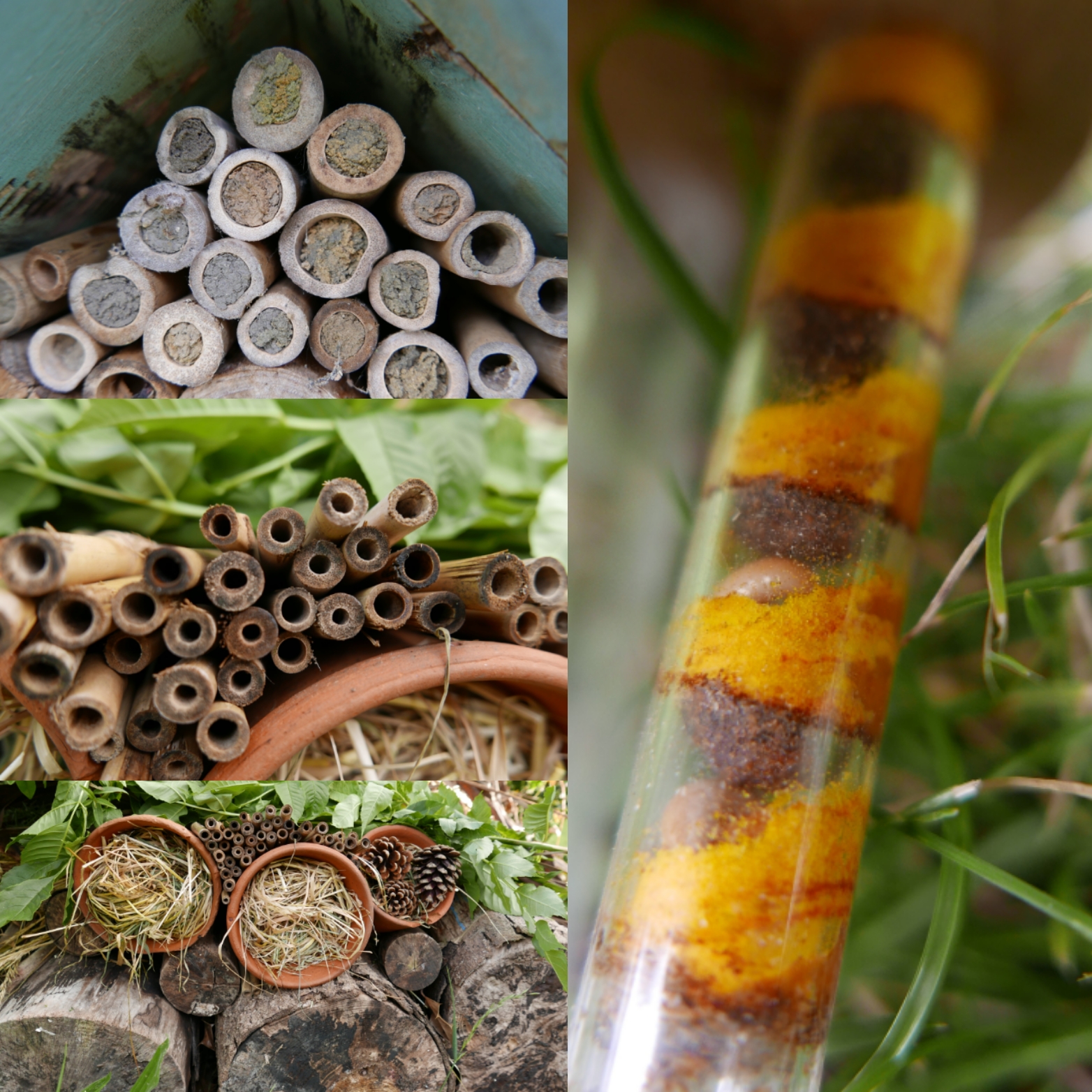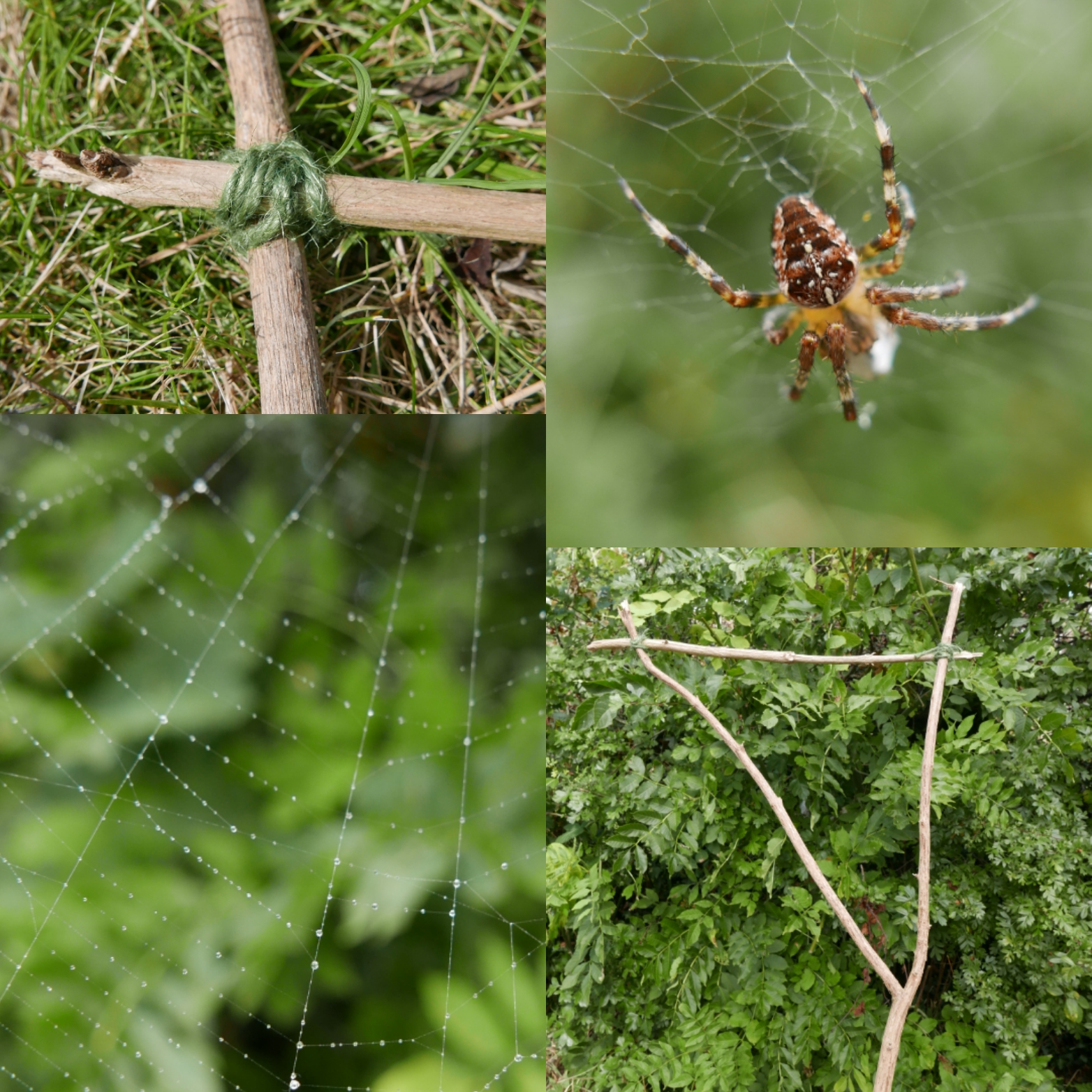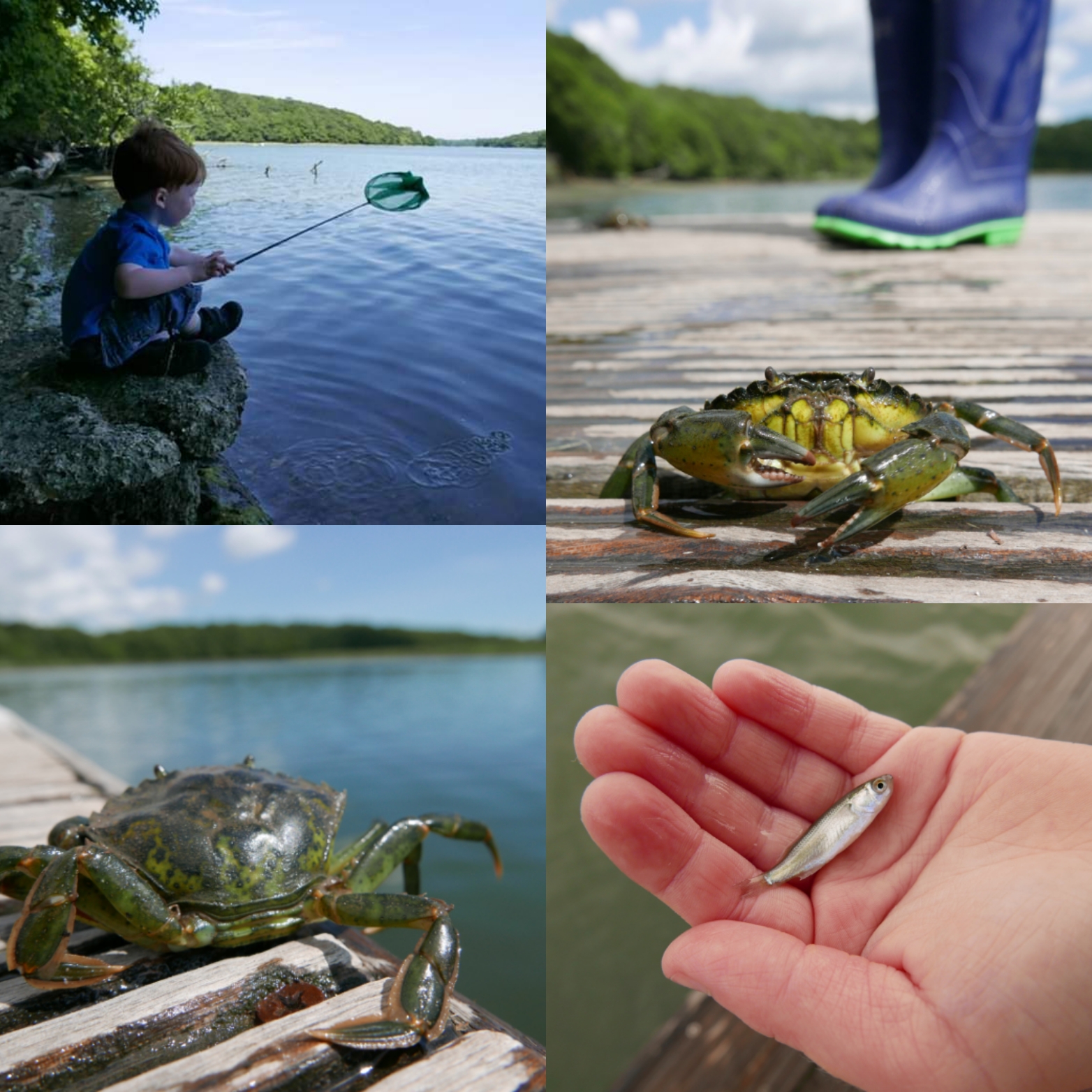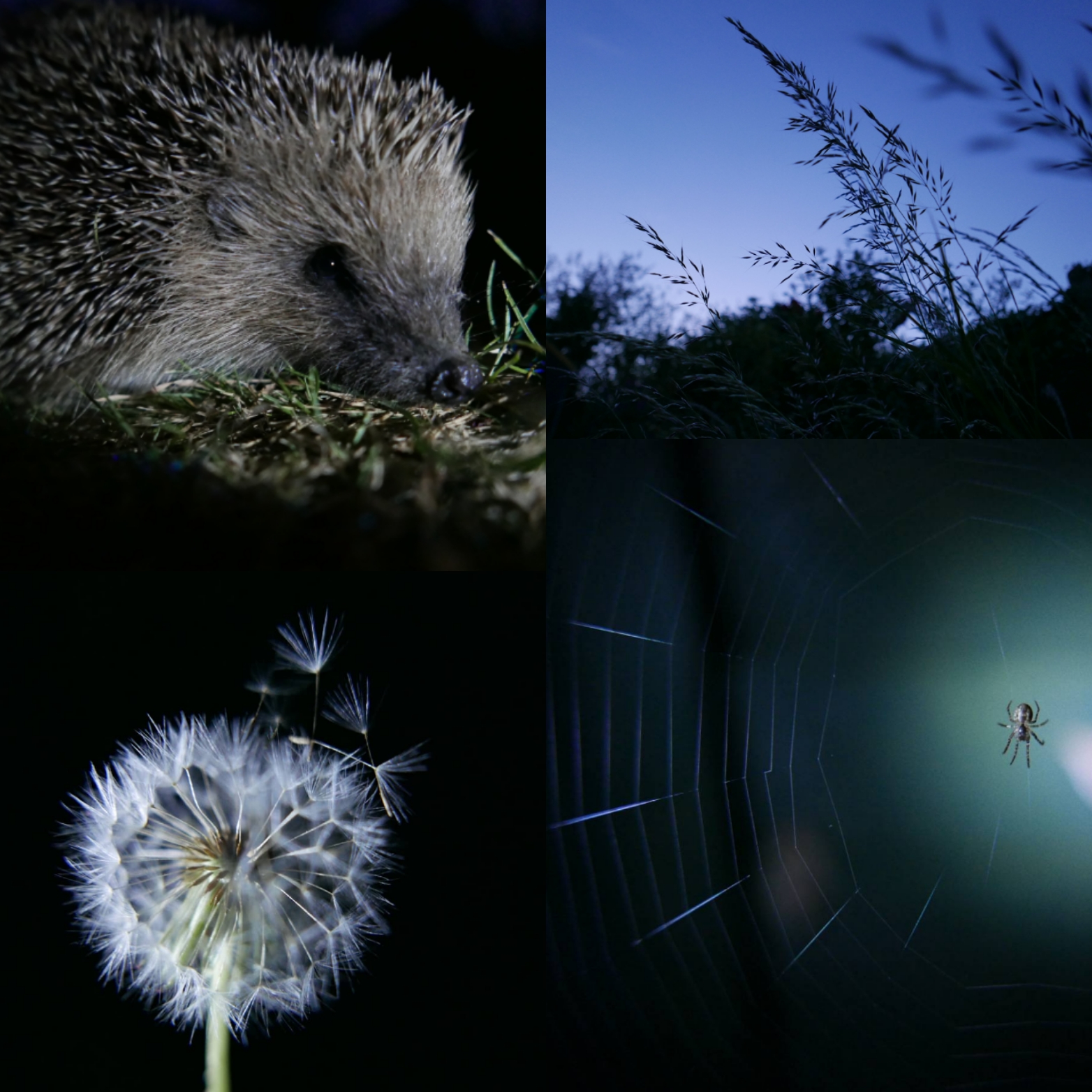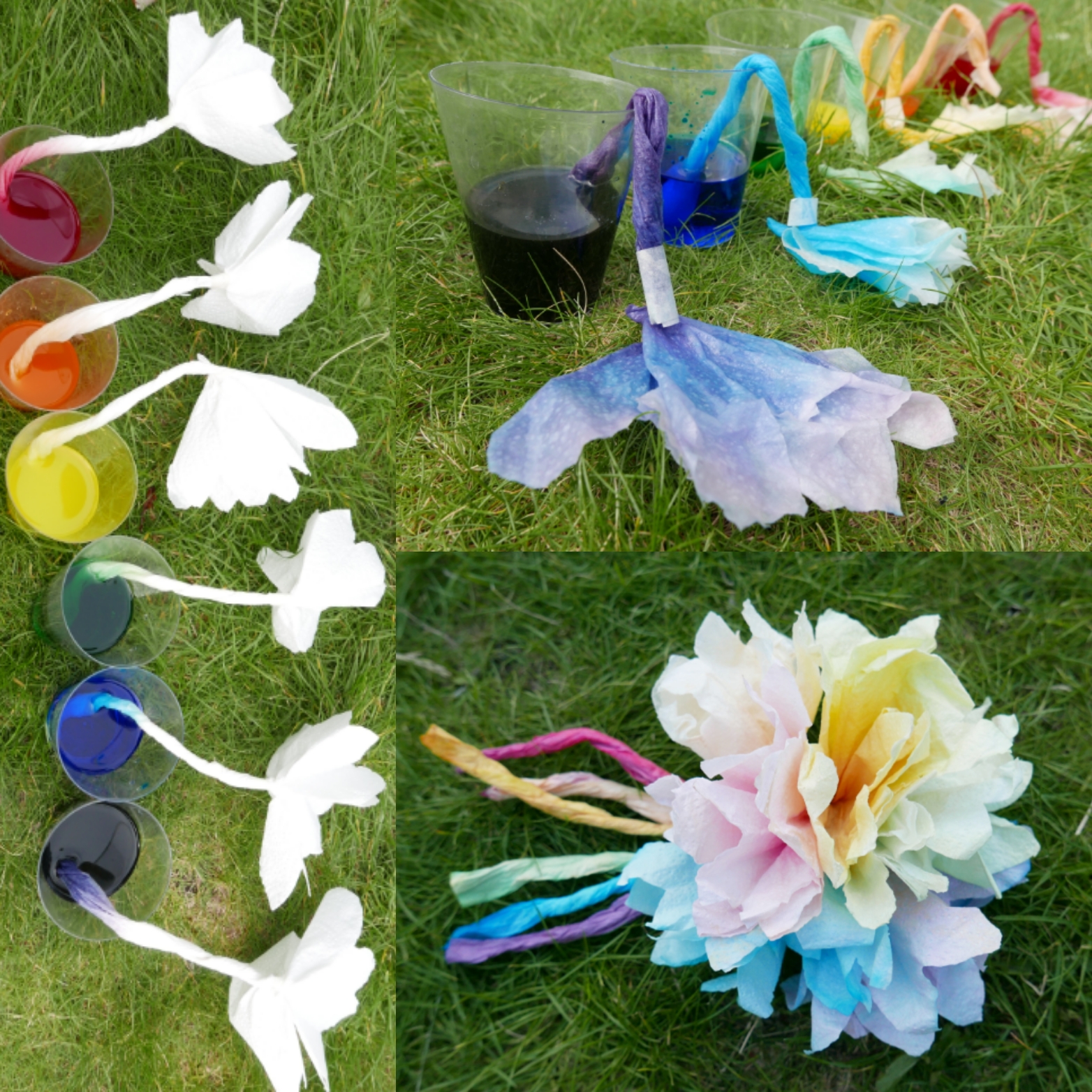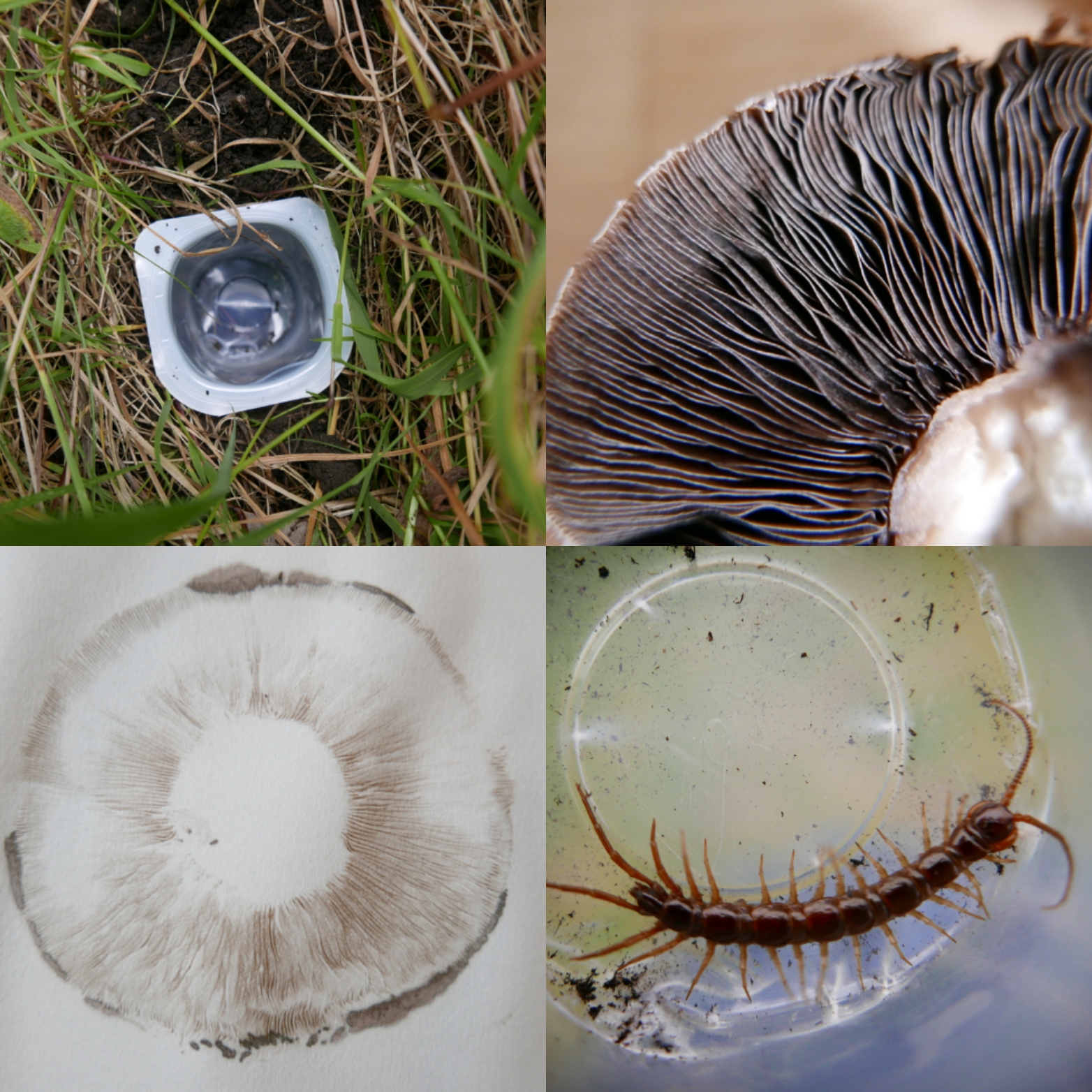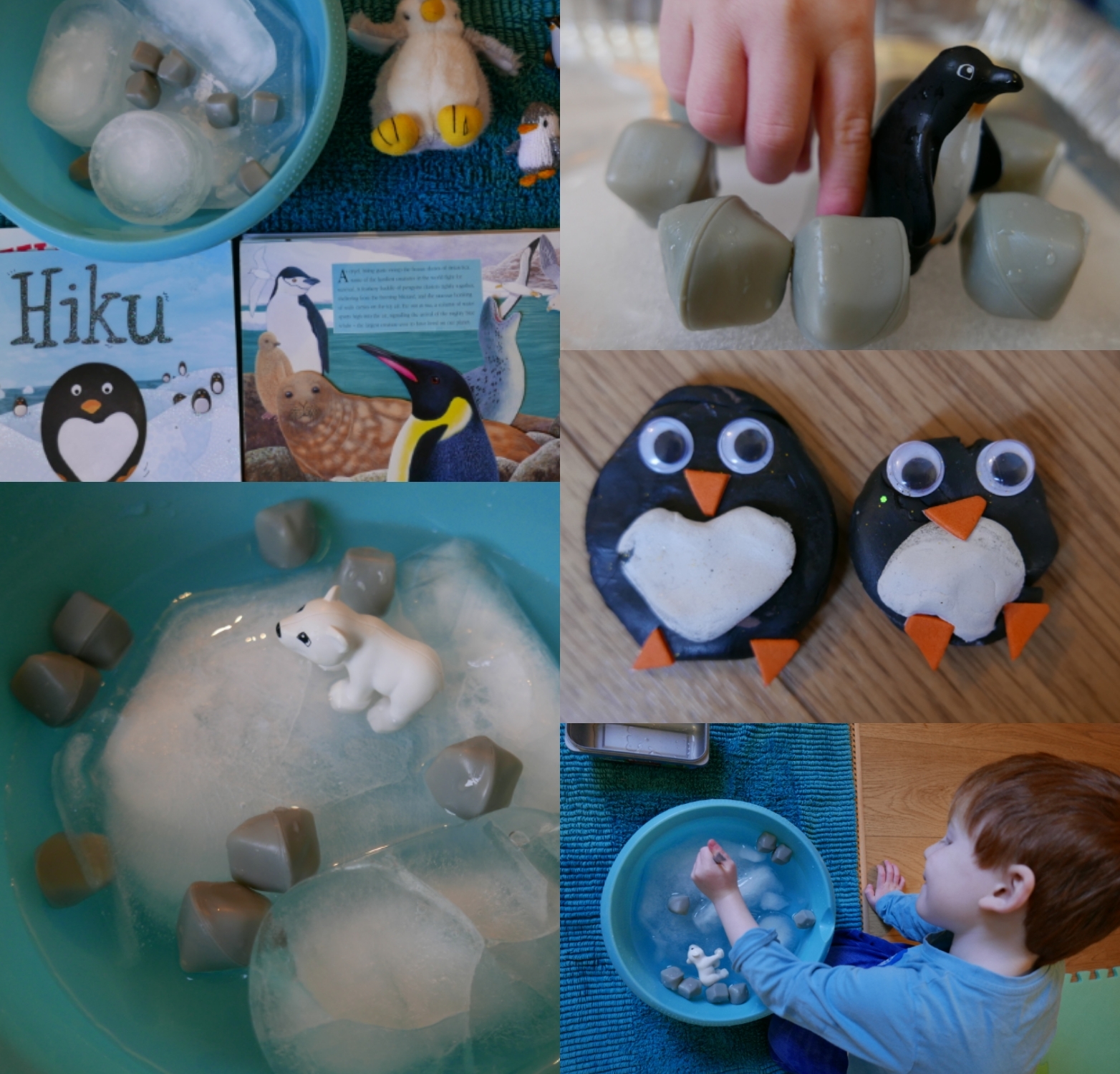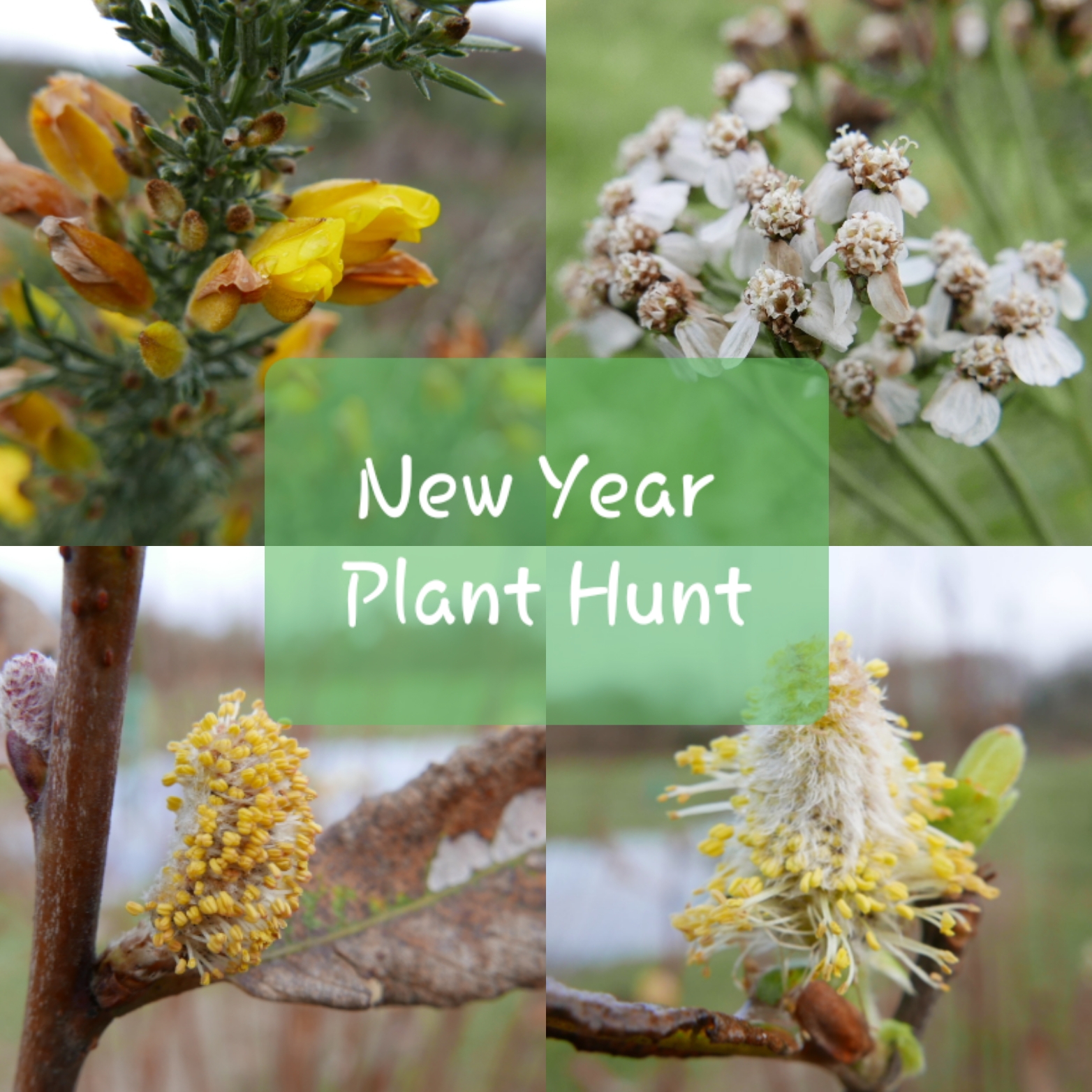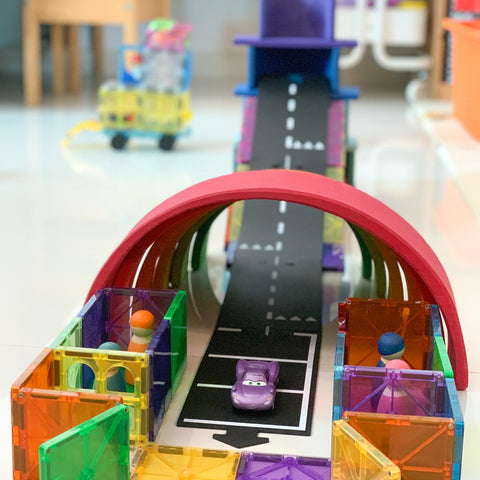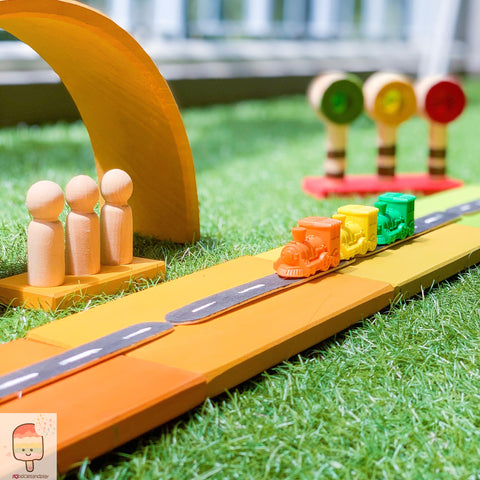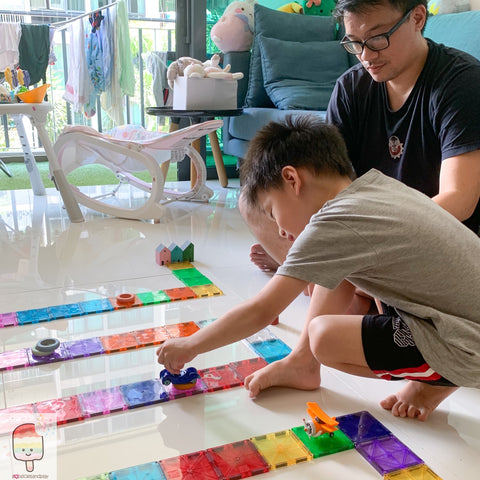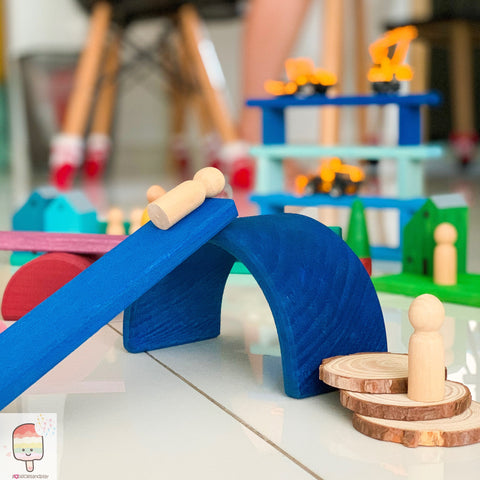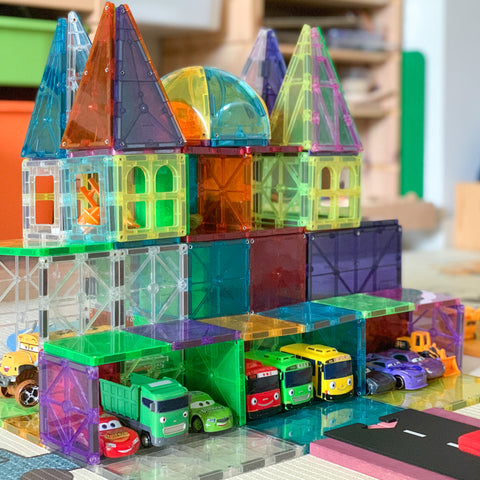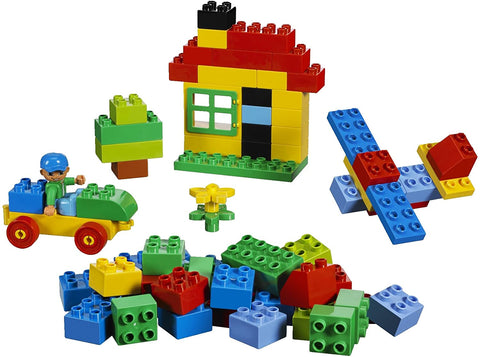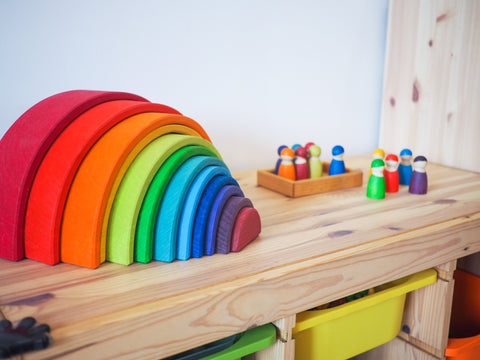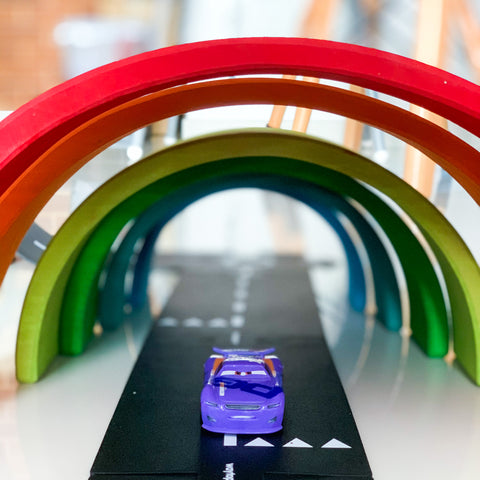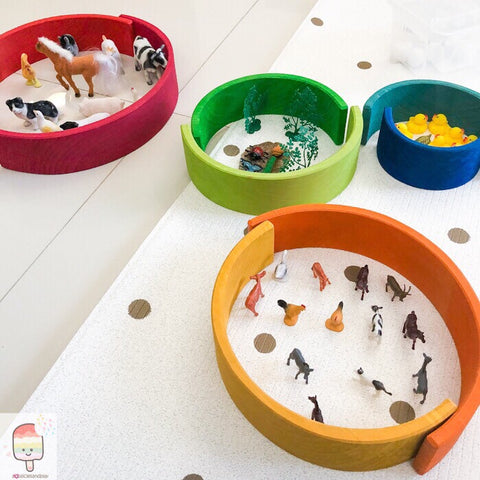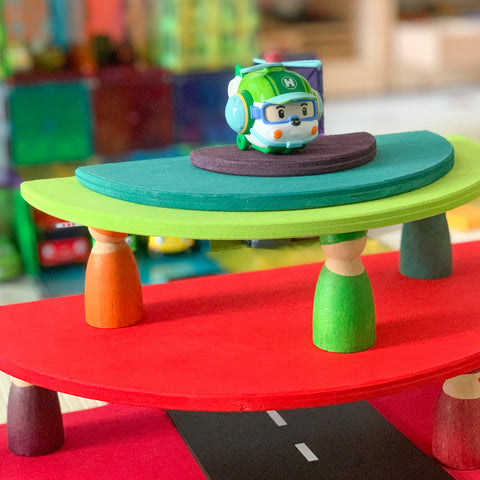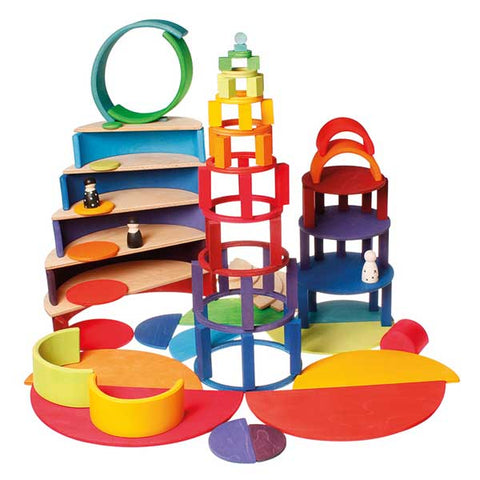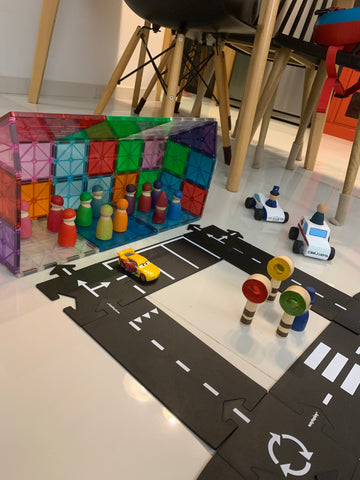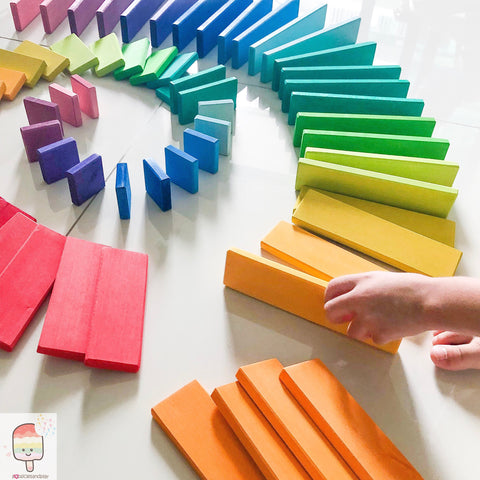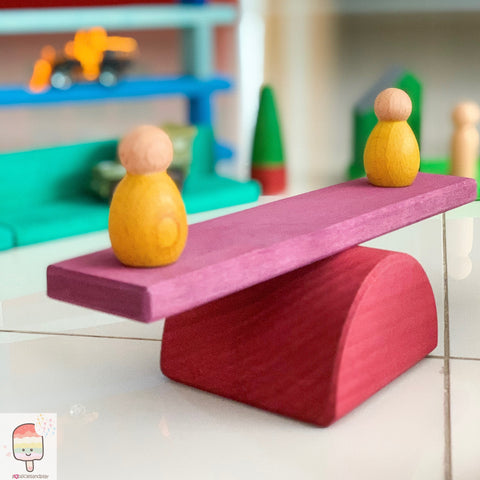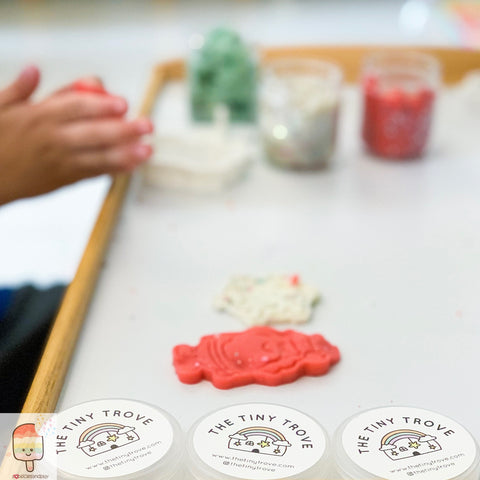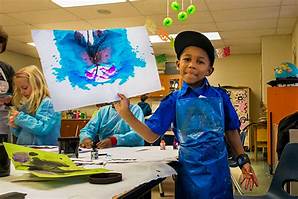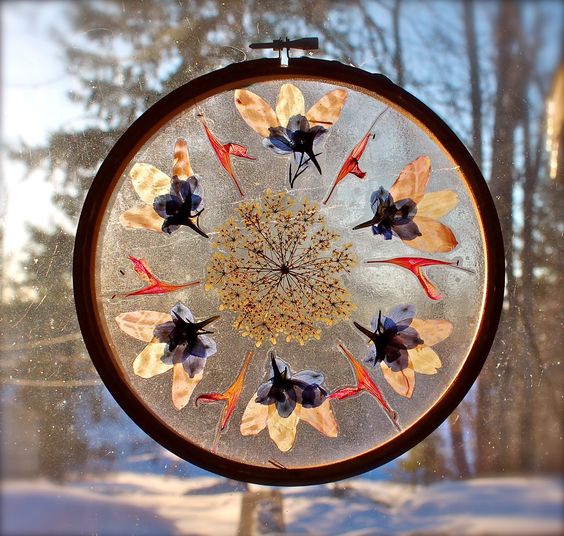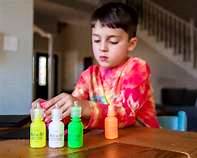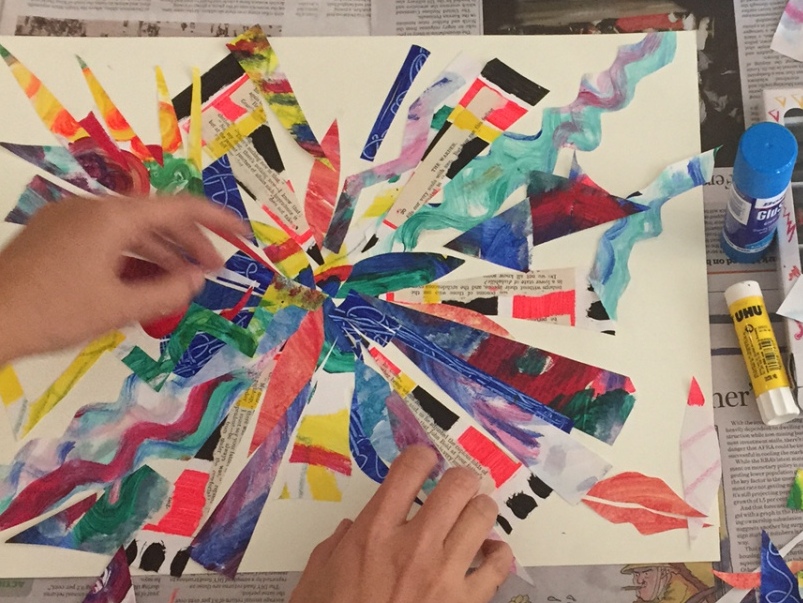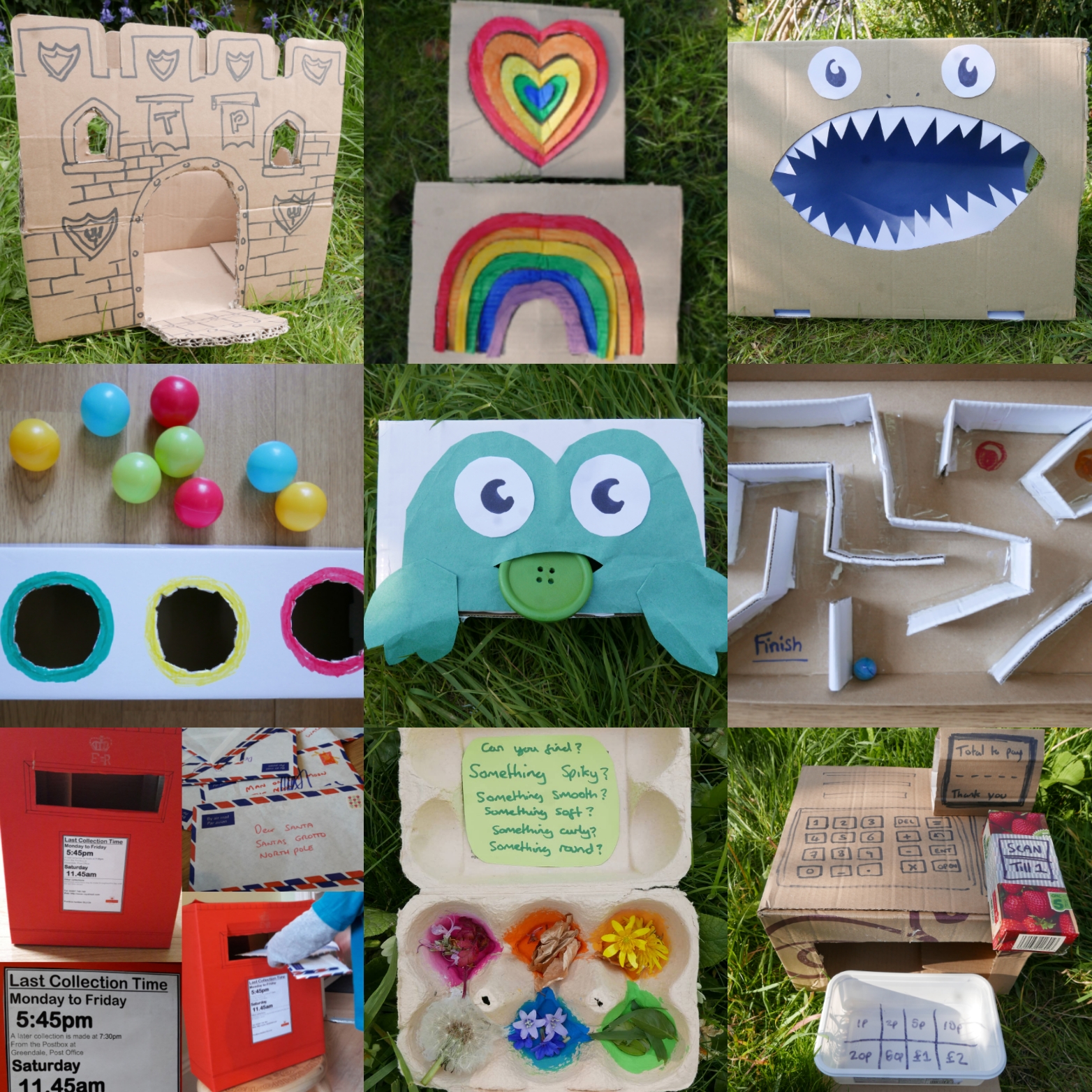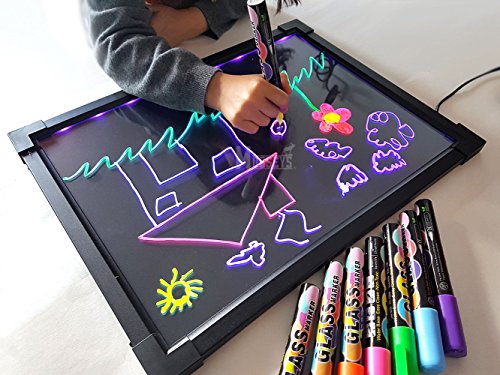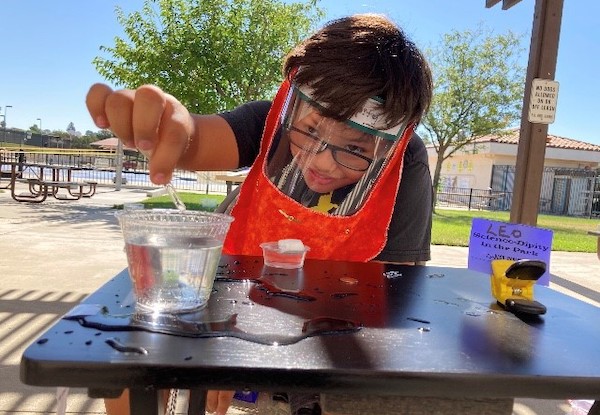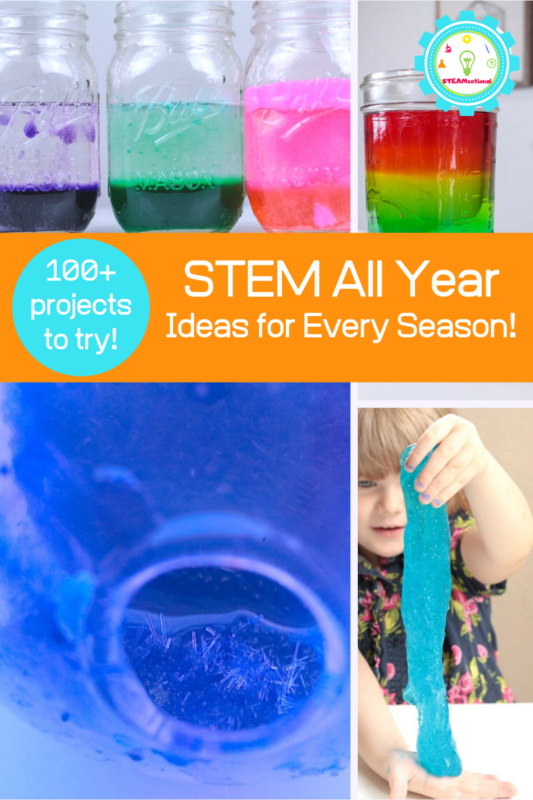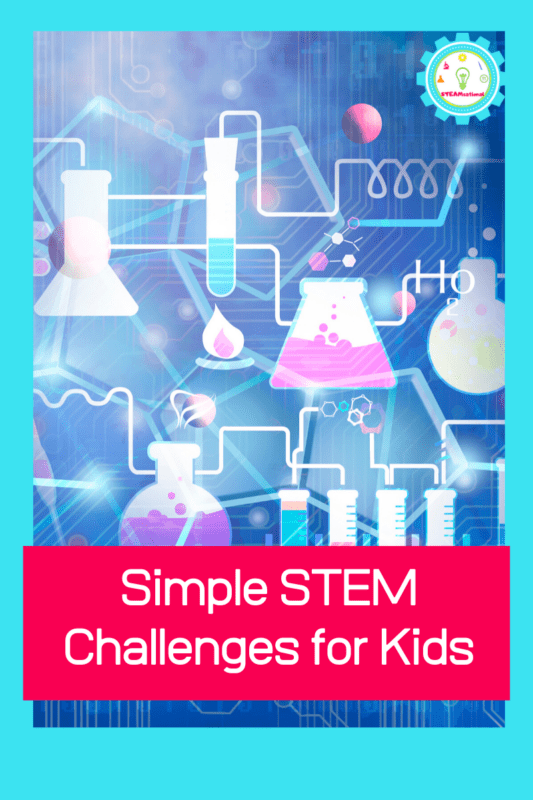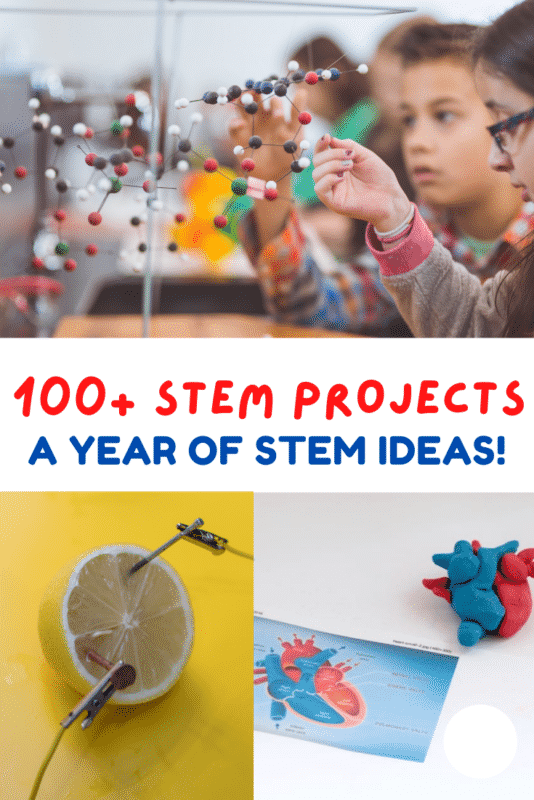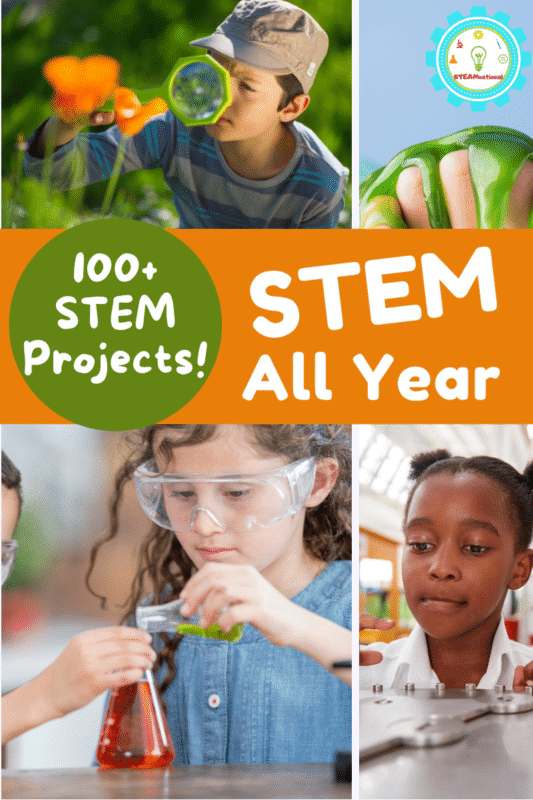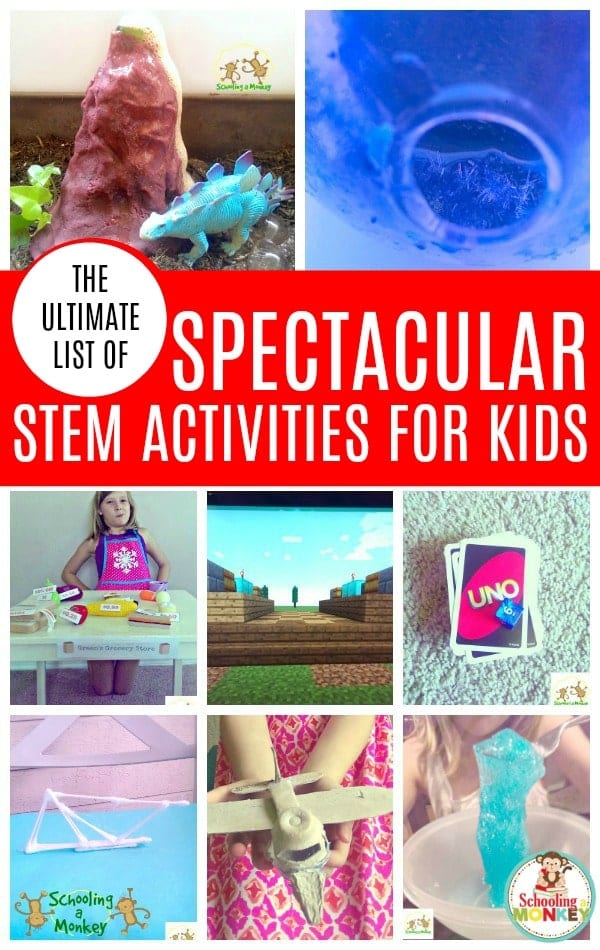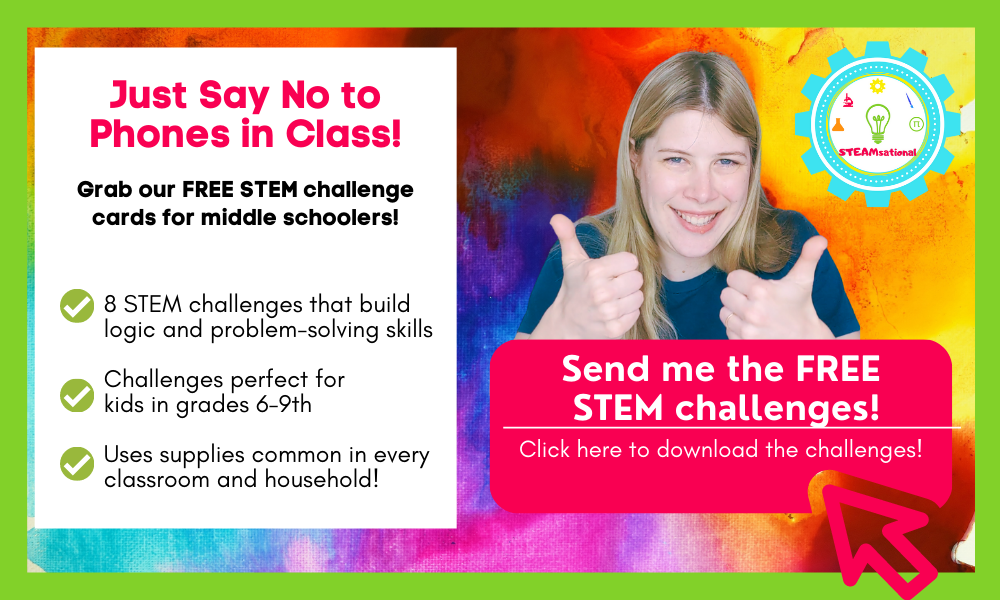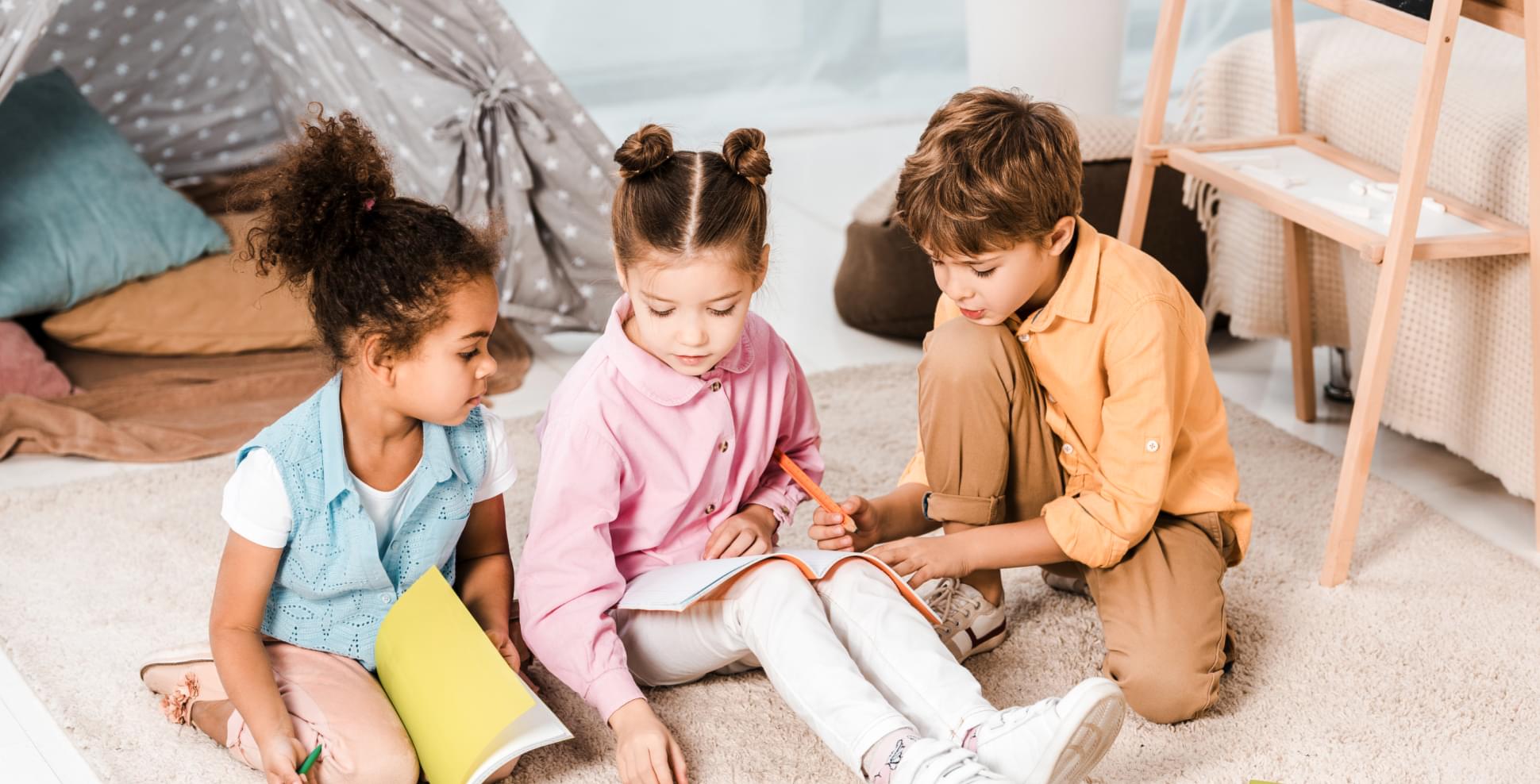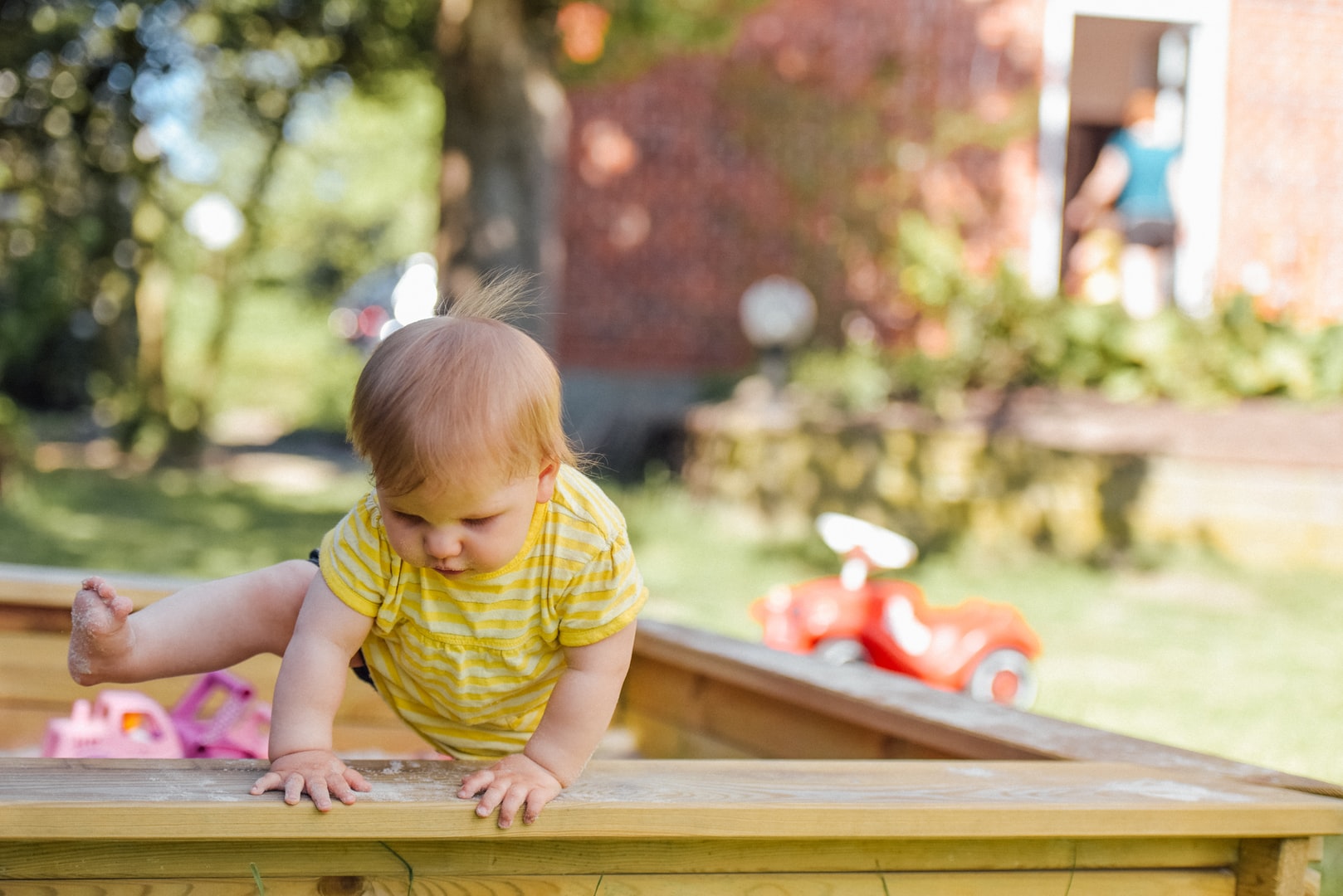
Maker Play with Nature-
Exploring And Enjoying Nature
Stepping outside opens the door to limitless creativity. Kids can create and enjoy art, music, treasure hunts, and more. Encouraging your child to create will help them connect with nature in new and exciting ways.
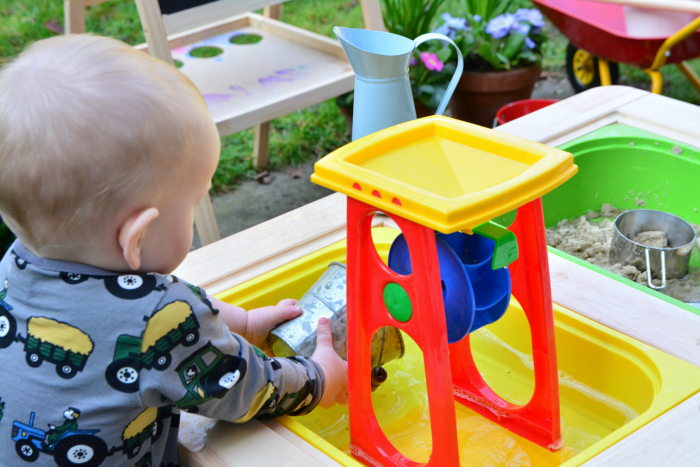
"Children are naturally curious and seek out opportunities to make sense of their world. When children are left to their own devices, they experiment and with their surroundings, take risks, make mistakes, and then learn from their mistakes." The author also provides practical ideas for spending time outside starting with babies! I love the concept that the outdoors offer a perfectly balanced sensory experience. I talk so much about the indoors, here is a snapshot of our outdoor play today.
While our backyard isn't like an open meadow or forest we do provide unrestricted access. It's still winter but the sun has been out and it's been so very beautiful.
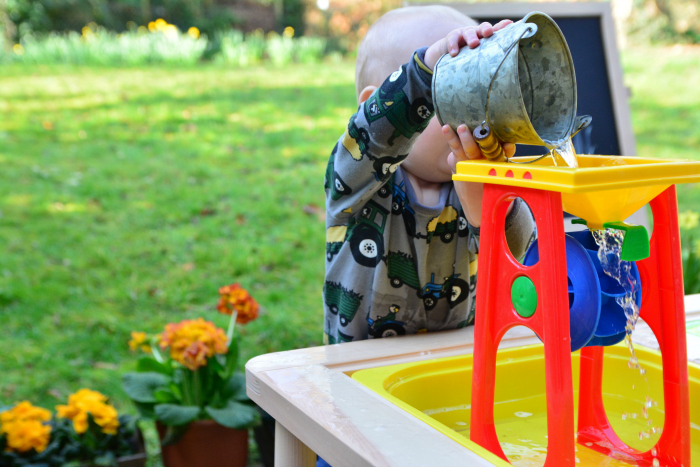
Our outdoor space is treated much like our indoor space. Weston has free access to his materials. It's almost a 'yes' space, there isn't anything he can't touch or do (besides eat the dirt or the plants). Our neighbor's dog keeps on getting over the fence which is a delight, Weston looks for her first thing in the morning.
Although we have an art easel, a sand/water table and, a few materials, Weston spends most of his time outdoors running around with a stick, or his rake - just being busy or digging. Buckets are very important to our outdoor space as Weston will spend a lot of time transporting water. He's also barefoot outdoors as much as he can while the warm weather is here. The feet get a lot of sensory feedback and going barefoot helps to develop those little feet muscles.
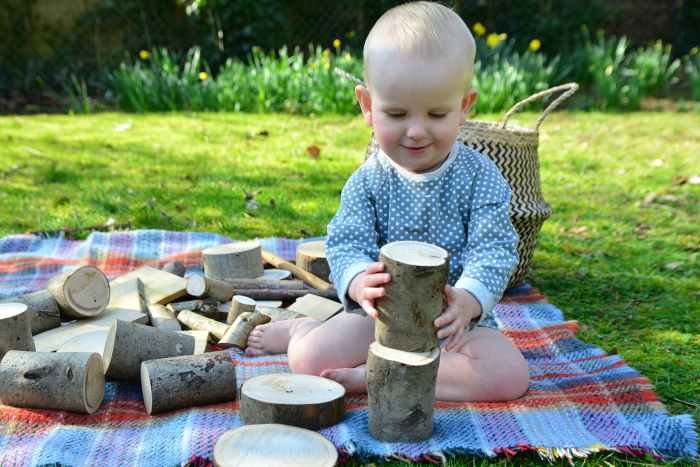
I'm also passionate about block play. In we had a unit block set that the boys often used outside. Unit blocks are very large and the children could build high structures. I wanted a set of blocks just for outside, we decided to use the very affordable tree branch blocks pictured above. These have a lovely texture and are perfect for Weston, with some big pieces and some little pieces. He can throw them, he can bang them together and he's not going to do any damage.
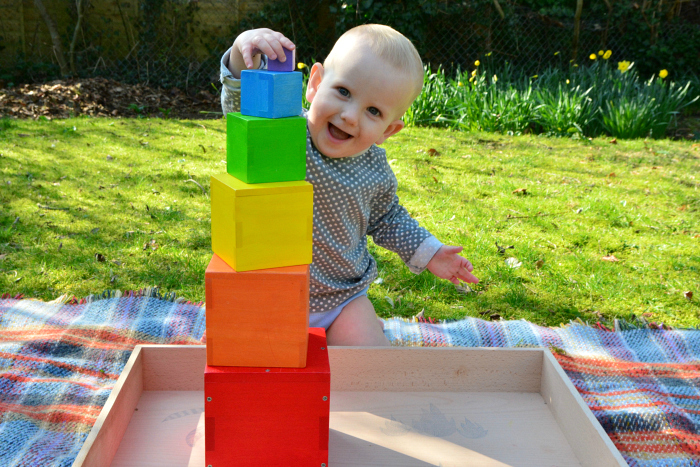
While we have chosen not to have a Pink Tower at home (Weston can use that once he starts school) we have toddler stacking boxes which are fun to use outside too.
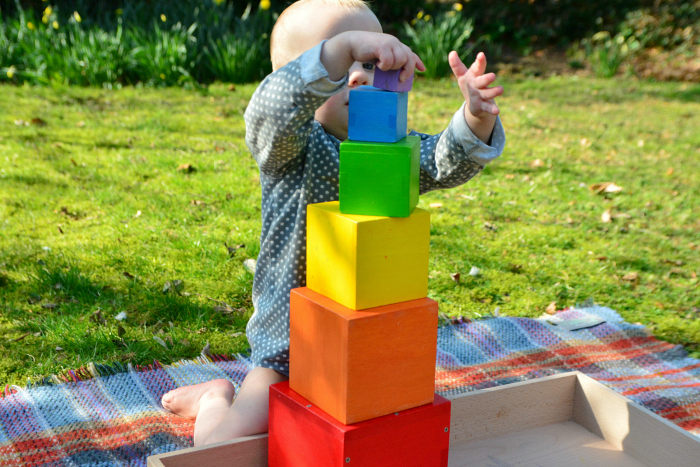
The stacking boxes are large and heavy so they provide a different kind of experience for Weston.
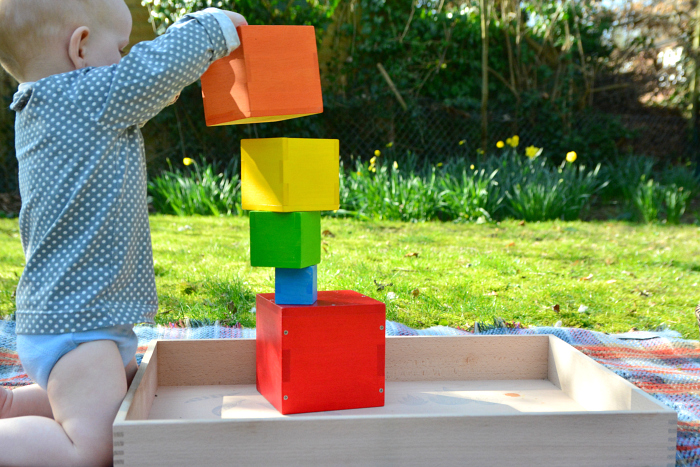
It's all about experimenting and free play when you are outdoors!!!
Nature can be a great inspiration for artwork.
Using colorful leaves and flowers is a great way to change up your kid’s art supplies. They can make all sorts of collages and patterns with natural materials, or even combine them with traditional art supplies as well.
You can make interesting things to look at, and you can also make interesting things to listen to. Help your kids experiment with sound by creating a space where you can hang up bells, old pots and pans, PVC pipes, and any other interesting materials. Kids can use sticks and hands to discover new sounds.
Getting creative with nature goes way beyond pictures. Kids can also create huts, obstacle courses, or treasure hunts.
These are great ways for your child to practice independent creativity, and they are also perfect for group play.
Teamwork through a treasure hunt or coaching each other through an obstacle course are great activities for social, physical, and mental development.
Taking learning activities out into nature is crucial for the development of a child.
They will learn and grow in so many different ways. You likely have tons of opportunities for play and learning in your backyard or neighborhood, but you might also consider special trips to exciting outdoor locations like a beach, forest, park, or nature walk.
Many practical life activities are best done outside.
The Montessori philosophy includes an emphasis on teaching children through real-life activities that are part of an adult’s regular life. There are plenty of outdoor chores that could be adapted for child play and learning.
Imaginative play, different from the fantasy that Montessori avoids, can also flourish outside where there are a lot of new objects and environments to experience. All the new items that a child wouldn’t be able to find inside will spark their creativity. Art projects and sensory play become even more intriguing when they are based on outdoor materials.
The physical development benefits cannot be ignored. When you take play and learning outside, there is so much more space for the child to practice their mobility, as well as opportunities for challenging activities like balancing and climbing.
The outdoors provides an ideal environment for practical life activities, imaginative play, sensory work, motor skill development, and concrete learning. Learning activities rooted in nature are inexpensive and effective.
One of the best Montessori outdoor activities is gardening. Digging and weeding are excellent sensory activities that will increase dexterity and introduce appropriate challenges. Children will learn about plants as they see their garden grow over time and can gain a better grasp of the life cycle of the food that they prepare and eat inside. They can practice patience while watering and waiting for growth, and they will be intrigued by the different colors and textures that can come from a garden.
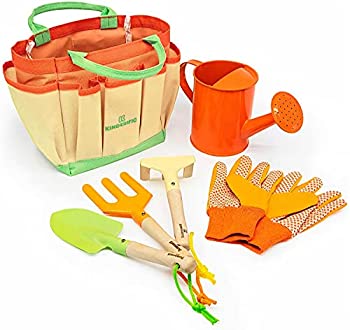
Kids Gardening Set from Amazon
With their very own kid-sized gardening toolset, they will feel important and independent while gardening. They can also use their mini gloves, shovels, and watering cans to help with other yard work. Kid-sized “toy” tools will help encourage imaginative play. Montessori encourages children to use their imagination to play and pretend in ways that are based on reality. They could pretend to be a farmer, or imagine that the rocks they dig up are seeds.
Another great outdoor practical life activity is washing. Lots of water, soap, and grime can get pretty messy, especially with younger children. Taking this activity outside can allow for greater freedom. Being outside also allows for kids to use the hose or wash something large like a car. A child-size bucket or spray bottle like the one in the gardening set may be easier for the child to use. They can wash toys, play equipment, or help you with larger tasks.
Washing is an important skill to learn, and soapy water adds a lot of sensory interest. Children will experience greater motor control, patience, and concentration. Practical life activities will really engage the mind as well as the body.
Climbing, Balance, and Movement
When you think of playing outside, you probably think about fun adventures based on physical activity, like running around, exploring, playing tag, or leapfrog. One of the best parts about taking children outside is all of the extra space they have to move.
Physical activity is obviously very important to the physical development of a child. Their coordination, balance, and strength will be greatly improved through outdoor play. Playing outside will also help them to connect with the world around them. Incorporating movement into learning will help kids process and retain information.
There are lots of great activities that mother nature provides all of the materials for. You really don’t need to have anything extra to successfully use the Montessori philosophy in outdoor play. Maria Montessori definitely didn’t have any fancy outdoor equipment in her school. However, there are certain products you can buy to enhance what is already available in nature.
If you are on a tight budget or don’t care for any extras, encourage your kids to climb, jump, and explore using logs, stones, and other natural materials that they can find. Sticks can make the borders on an obstacle course, and logs can be balance beams. You can kick pine cones and climb trees. There are plenty of ways to practice balance, coordination, and movement in a typical backyard space.
However, you may not always be able to count on finding the perfect sticks, stones, trees, and logs appropriate for a young child to play with. For climbing, you might consider purchasing a set of climbing holds that you can use to make a rock wall, or add onto a tree to make more appropriately spaced handholds and footholds.
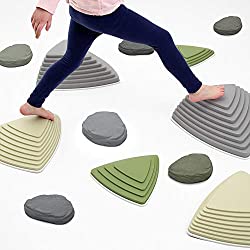
For balance, these stepping stones or this balance beam are portable and dependable. You can arrange the pieces to create developmentally appropriate challenges or even create an obstacle course of sorts. Encourage the child to arrange these materials on their own to create the activities that they think are interesting and appropriate for themselves. Using plastic stones and beams with a non-slip coating will be a lot safer for children who are still struggling with balance.
Bicycles, balls, and jump ropes are great ways to encourage creative movement beyond the classic run, jump, and skip. Providing your child with alternate ways to get their energy out and practice their movement can help encourage them to experiment more and grow stronger.
Sensory Play
Nearly everything you find in nature can be used as part of a sensory activity. All the different textures, colors, smells, and sounds are incredibly stimulating. With mindfulness, even just stepping outside could be considered a sensory activity. You can feel the wind, smell the rain, and listen to the birds. Providing an exploration kit with various tools can encourage your child to seek out these sensory opportunities.
Kids seem to love getting messy. Dirt and mud will not only make a kid happy, but it will also aid in their cognitive development. The gardening set is perfect for digging, scooping, and pouring anything they find outside. Another great way for kids to play dirty is with a mud kitchen. Mud kitchens allow kids to “cook” with dirt, sticks, and stones. This is a great way to simultaneously encourage imaginative play and sensory play.
An easy way to switch between various sensory activities is by using a sensory table. Sensory tables are great for indoor or outdoor activities. Honestly, sensory tables are great to do outside whenever possible to help minimize mess and clean up. Dirt, sand, shells, pinecones, rocks, sticks, acorns, leaves, and so much more could be incorporated into a sensory bin.
If you are struggling with ideas of what to put in your next sensory bin activity, take some inspiration from nature. You can include materials straight from your backyard or make a bin that is themed around a certain season or outdoor location. The beach or snow could both make great themes for a sensory bin.
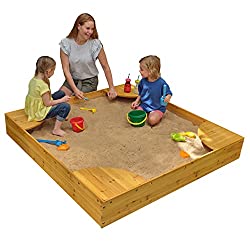
Wooden Sandbox with Corner Seating on Amazon
If you don’t like the idea of your kids playing in the mud or dirt, or if you want to provide more options, a sandbox is a great place for controlled digging, scooping, and pouring. It also provides a new texture and building material for kids that are looking for a change.
Seasons and Weather Exploration
Mother nature creates her own “toy rotation” with the changes of seasons and weather. It is common practice for parents and Montessori teachers to rotate toys and activities in and out of availability to help maintain interest and keep choices manageable. You don’t ever have to worry about planning rotation for outdoor activities (assuming you live somewhere with multiple seasons and weather conditions).
The four seasons will create slow and gradual changes that continuously introduce new experiences and opportunities. Outdoor play can also change on a day-to-day basis with different weather conditions. You aren’t limited to only playing in sun or shade; you can also take children outside to play in rain and snow for an exciting new experience. Excepting dangerous conditions, of course, there isn’t any “bad” weather for outdoor Montessori play. You just need to make sure that the kids have the proper clothing and gear for whatever is going on outside.
Children can rotate through collecting things like stones, leaves, acorns, seashells, pine cones, and more. Build snowmen in the winter, and make sure to include lots of water play in the heat of the summer. Kids will be fascinated by all the new things they can find and experience and the changes are awesome for their cognitive development.
They can start to gain an understanding of the progression of the seasons, and older kids can learn the science behind weather changes.
Opportunities to Create
Stepping outside opens the door to limitless creativity. Kids can create art, music, treasure hunts, and more. Encouraging your child to create will help them connect with nature in new and exciting ways. This is great for their cognitive development as they explore possibilities and aids in their independence and confidence. Creativity is super important to the Montessori philosophy. Giving a child space to create freely is incredible for their cognitive development.
Nature can be a great inspiration for artwork. Using colorful leaves and flowers is a great way to change up your kid’s art supplies. They can make all sorts of collages and patterns with natural materials, or even combine them with traditional art supplies as well.
You can make interesting things to look at, and you can also make interesting things to listen to. Help your kids experiment with sound by creating a space where you can hang up bells, old pots and pans, PVC pipes, and any other interesting materials. Kids can use sticks and hands to discover new sounds.
Getting creative with nature goes way beyond pictures. Kids can also create huts, obstacle courses, or treasure hunts. These are great ways for your child to practice independent creativity, and they are also perfect for group play. Teamwork through a treasure hunt or coaching each other through an obstacle course are great activities for social, physical, and mental development.
Explore and Play in Nature
Toddlers are just starting to learn about their world. Outdoor activities for 1-year-olds allow them to explore, learn, and play in nature. These activities help toddlers develop skills in every learning domain. Outdoor play is a full-sensory experience that helps build a love of nature early on. This blog post will share excellent, inspirational outdoor activities for 1-year-olds.
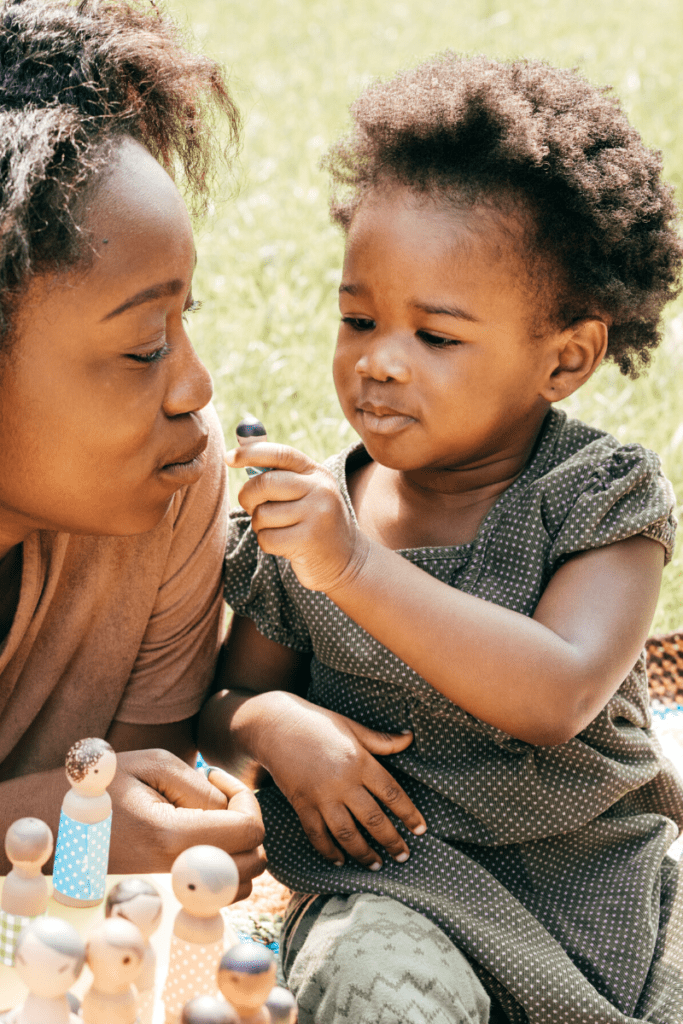
Table of Contents
How Do I Entertain My 1-Year-Old Outside?
I talked about this topic in my very first post on this blog (cringing at myself but also proud that I made that first entry). Unlike older toddlers, 1-year-olds are better entertained by open-ended activities that give them to chance to explore engaging objects or test their own skills.
Extra support from adults helps build up your toddler’s confidence and motivation to keep exploring outside. These outdoor activities support the developmental stage of play that 1-year-olds are in. But they still encourage caregiver participation.
What Kind Of Activities Can You Do With A 1-Year-Old?
1-year-old toddlers relish active, sensory-rich activities. They are also naturally curious and want to better understand the world.
Outdoor activities offer toddlers the perfect balance of wonder, action, and sensory stimulation.
How Long Should A 1-Year-Old Spend Outside?
There is no set amount of time that a 1-year-old should spend outside. Outdoor activities for toddlers can happen throughout the day, as long as there is supervision and appropriate weather. And I use the term “appropriate” to describe almost all weather. Extra layers or shorter chunks of playtime can make nearly any weather worth enjoying.
In general, it’s more critical for 1-year-olds to get plenty of physical activity. Outdoor play is a great way to help toddlers meet their daily activity needs.
When Is The Best Time Of Day To Take A One-Year-Old Outside?
As you’ll find in this activity, I believe outdoor play for a 1-year-old can be pretty flexible.
The best time of day to take a 1-year-old outside depends on the weather and the child’s schedule. For hot days, aim for mornings or closer to the end of the day to avoid the heat.
Mid-day may be the best time to take advantage of the warmer temperatures if it is cool out.
Planning around naps and meals is always a good idea. Toddlers thrive with consistent routines, so if possible, try to make outdoor time part of a regular schedule.
Outdoor Activities for 1-Year-Olds
Outdoor Meals
Food is still a rich sensory learning experience for 1-year-olds. Taking a snack or meal outside gives them a chance to enjoy nature while eating. Plus, the clean-up can be a lot easier, and spilled drinks aren’t a crisis.
Skills + Senses: Taste, Touch, Smell, Fine Motor, Social, Language
Treasure Hunt
This activity takes a little extra preparation. Think of this as an Easter egg hunt, but with whatever toys or curiosity-inducing objects you’d like to use. If you hide a collection of things that your toddler can collect, they will have everything they need to keep playing at the end of their treasure hunt.
Some ideas might be:
Dinosaur/animal/insect toys
Puzzle pieces
Board books
Toy cars
Action figures
Skills + Senses: Sight, Gross Motor, Cognitive
Outdoor Art
Outdoor art is a great way to encourage creativity and imagination. Outdoor space allows for messier play and larger canvases. This is perfect since 1-year-olds are still learning how to manipulate art materials. Outdoor art gives toddlers the freedom to turn an art activity into a full-body experience
Spread out a large sheet for painting (with hands or feet)
Use paintbrushes to paint walls or buildings with water
Turn driveways or porches into sidewalk chalk murals
Dip branches or pinecones into paints
Skills + Senses: Touch, Creativity, Cognitive, Fine Motor, Gross Motor
Toddler-Friendly Outdoor Toys
Each of the toys I’m sharing is developmentally appropriate for toddlers. Because 1-year-olds are still learning how to use and manipulate objects, many popular outdoor toys might be too advanced for right now. Still, caregivers should be comfortable that their 1-year-old might have some unique ideas on how to play with them.
Sidewalk chalk (wet the sidewalk first for an extra element)
Balls (large and small because they each have unique uses)
Bubbles
Small hula hoops
Push toys
Bean bags
Pinwheels
Water tables
Sandboxes
Pop-up tents (or DIY a blanket fort!)
Kiddie pool (check out my complete list of Kiddie Pool Activities)
Skills + Senses: Gross Motor, Fine Motor, Cognitive, Language
Flower Picking
Flower picking is a great activity for toddlers just starting to walk. It is also a great way to talk about characteristics like colors, shapes, and sizes.
Bringing flowers indoors adds a touch of nature to your home or classroom. These flowers can also spark conversations about the play experience your toddler had.
Alternative: Bring a jar your toddler can fill with nature objects such as stones, twigs, flowers, leaves, or nuts.
Skills + Senses: Smell, Cognitive, Fine Motor, Gross Motor
Risk-Taking Play
1-year-olds are starting to explore their world and test their limits. Outdoor activities for 1-year-olds should include some opportunity for risk-taking play. This type of play helps toddlers develop a sense of self, build confidence, and learn about cause and effect.
Some great examples of risk-taking play for 1-year-olds include climbing on playground equipment, running, climbing hills, or jumping.
Check out my post on risk-taking play for toddlers to learn more about its benefits and find more ideas.
Skills + Senses: Gross Motor, Vestibular, Proprioceptive, Emotional
Visit a Nature Park
Nature parks are rising in popularity. It’s hard to nail down exactly how to describe them because each is so different. Generally, these parks are designed to highlight the terrain and natural features of the area.
Children can learn about plants, insects, and animals. They have the chance to explore rocks, sand, water, and more.
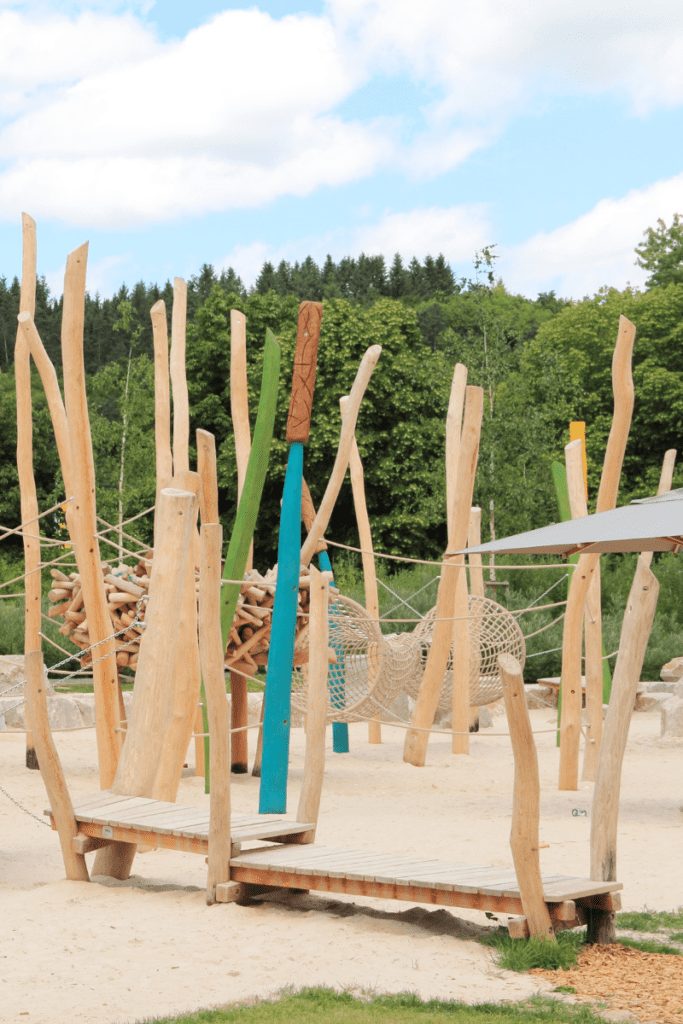
Instead of plastic and metal playground equipment, these parks encourage active play with hills, tunnels, rock climbing, small streams, bridges, etc. Some have no equipment, others have equipment made from natural materials.
Unfortunately, not every community has access to a nature park. But I highly recommend looking into what might be available in your area. This can be a great learning experience for toddlers.
Skills + Senses: Gross Motor, Vestibular, Proprioceptive
Outdoor Dramatic Play
Outdoor dramatic play is a great way to encourage imagination and creativity. This activity can be as simple as setting up a pretend picnic or tea party.
Take your toddler’s favorite dolls, toy toolset, or costumes outside. Even toy kitchens become an exciting new activity when moved outdoors.
Find more imagination games for toddlers here.
Skills + Senses: Cognitive, Creativity, Social, Emotional, Language
Reading Outside
Bring your toddler’s favorite nature story to life by taking reading outdoors. You can plan to sit and read with your toddler. Or you can lay out a cozy blanket and set their favorite books in a basket. This is a perfect invitation to rest for a bit and read during outdoor play.
Skills + Senses: Language, Literacy, Social, Emotional, Cognitive
Exploring During Early Morning or Dusk
Sunrises and sunsets are a unique part of nature that children often do not experience. The colors, shadows, unusual sounds, temperature changes, frost, fog, or slow appearance of stars are all sensory-rich experiences toddlers can engage with.
These times are the perfect opportunity to offer your toddler a flashlight to investigate the shadows.
Skills + Senses: Sight, Cognitive, Emotional
Scavenger Hunts
I don’t just mean any scavenger hunt because I have shared somewhat out-of-the-box ideas about scavenger hunts outdoors.
6 Free Nature Scavenger Hunt PDFs here (I don’t even ask for your email.)
Skills + Senses: Sight, Gross Motor, Cognitive
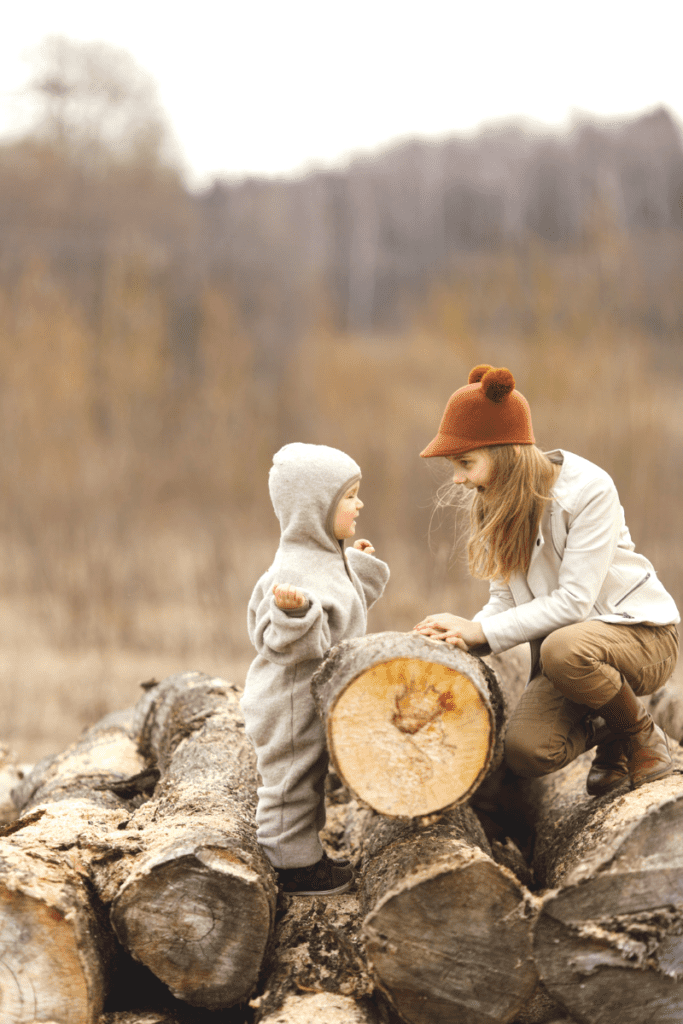
Outdoor activities for 1-year-olds are a great way to help toddlers explore, learn, and play in nature. These activities can be done throughout the day and encourage creativity, exploration, problem-solving, and physical activity.
